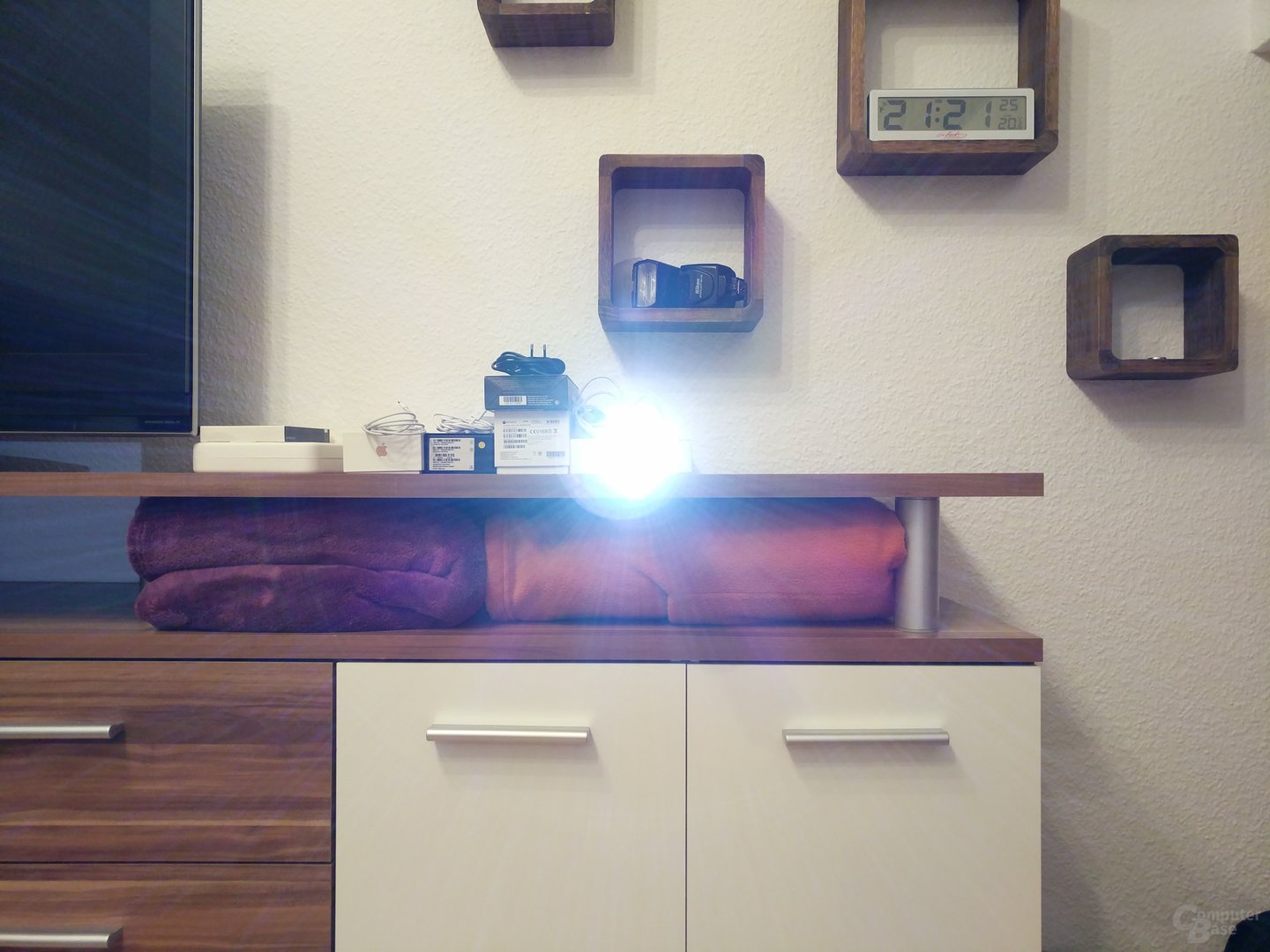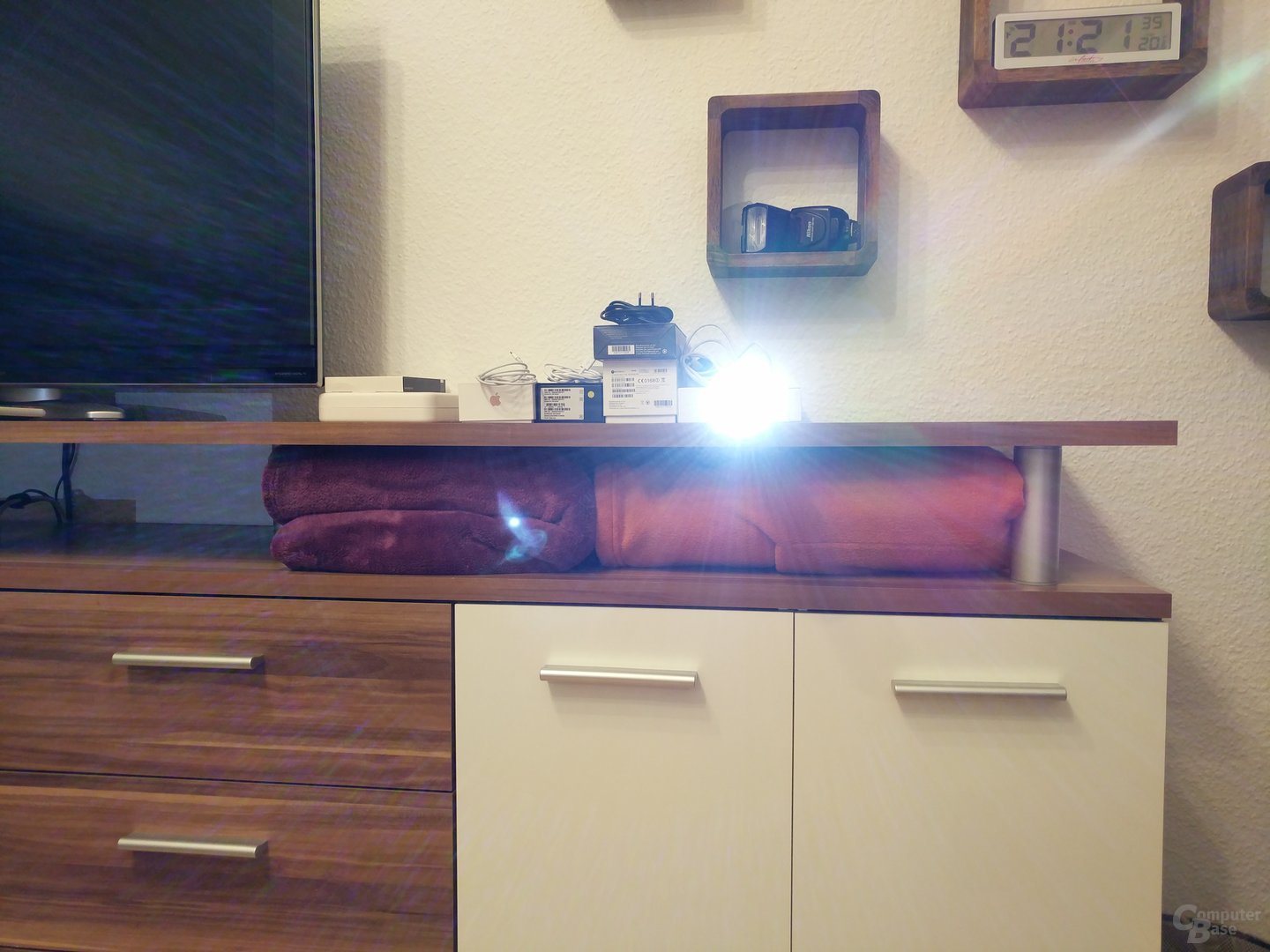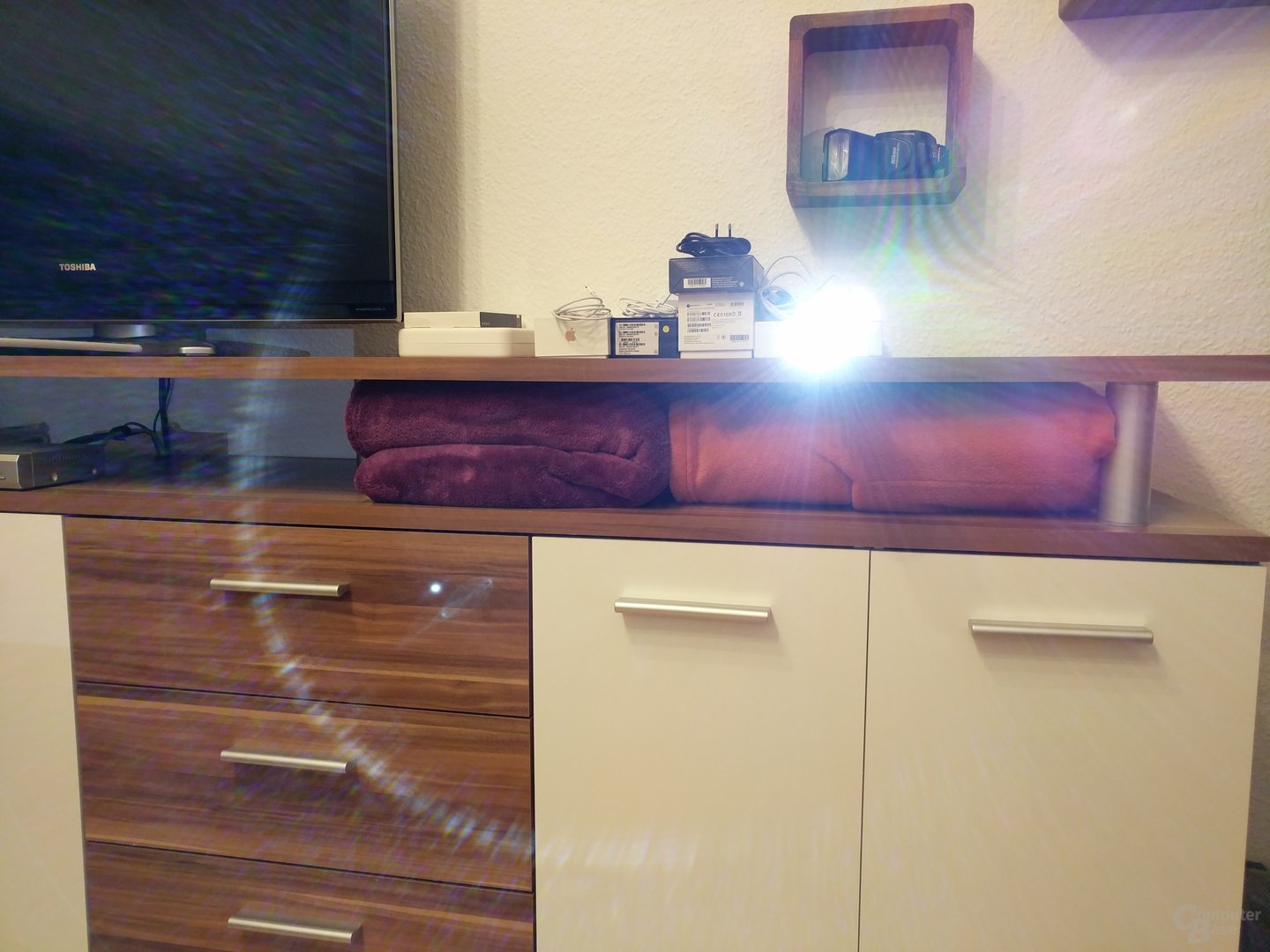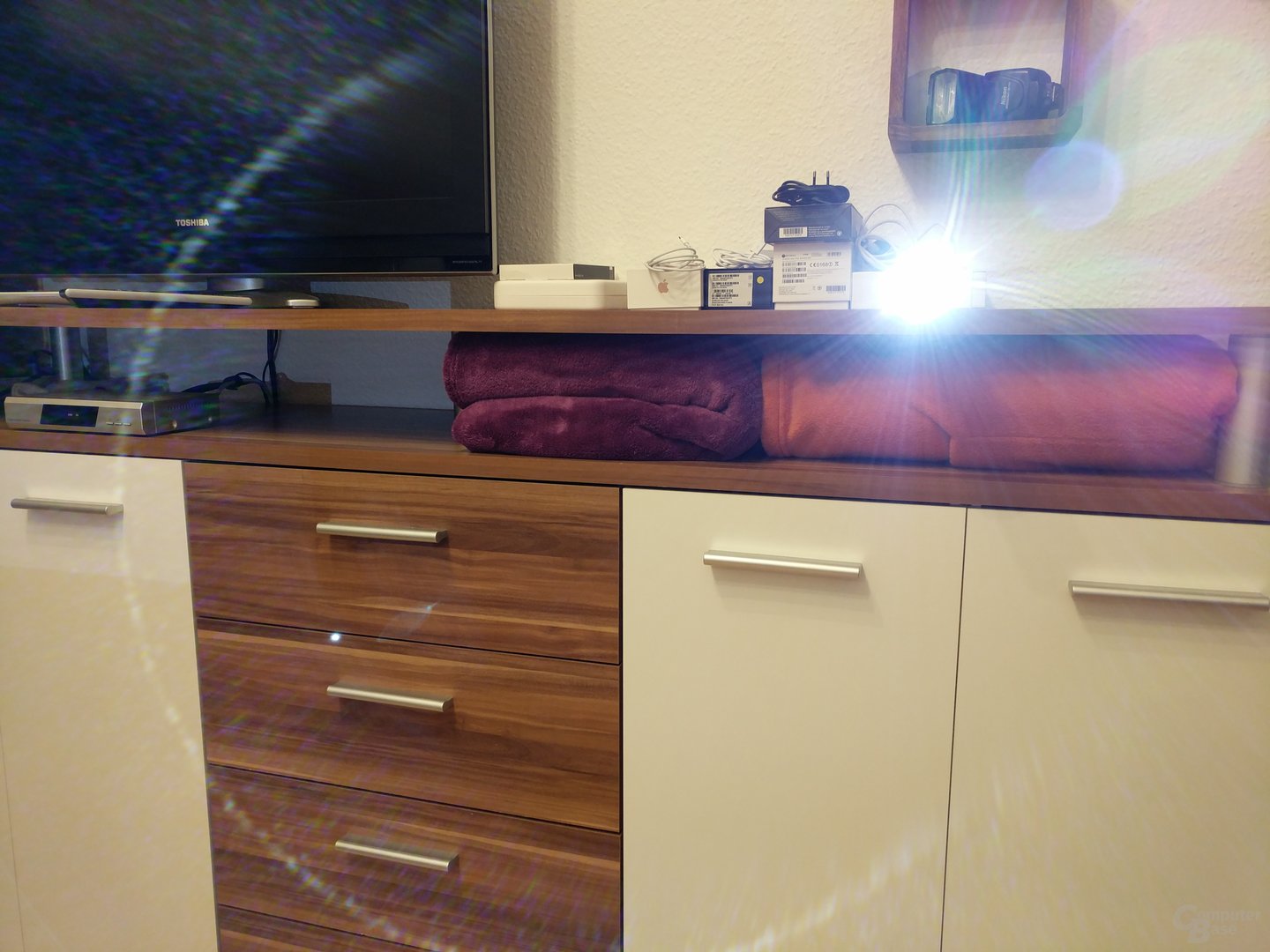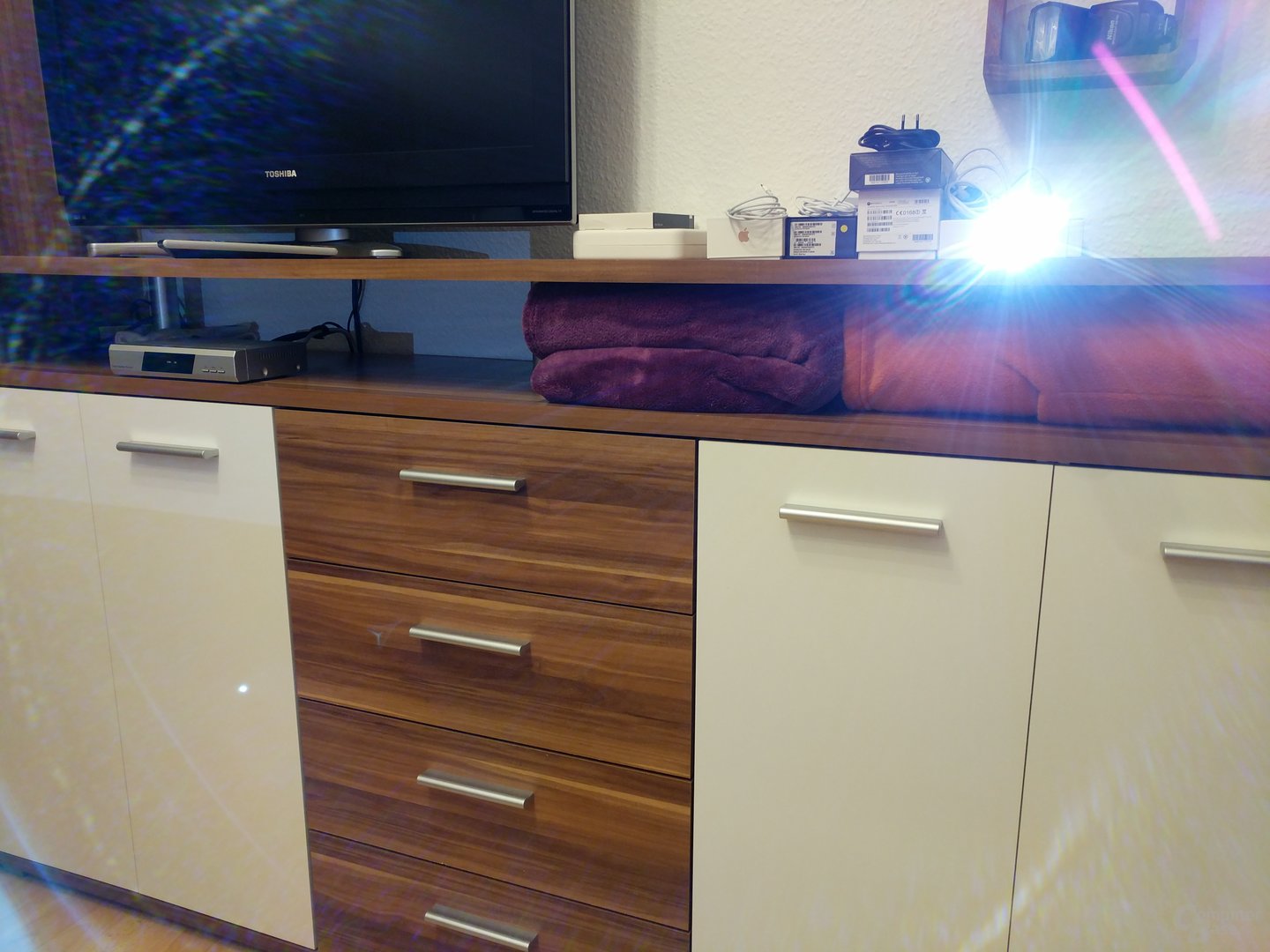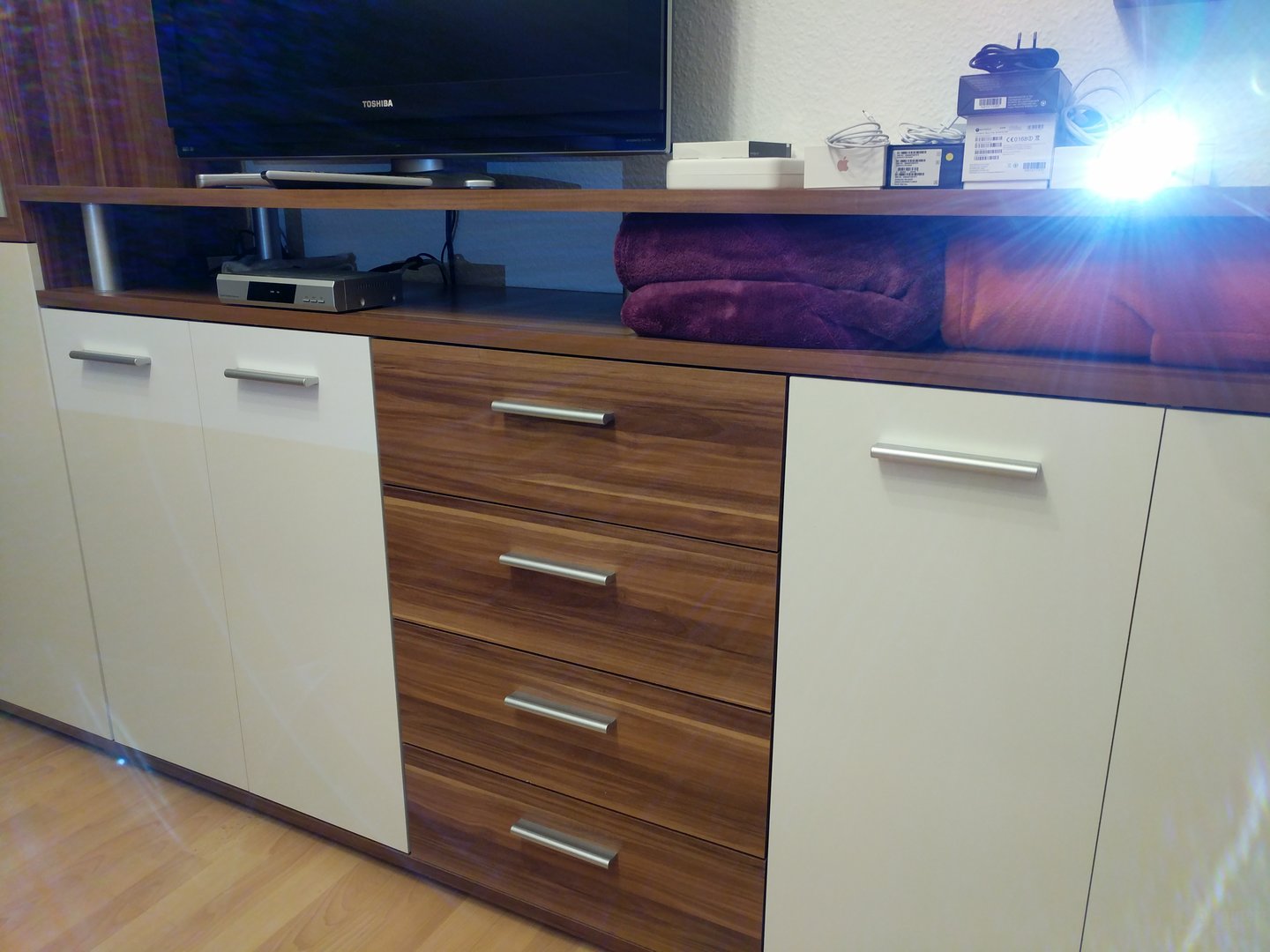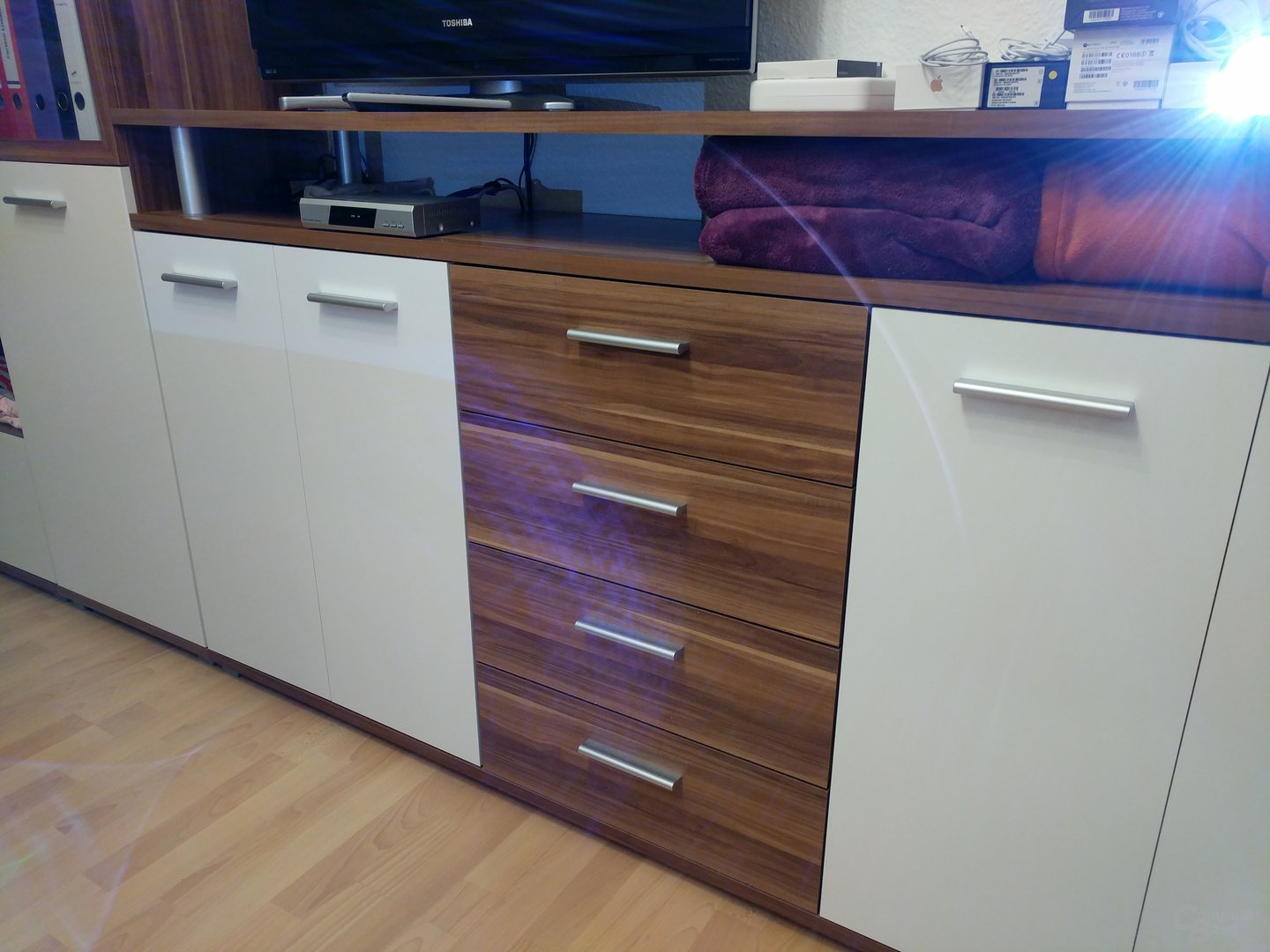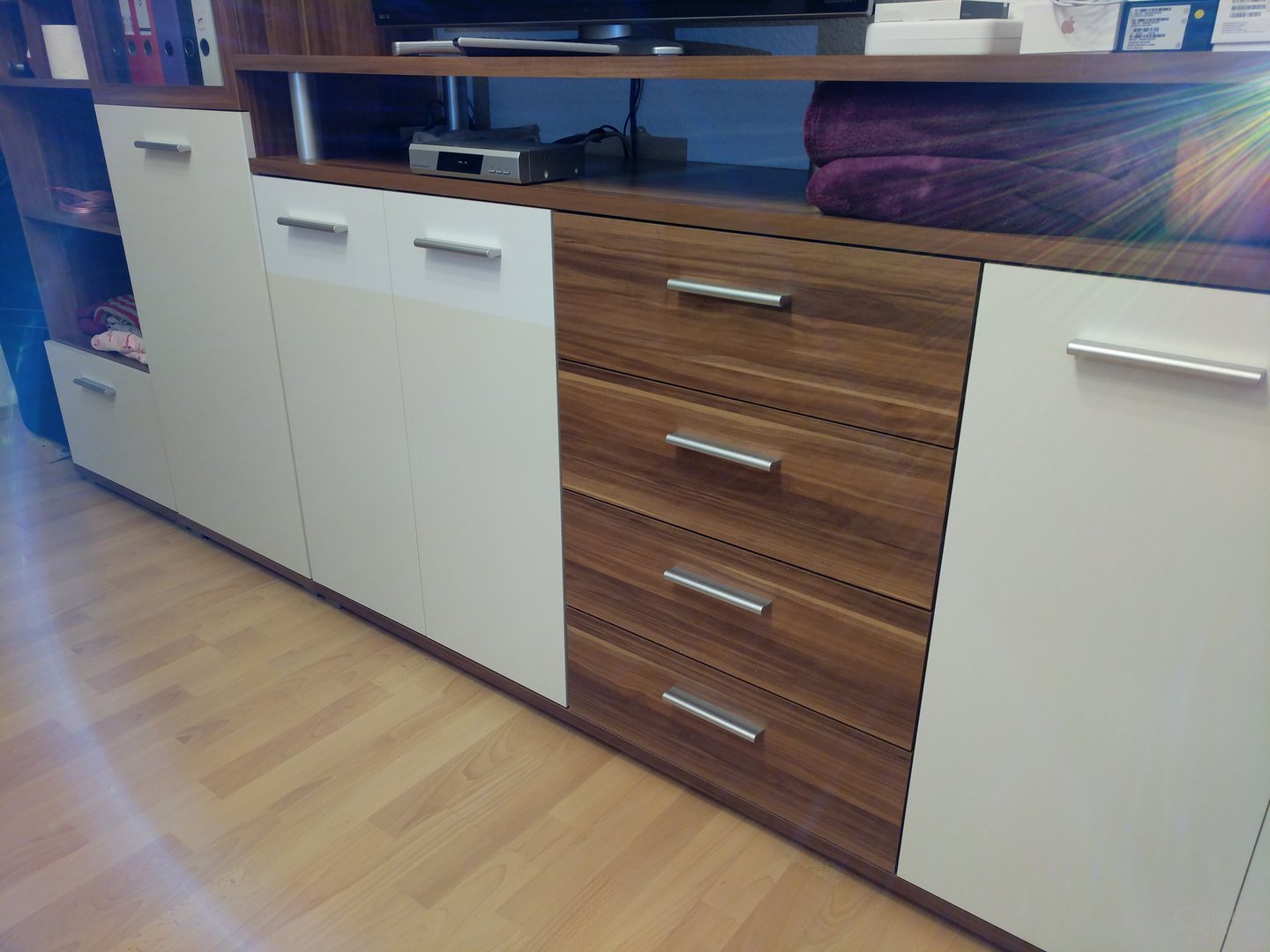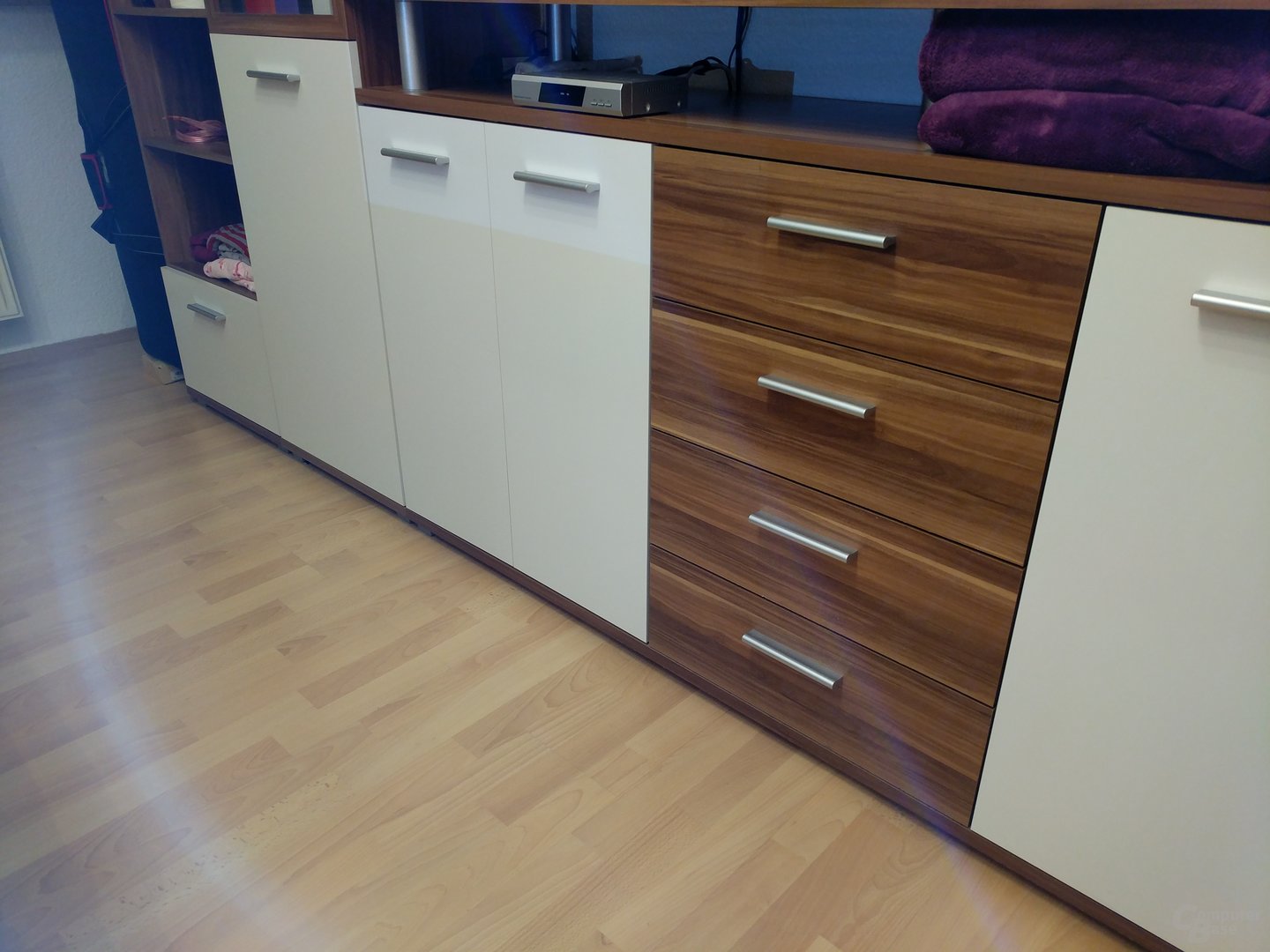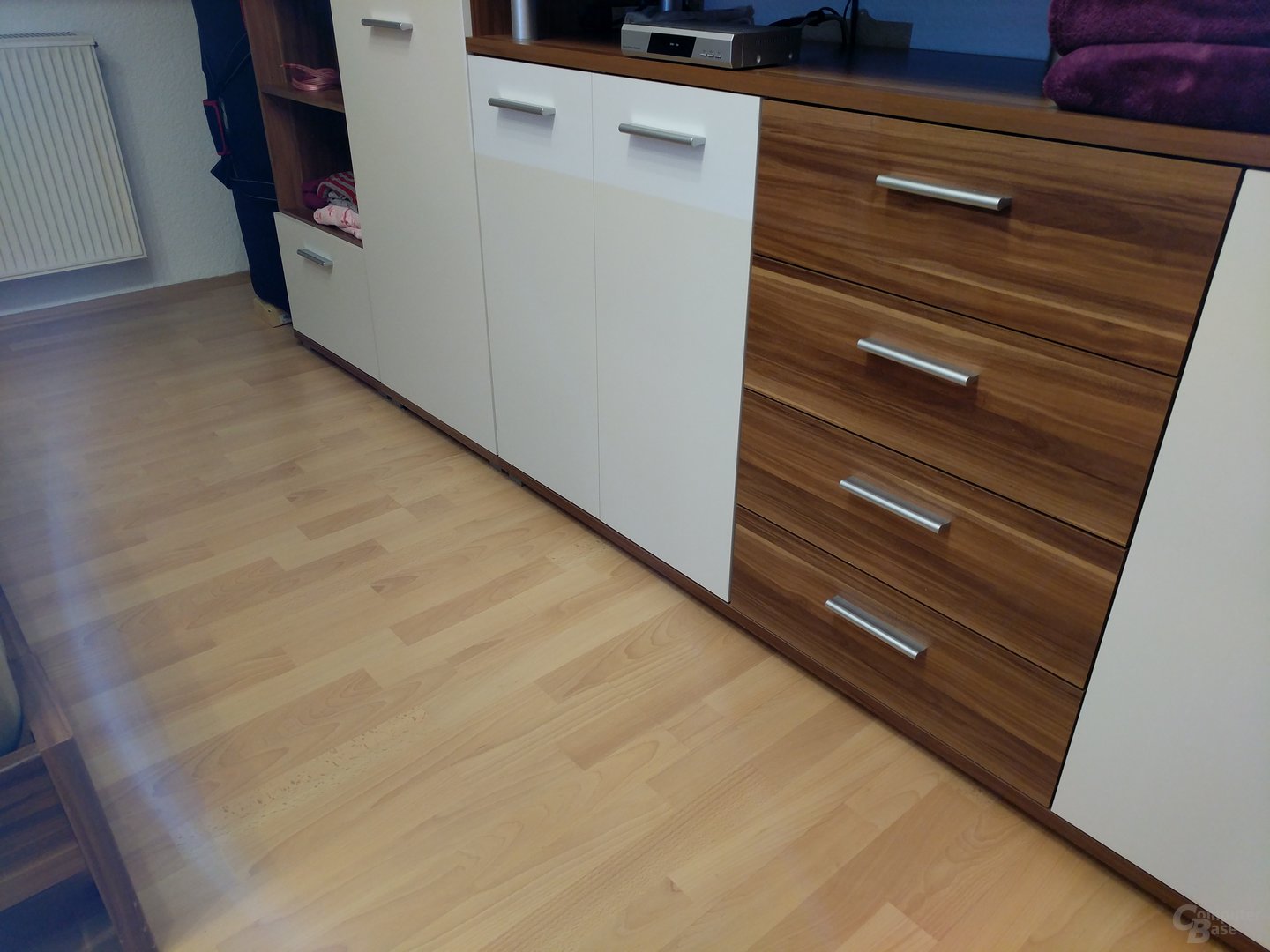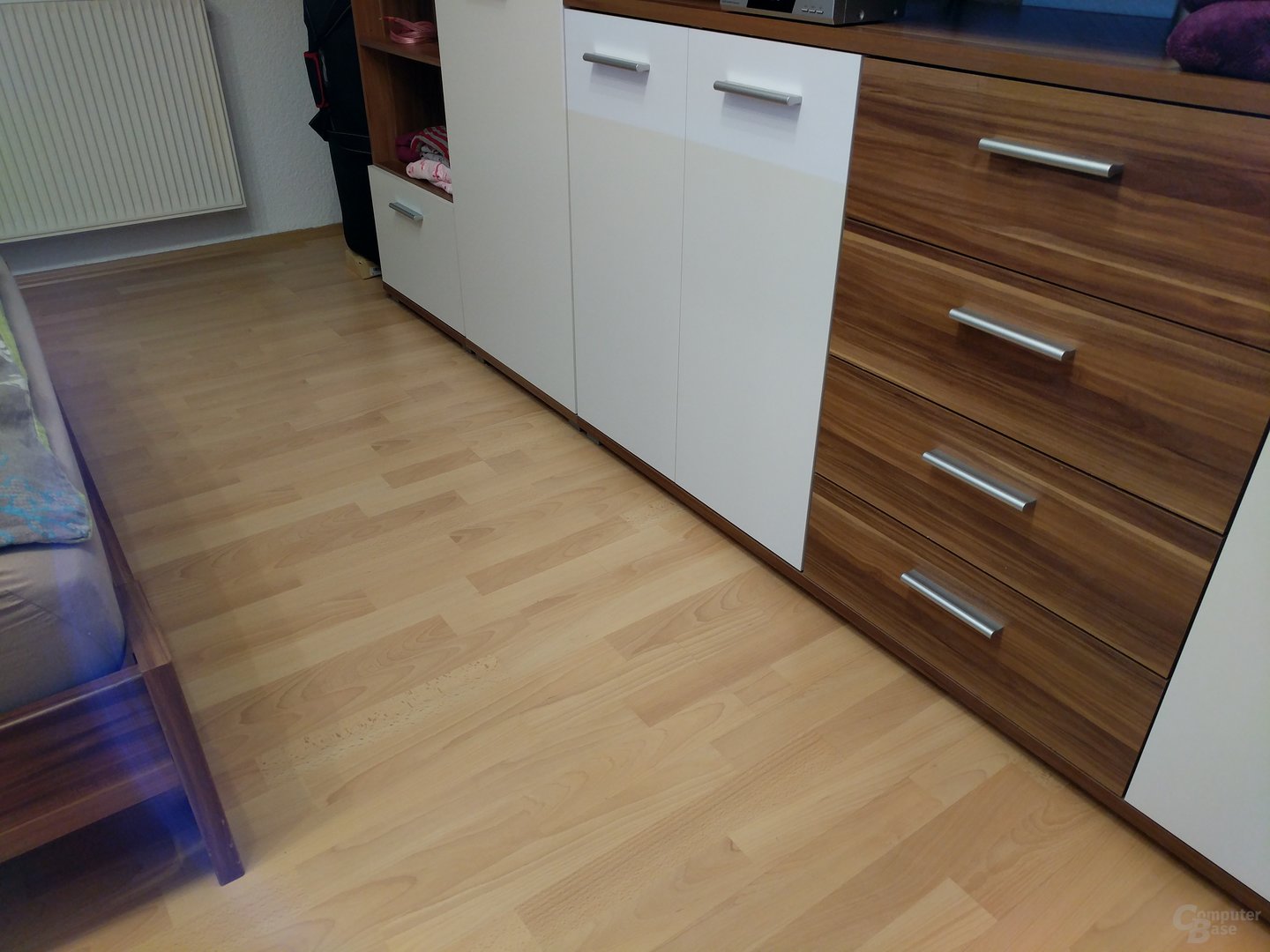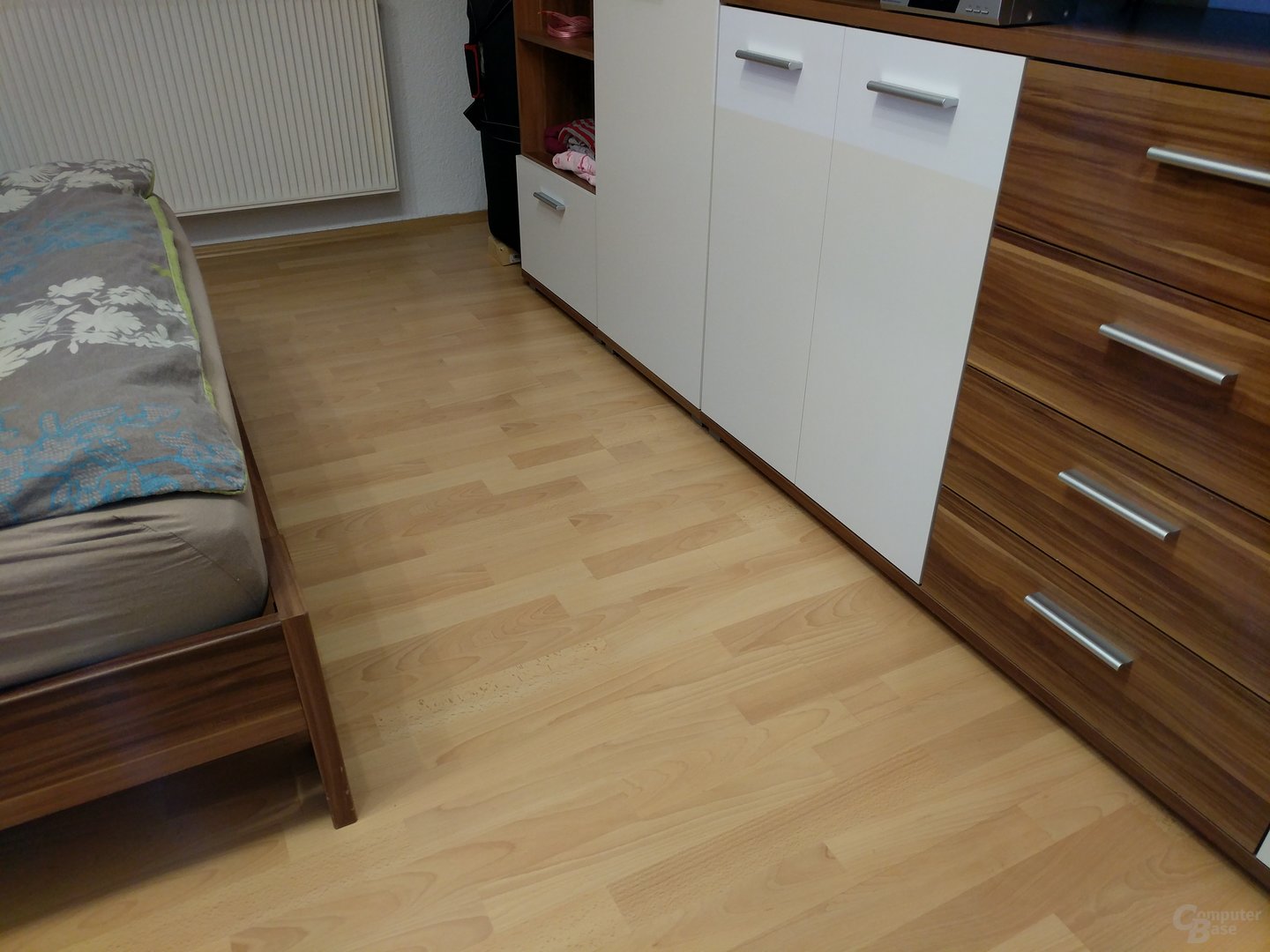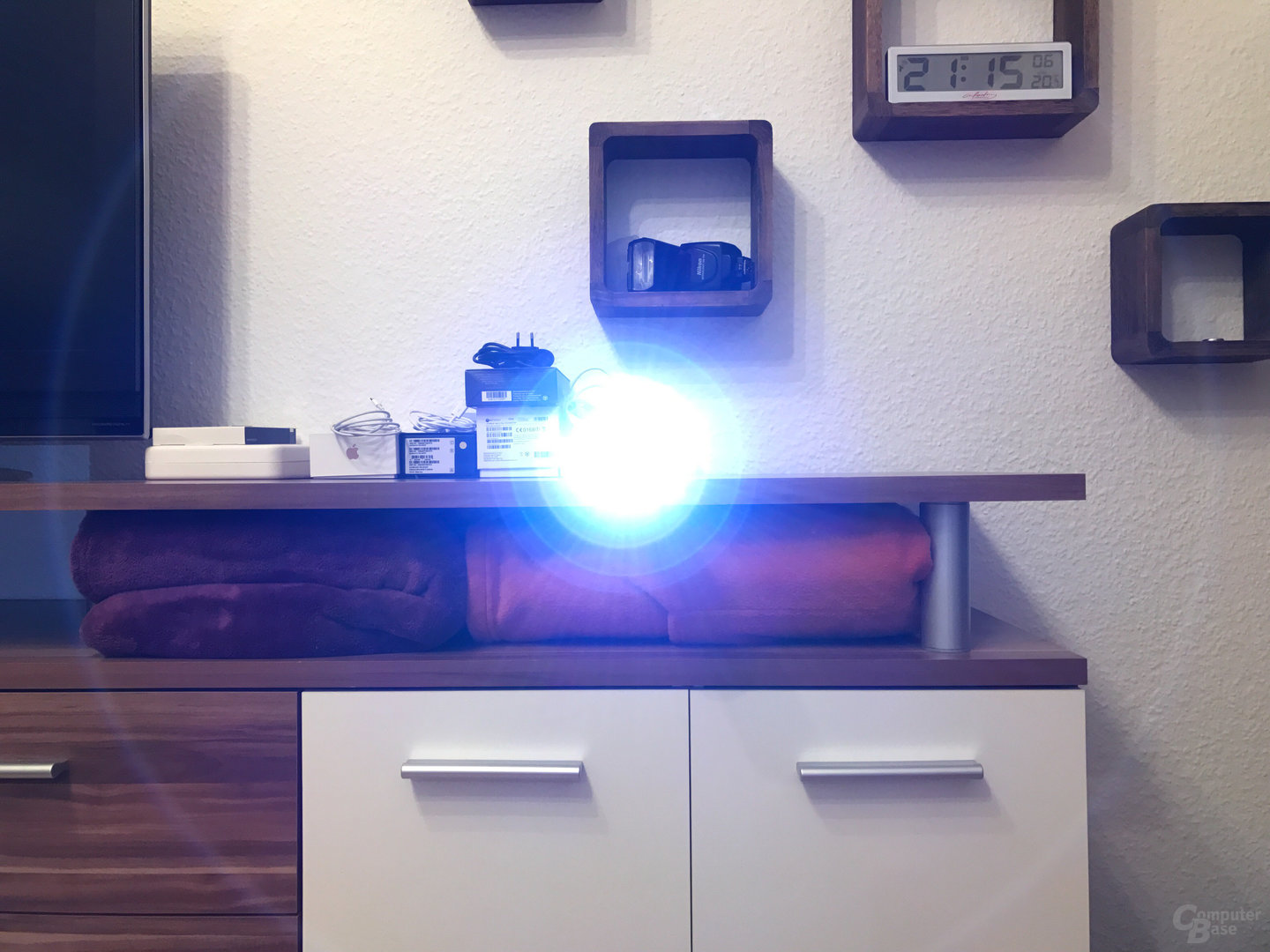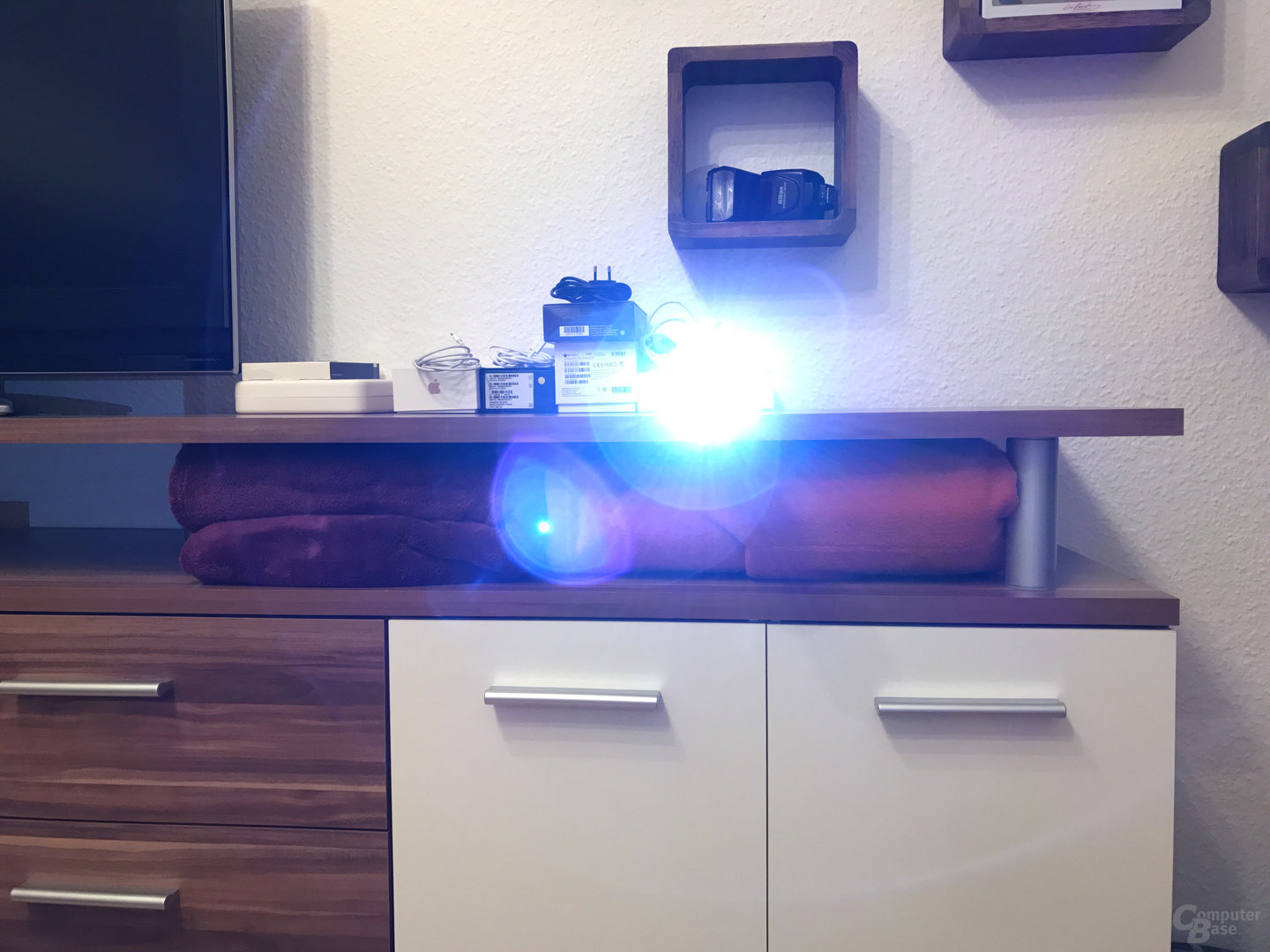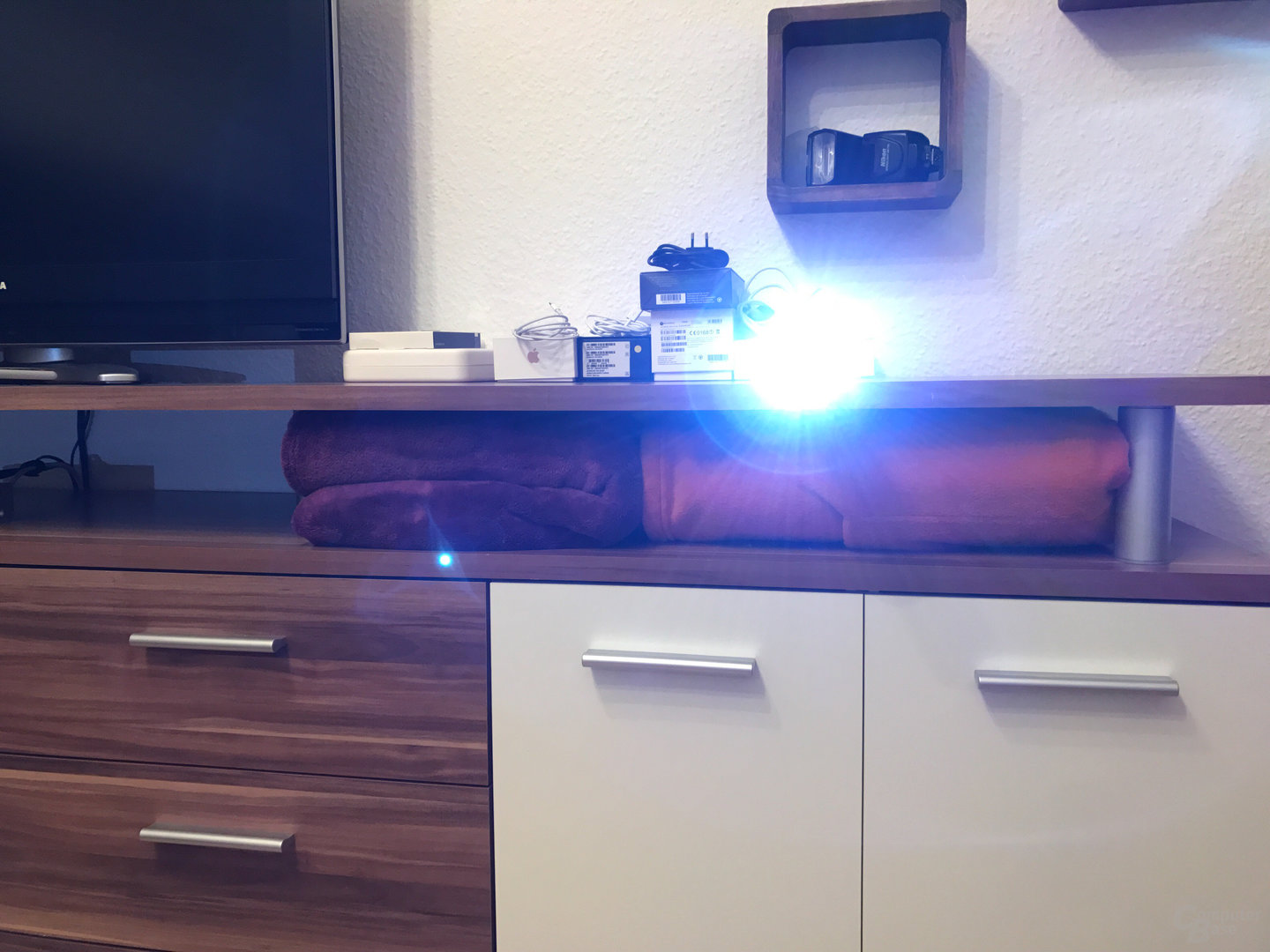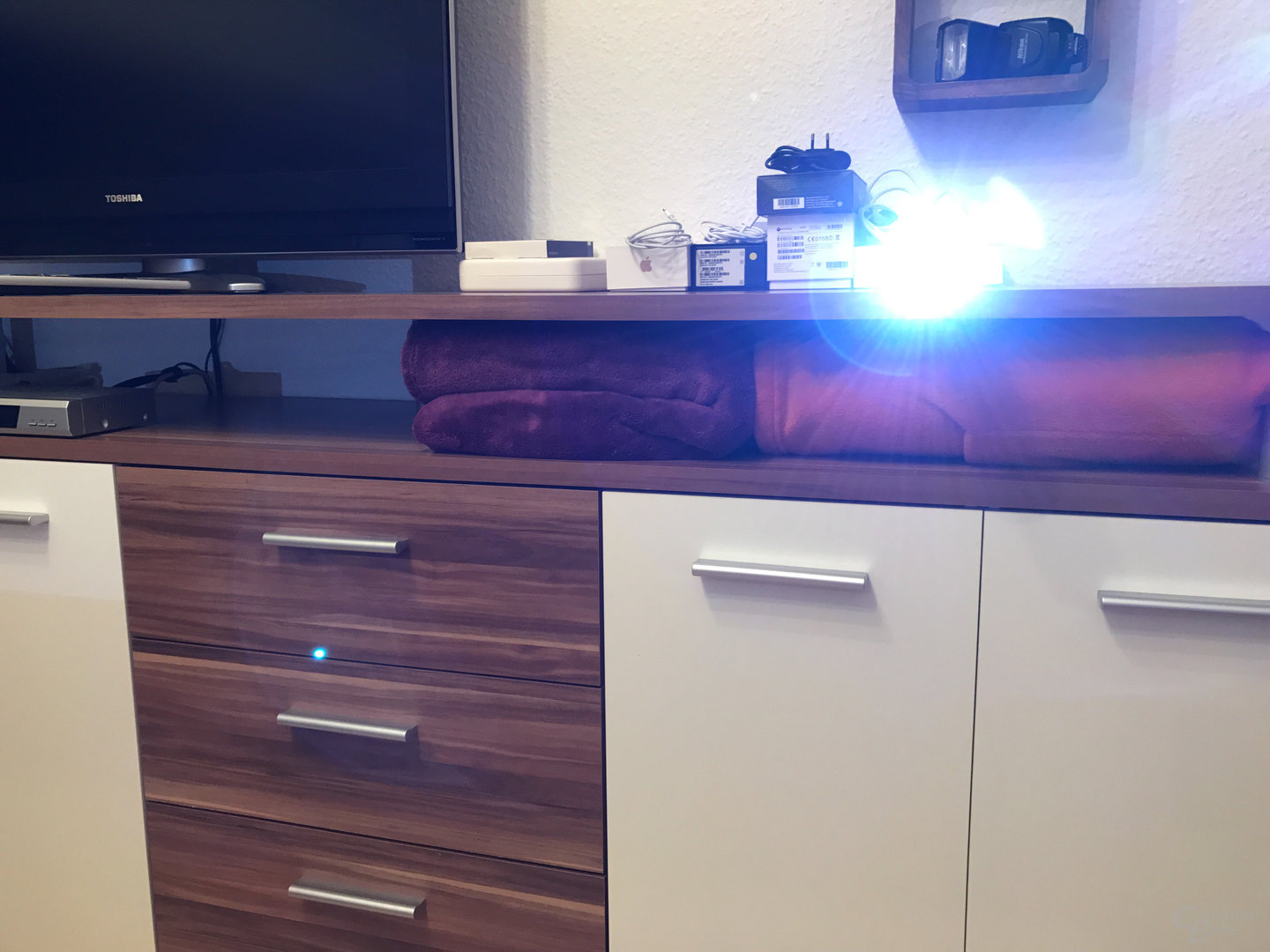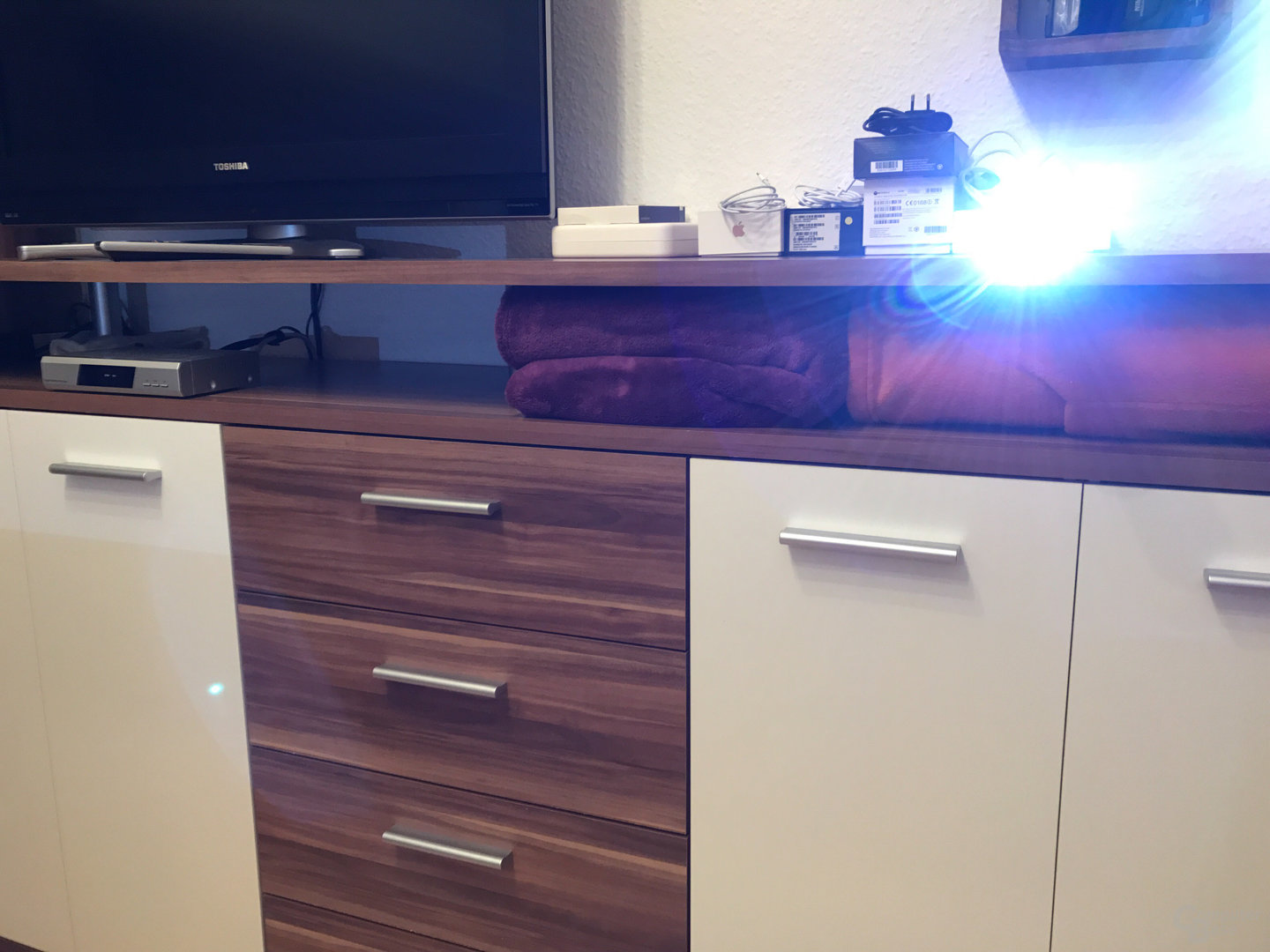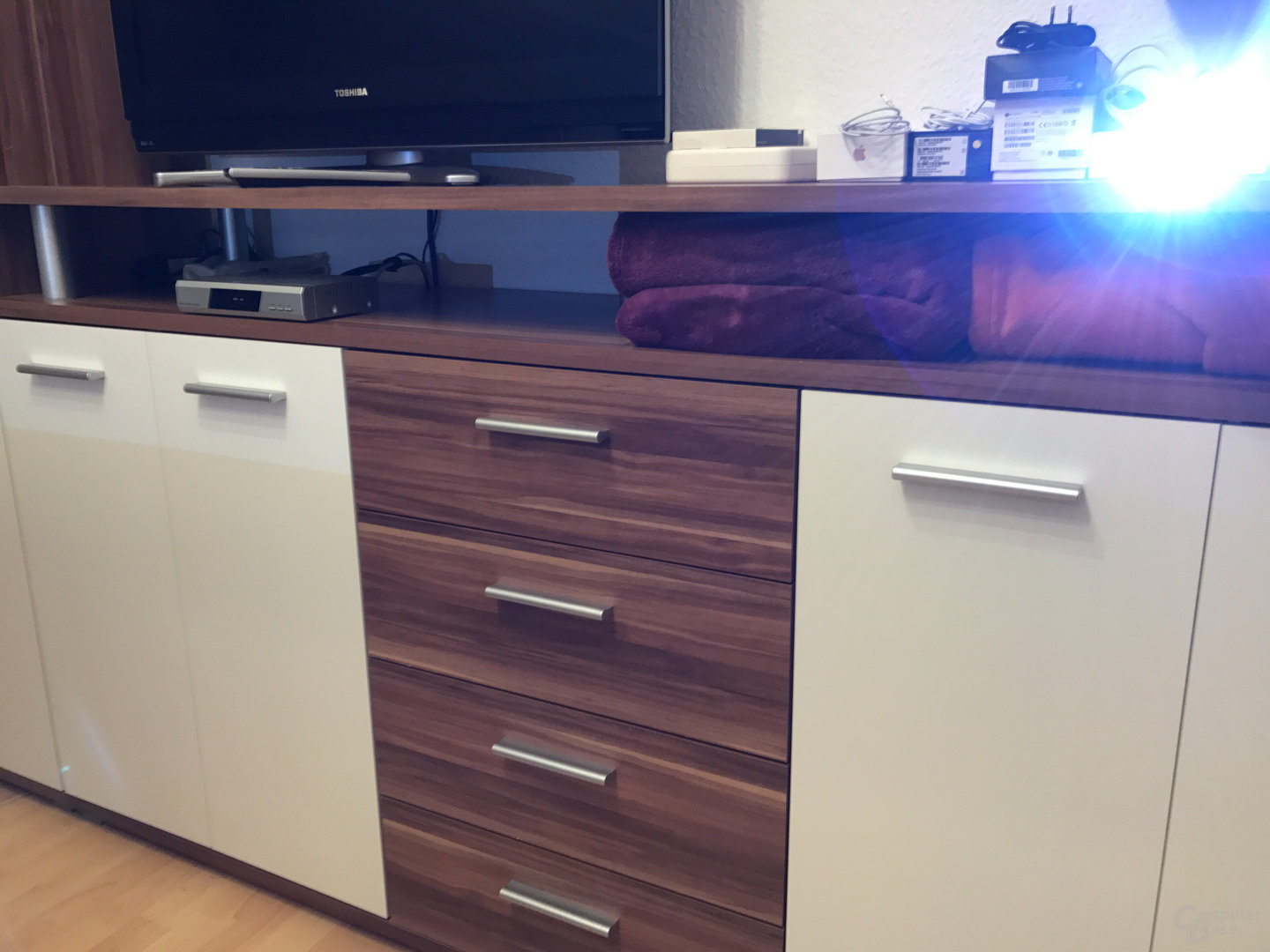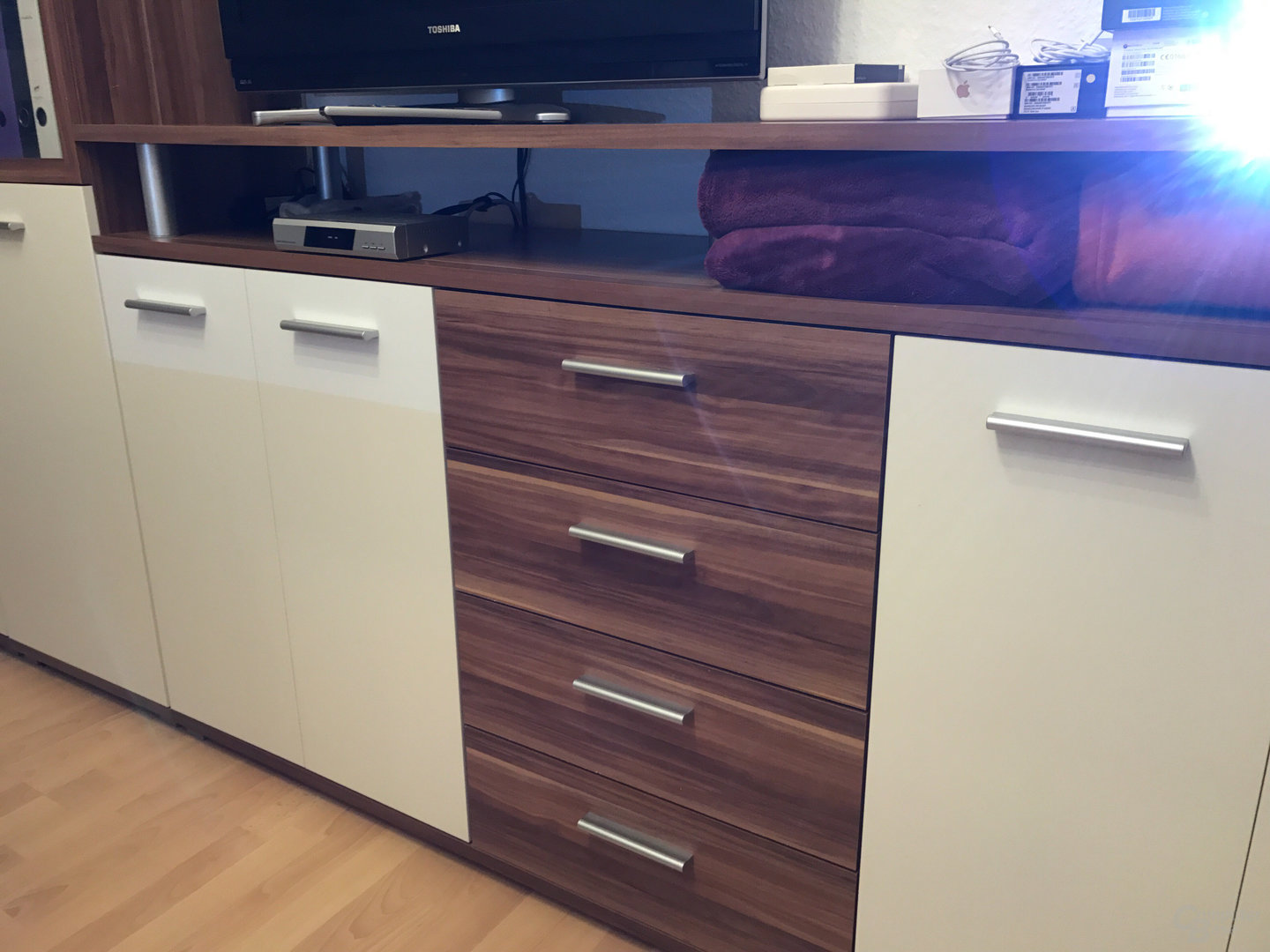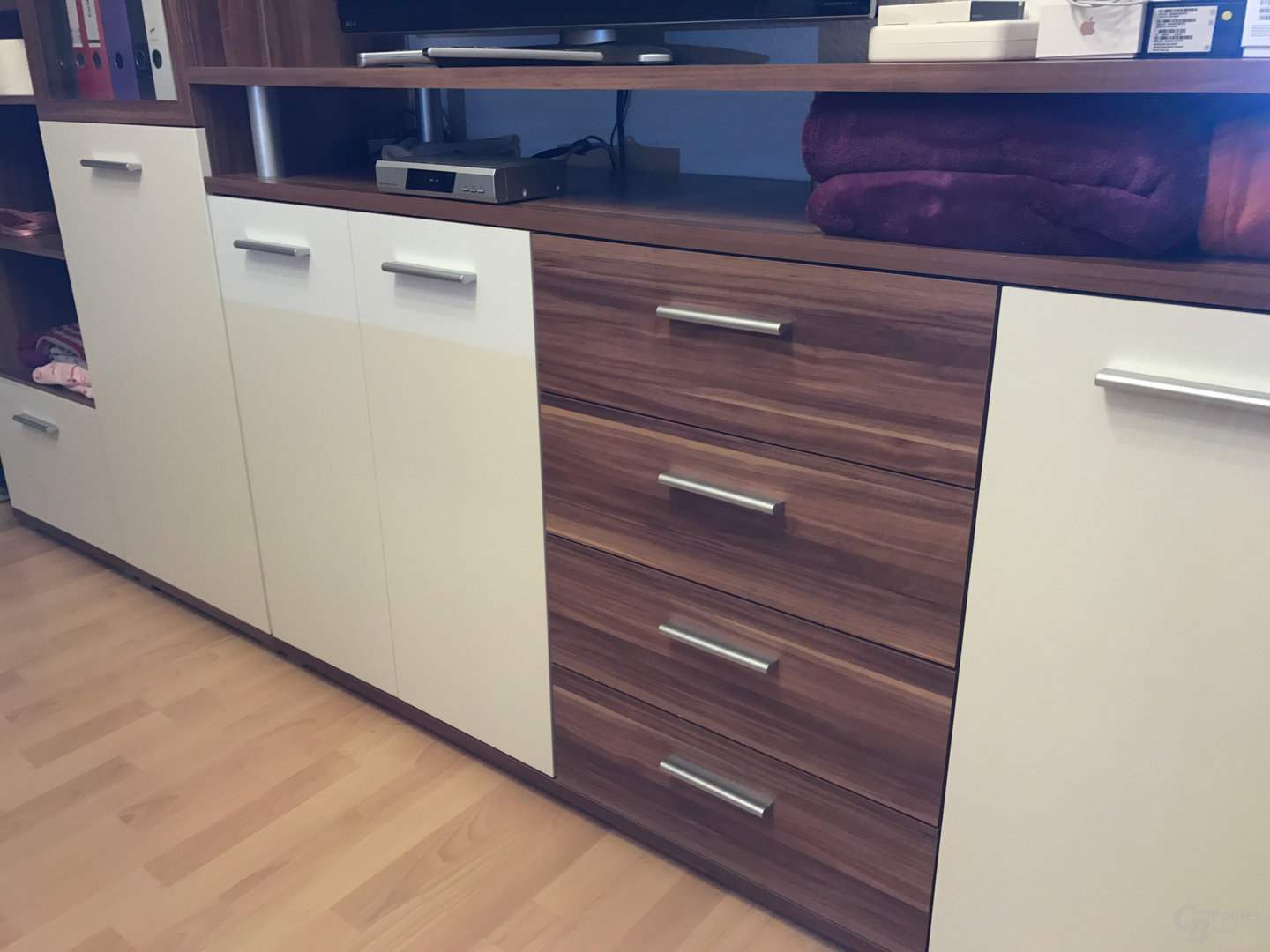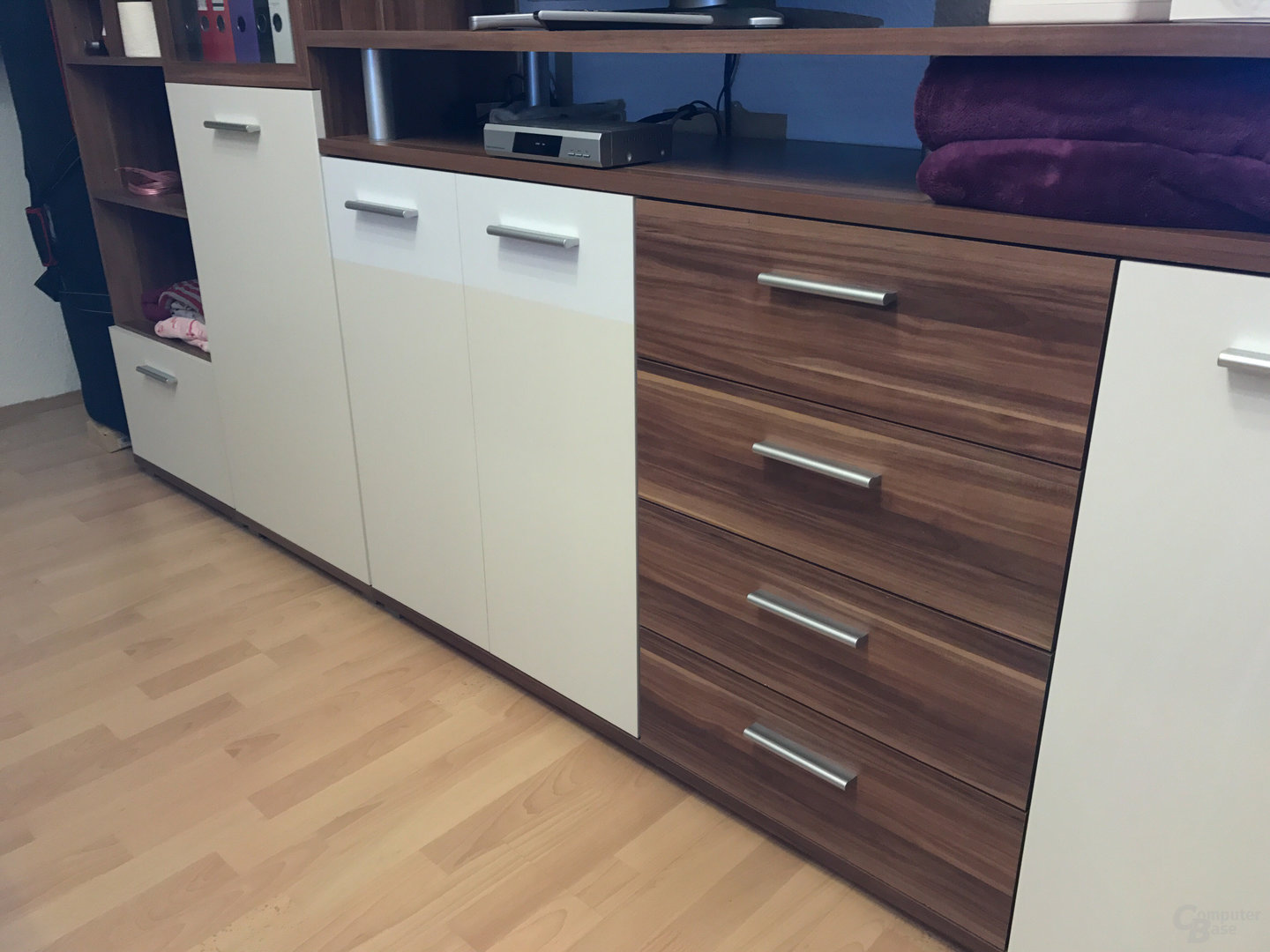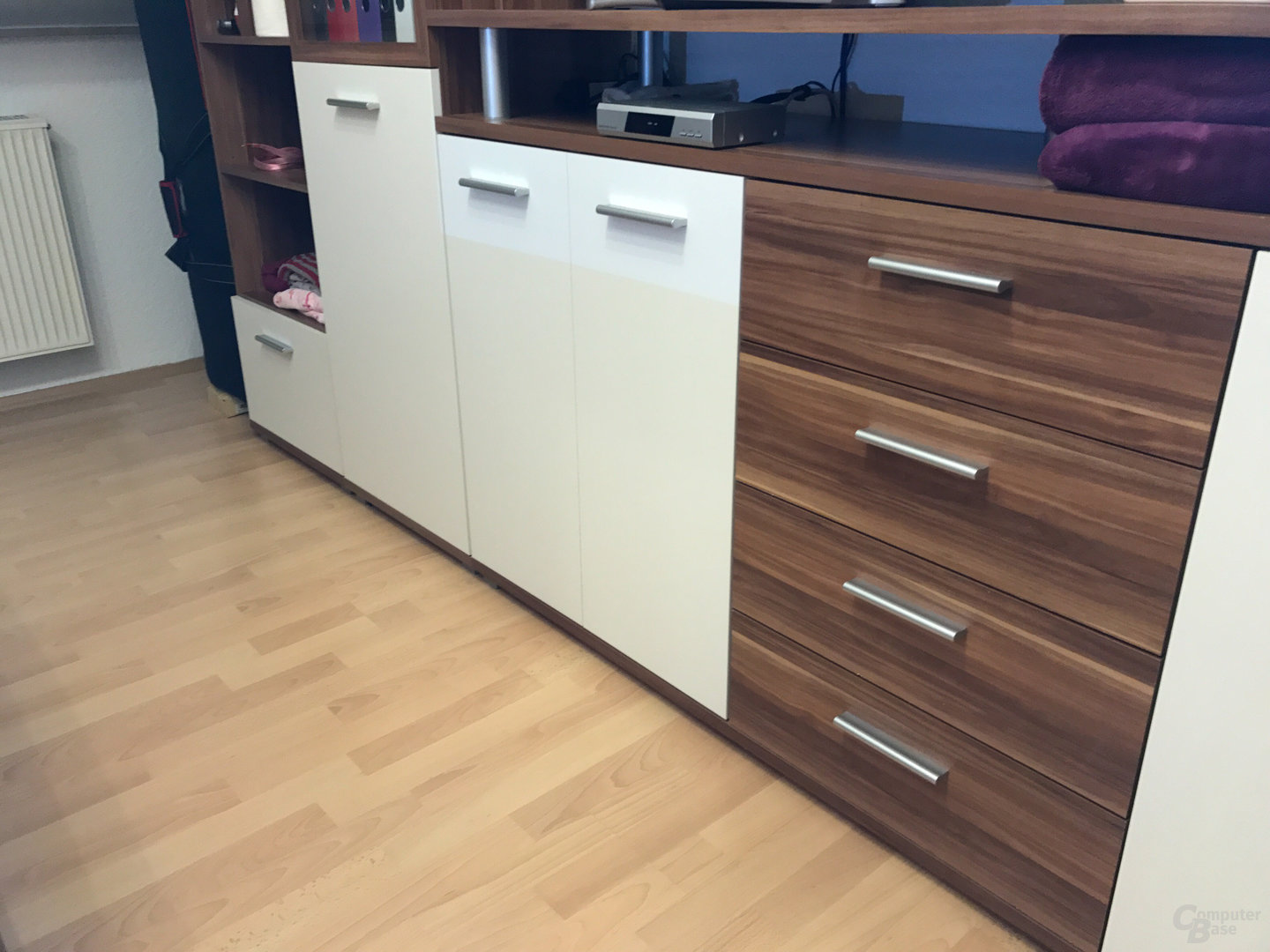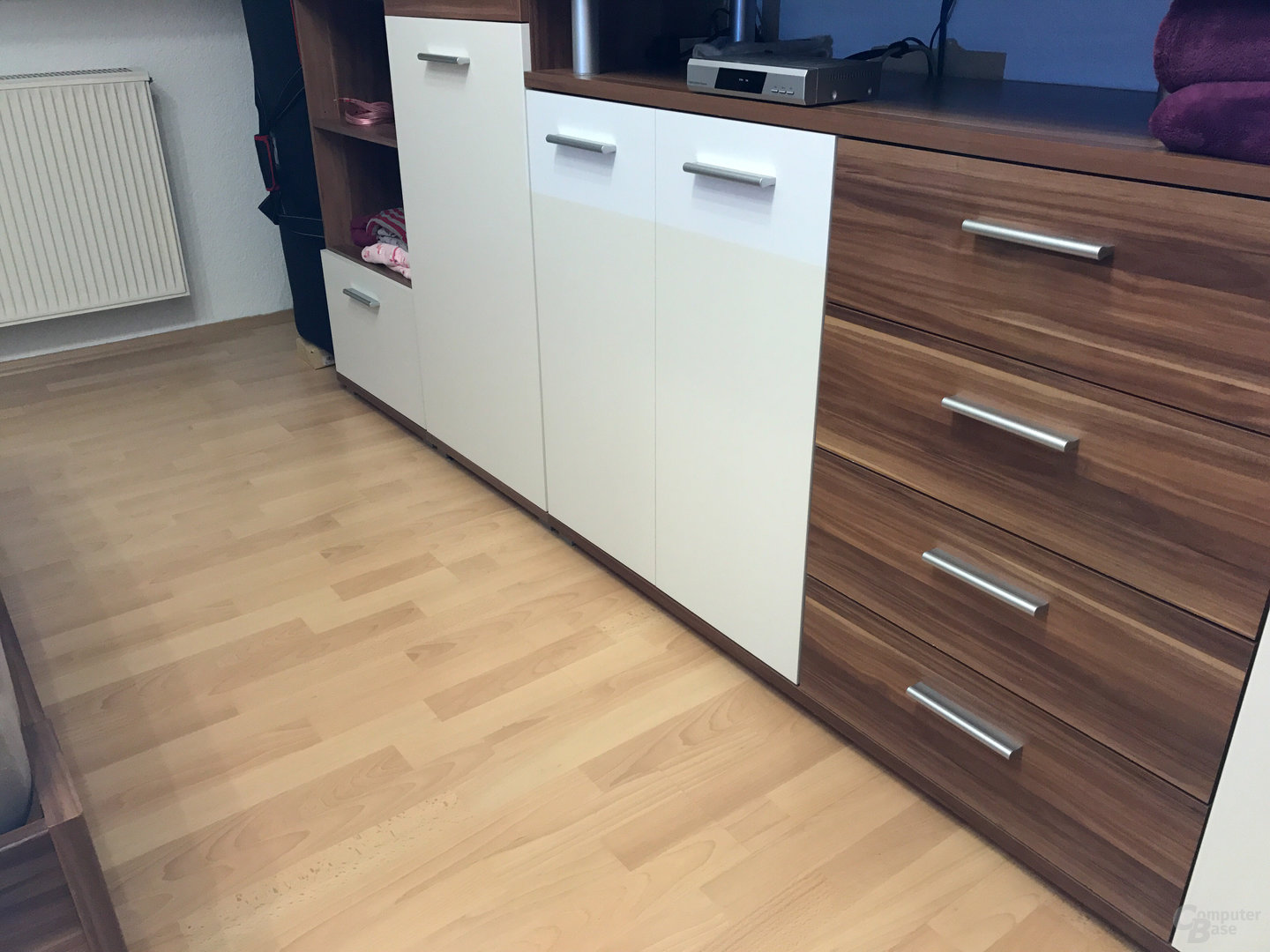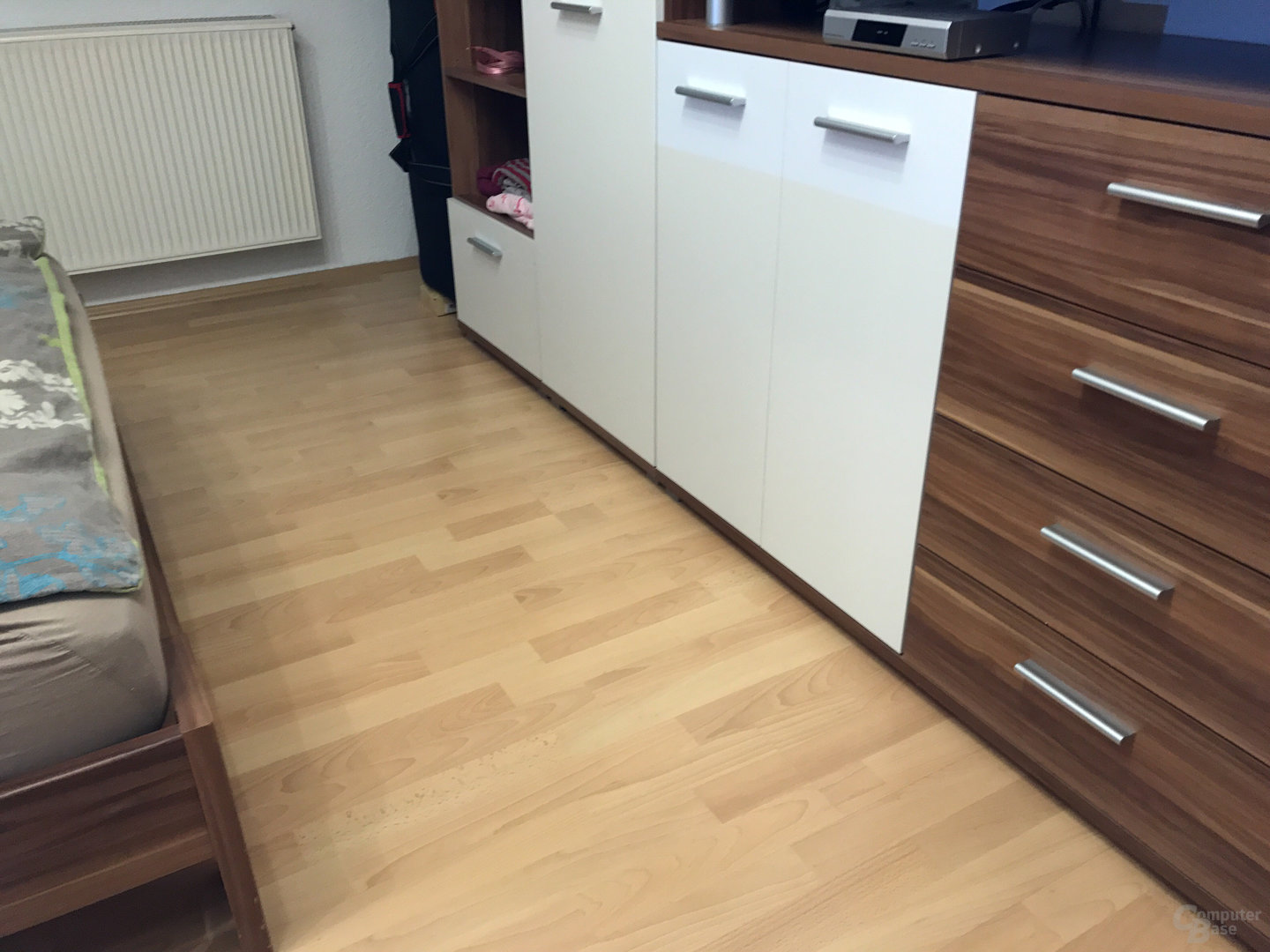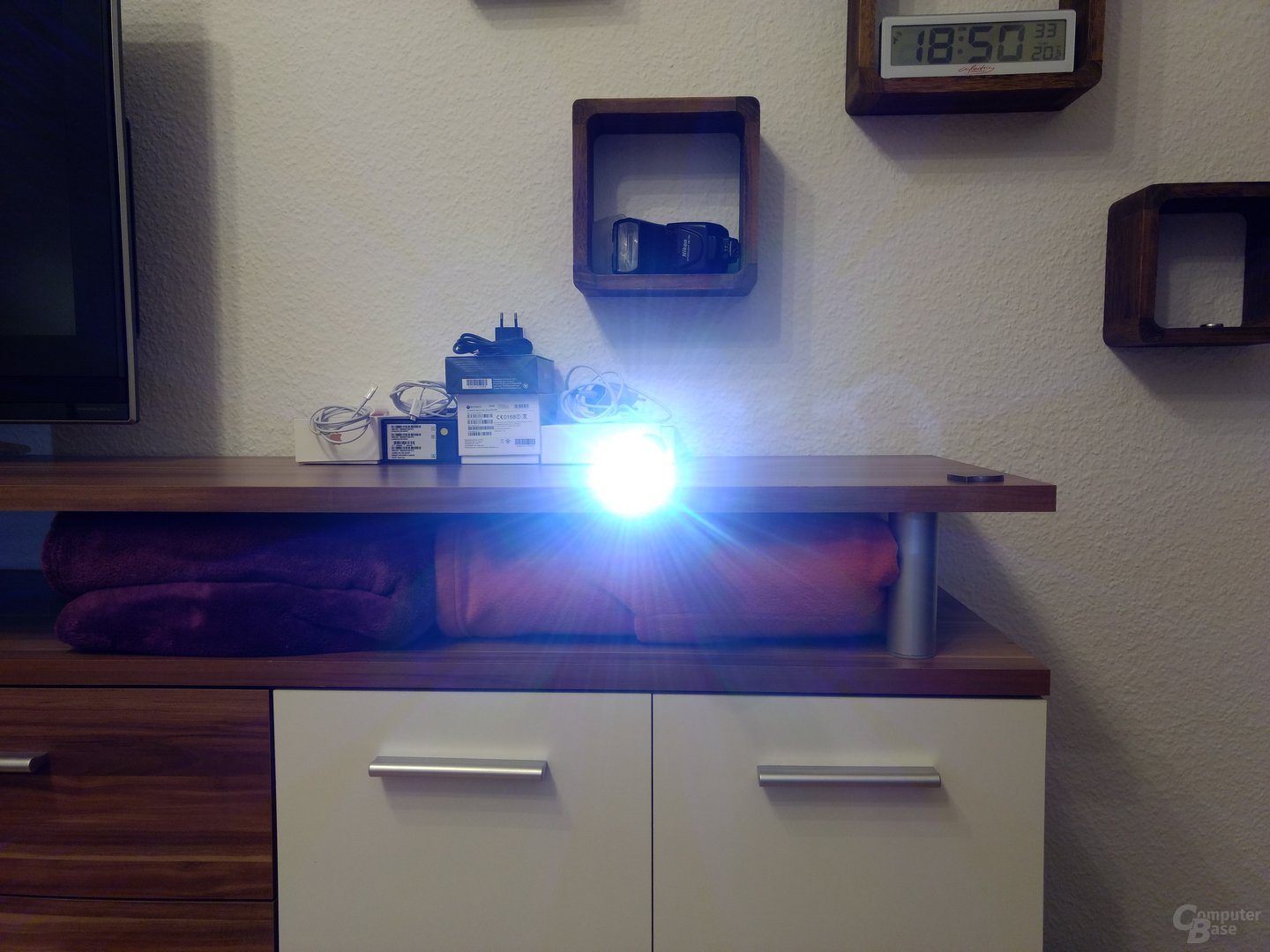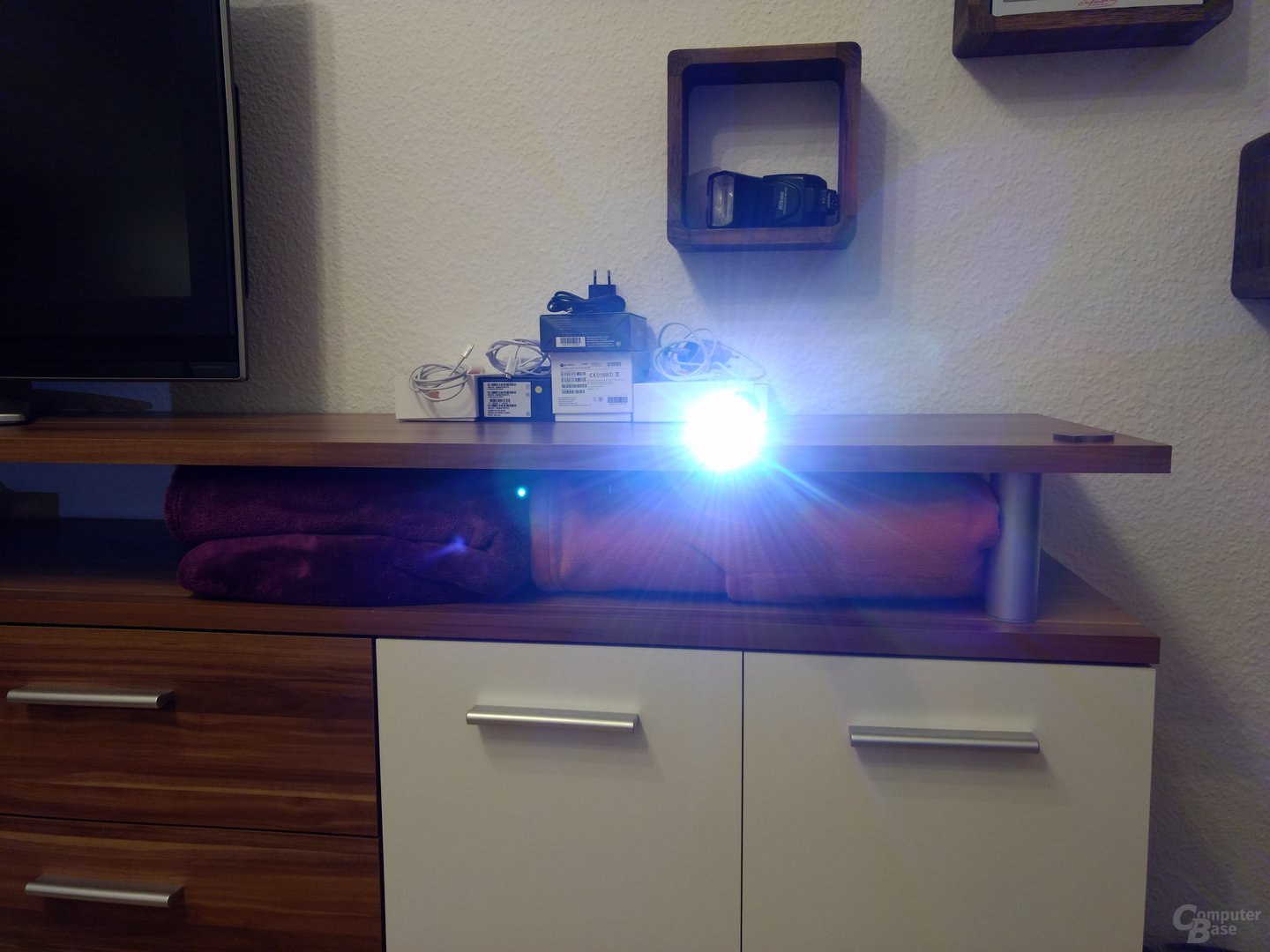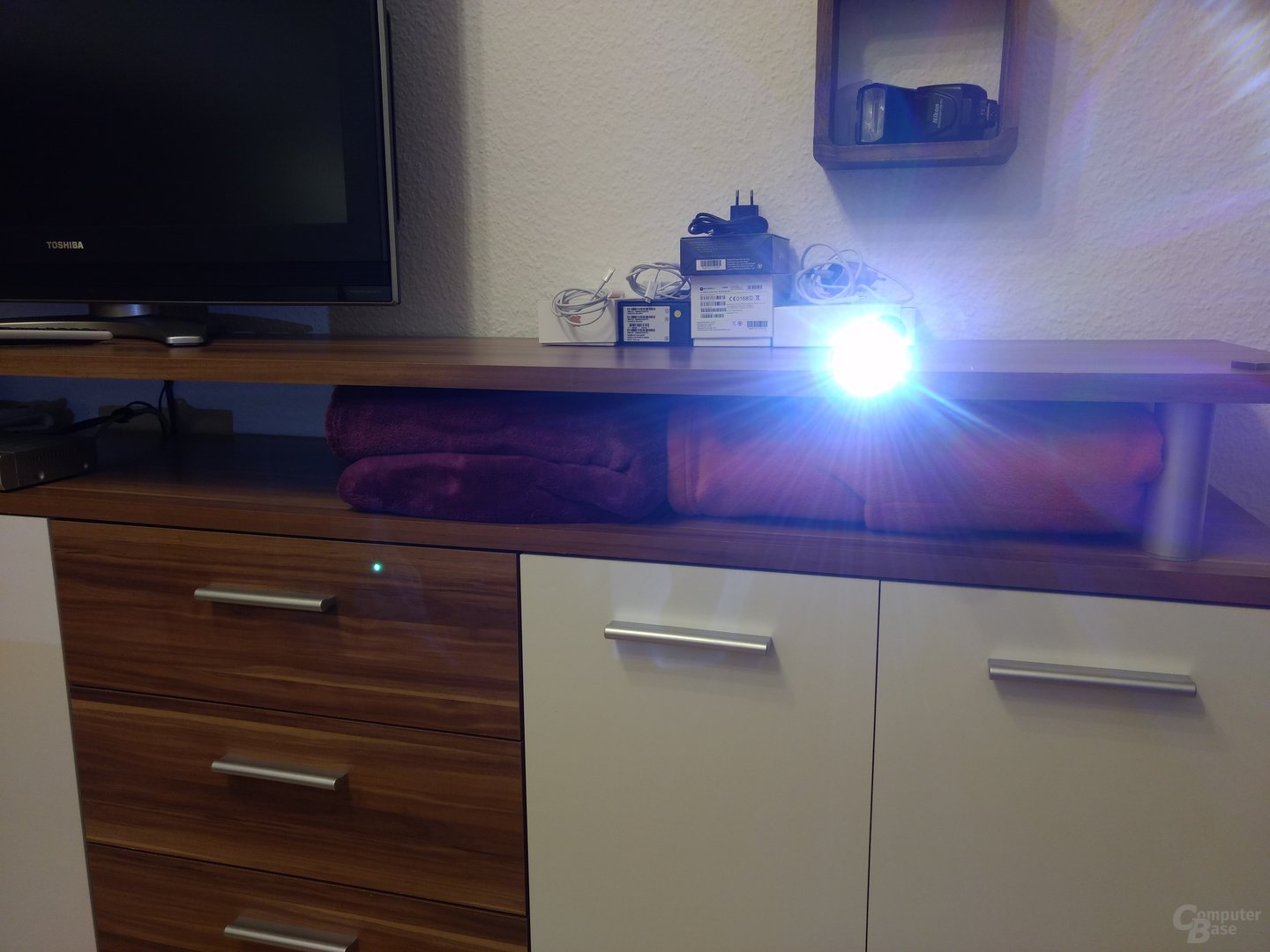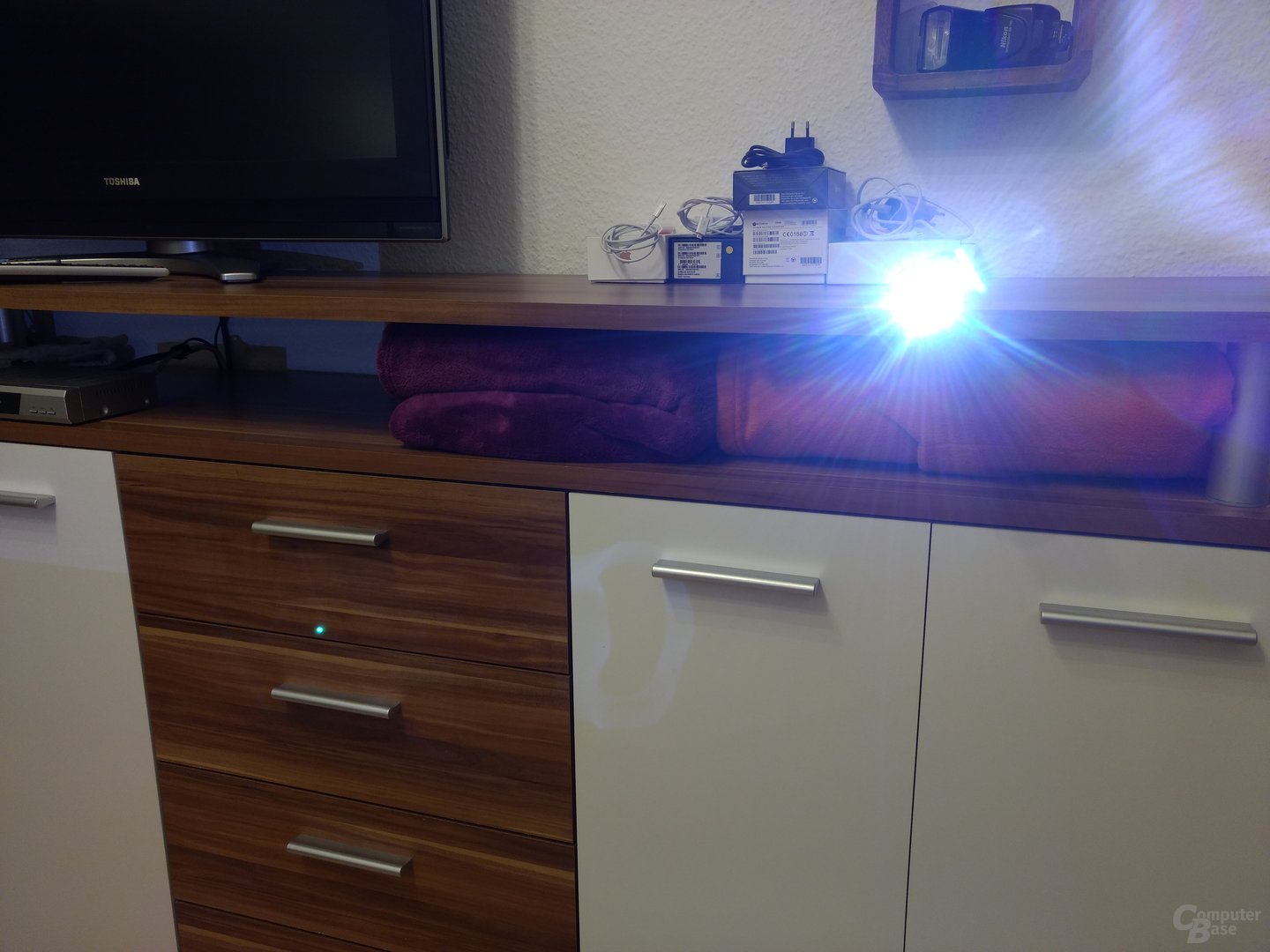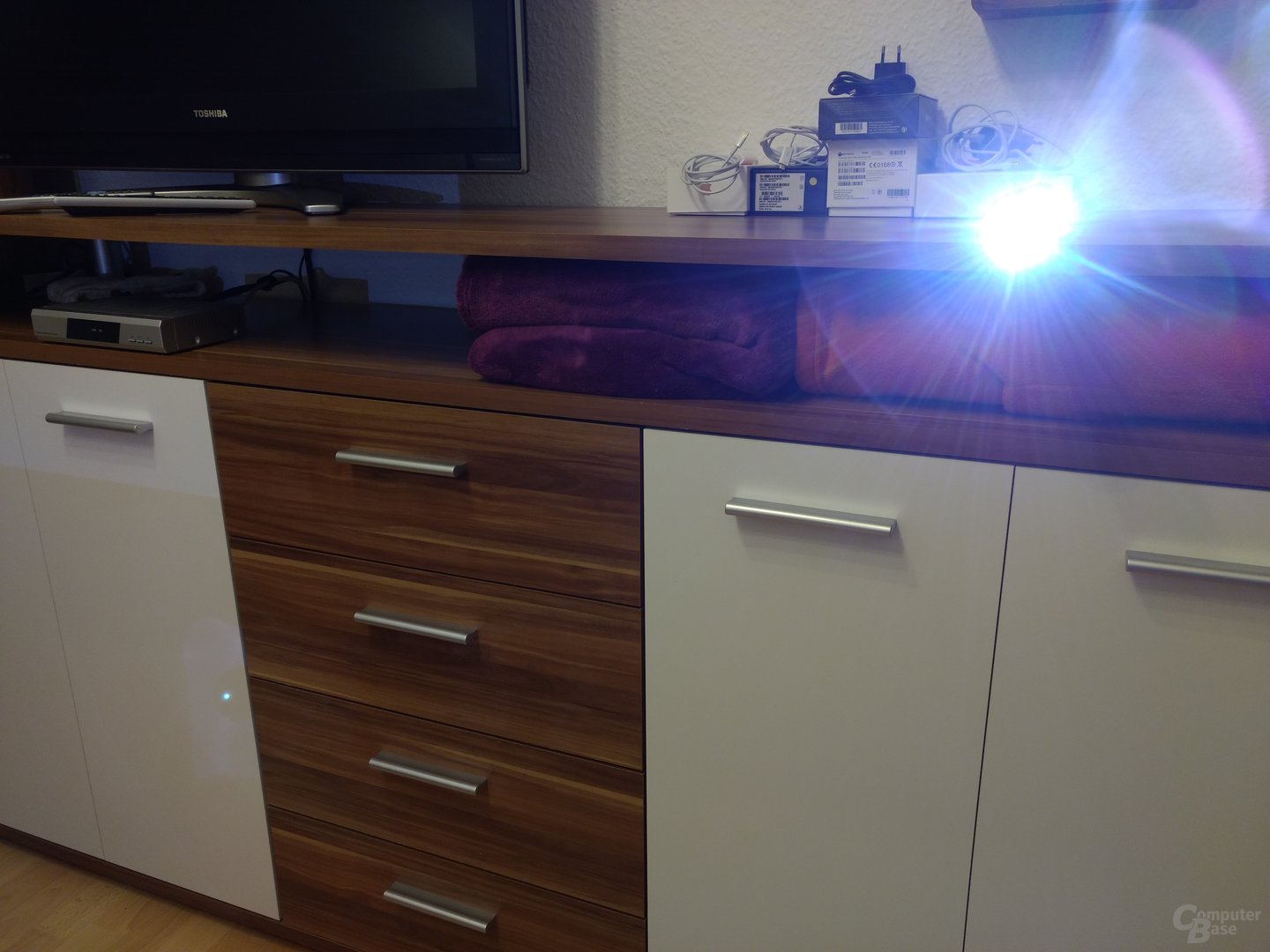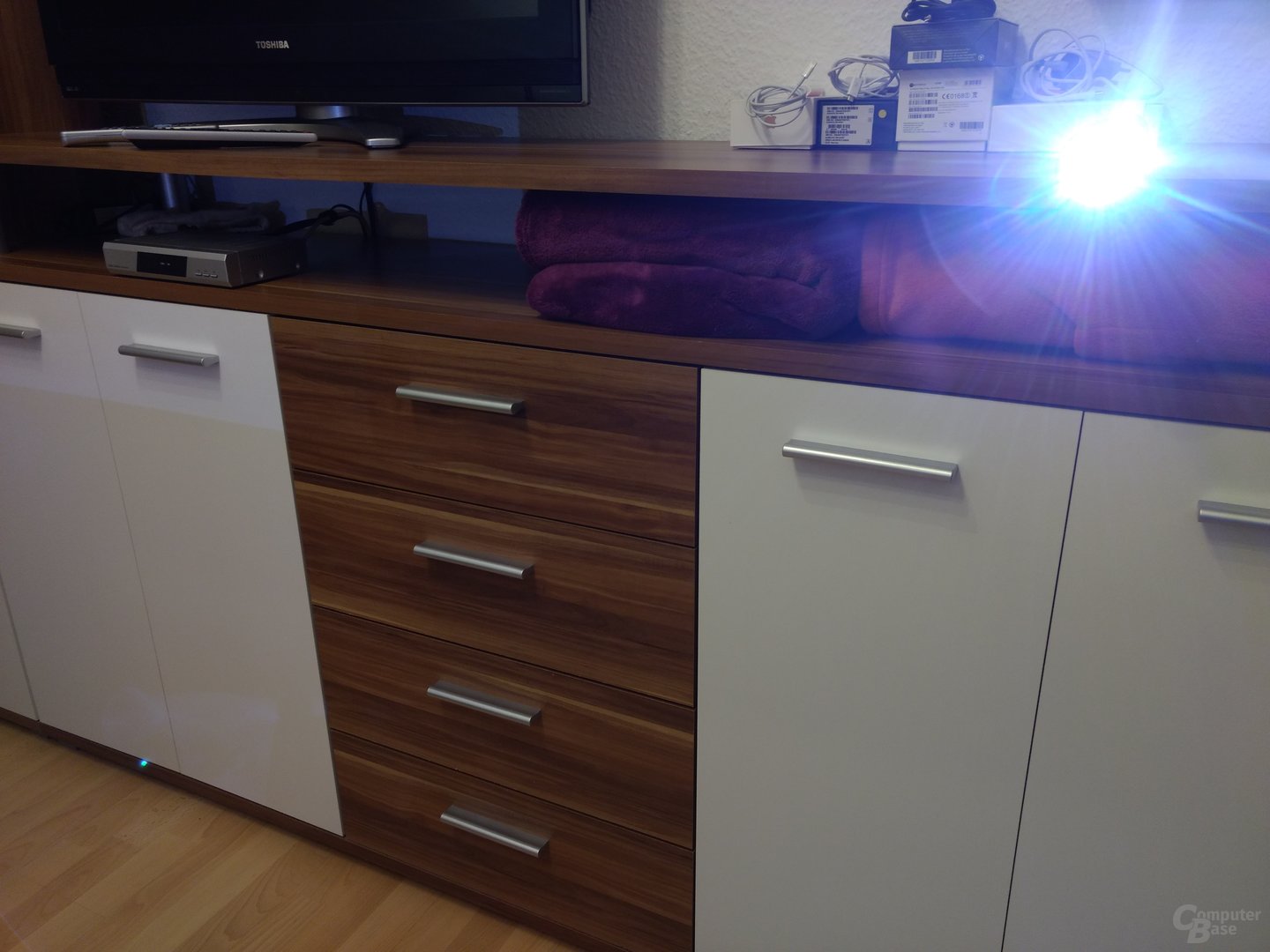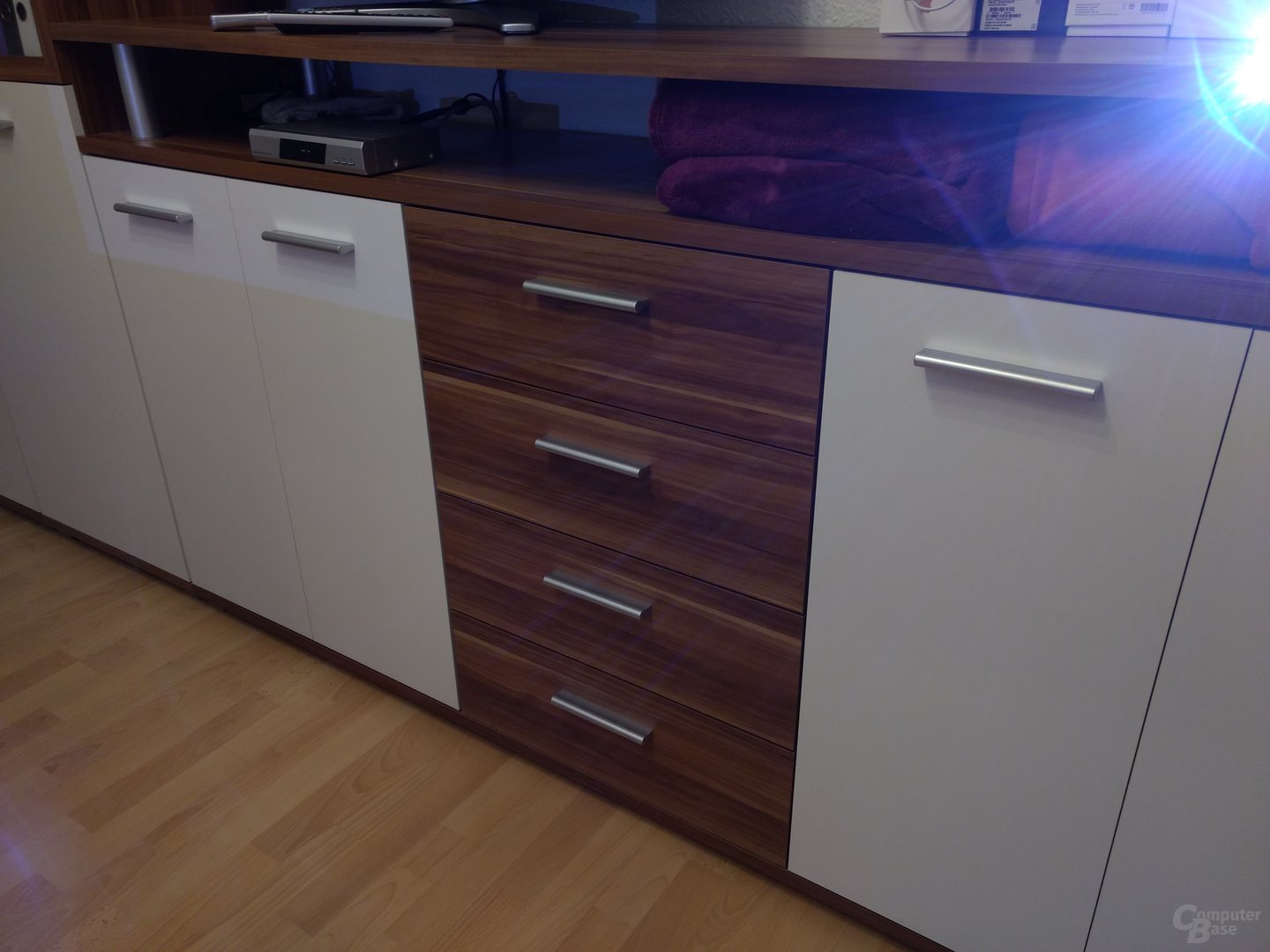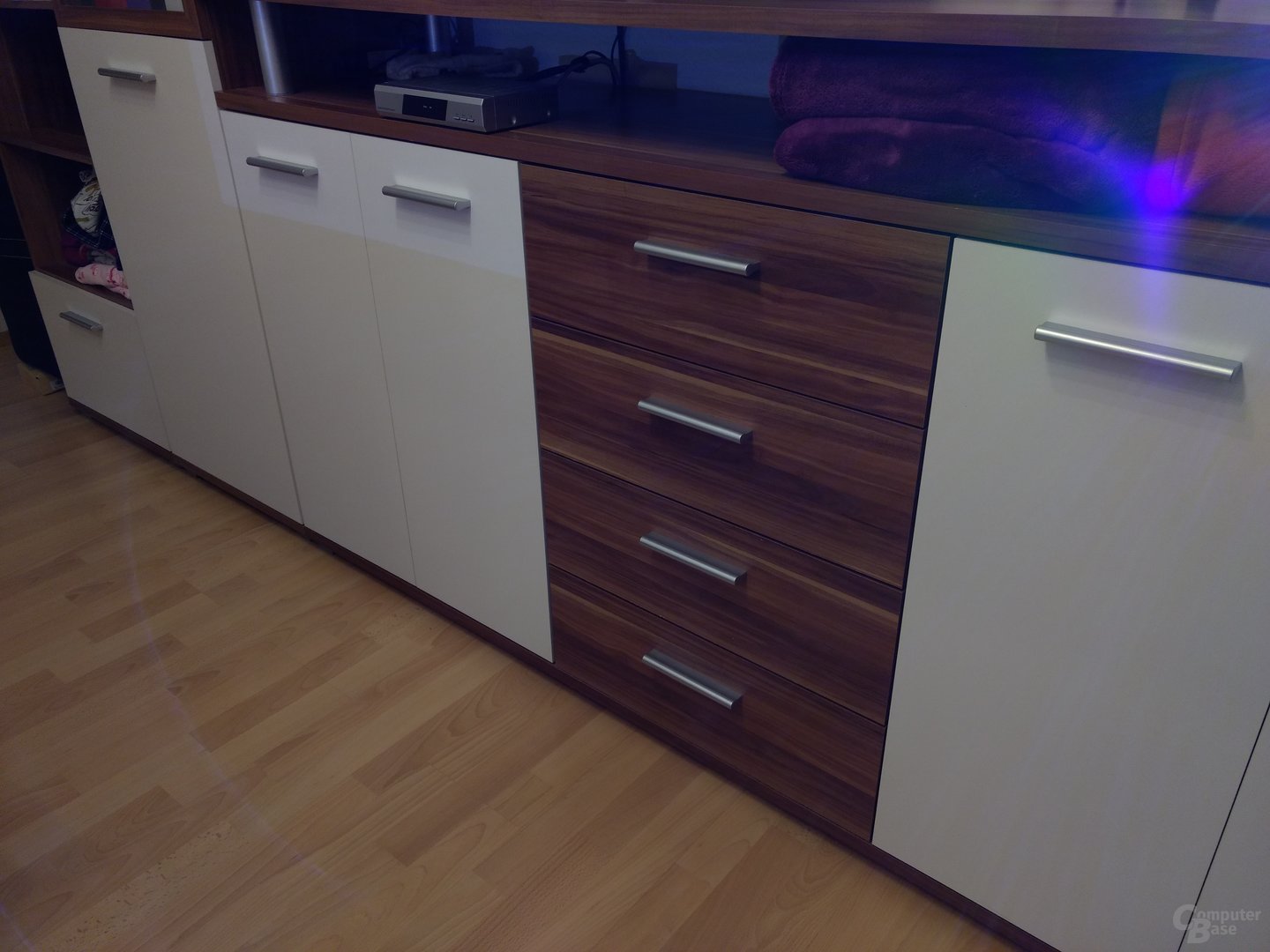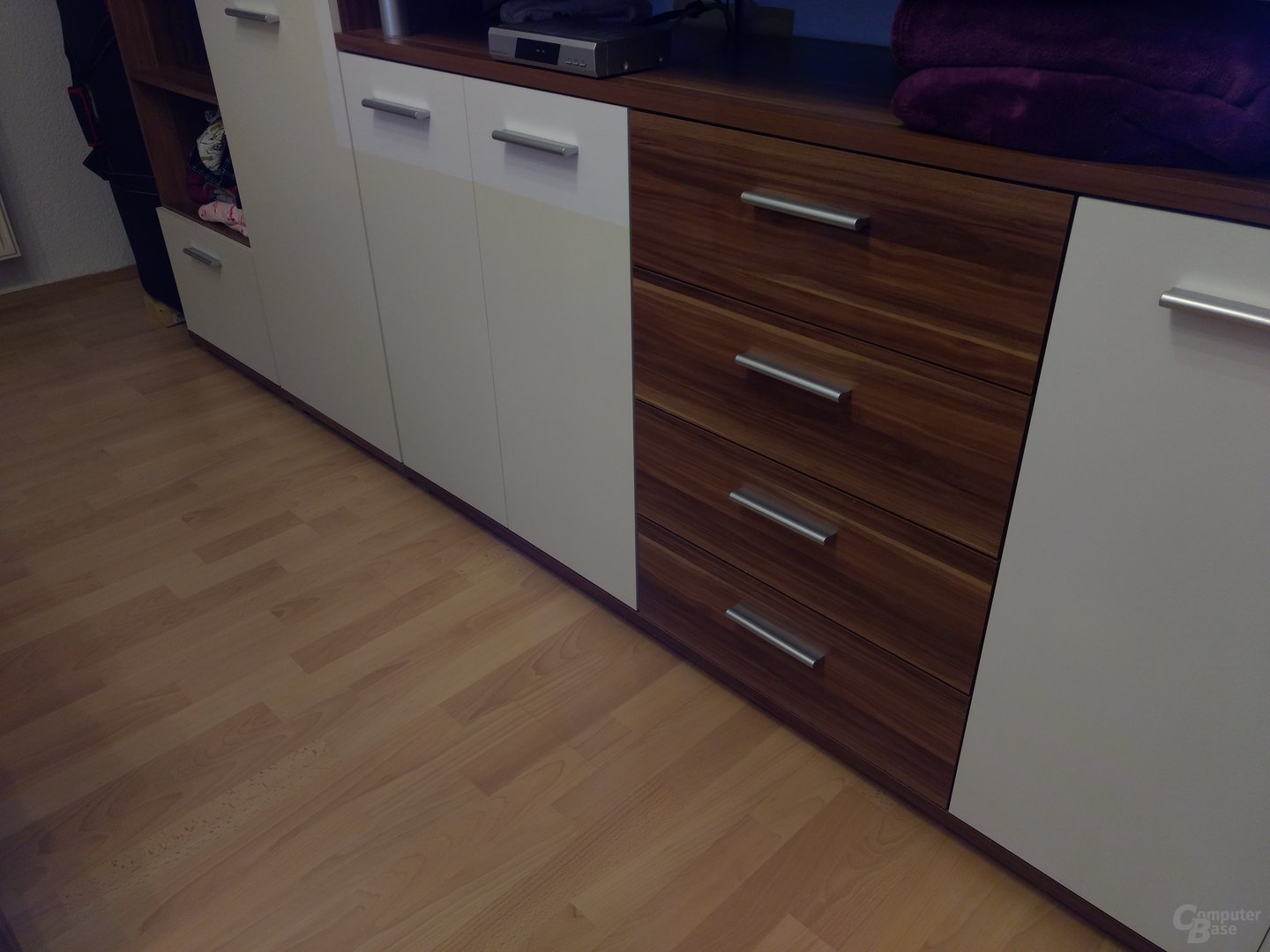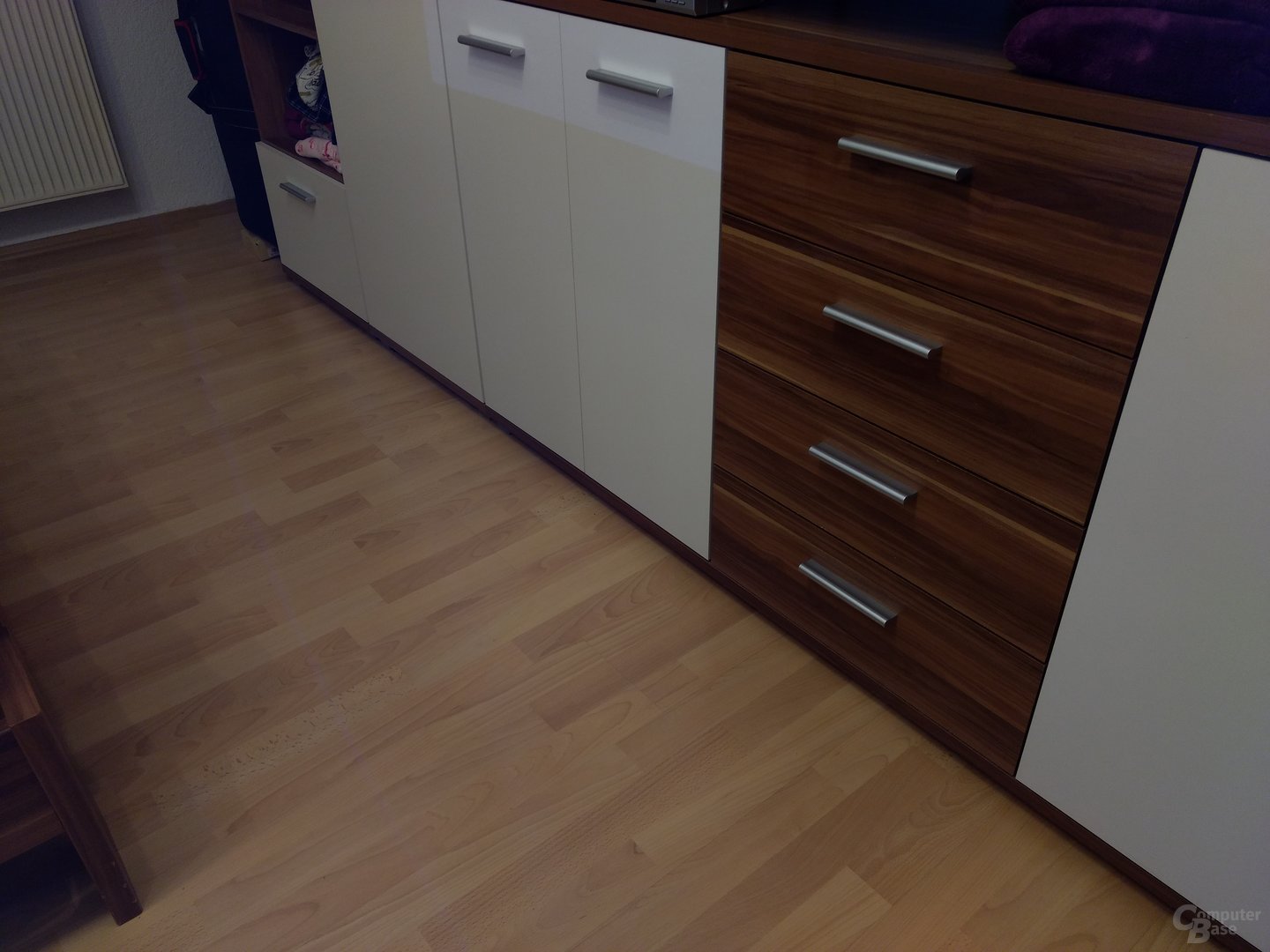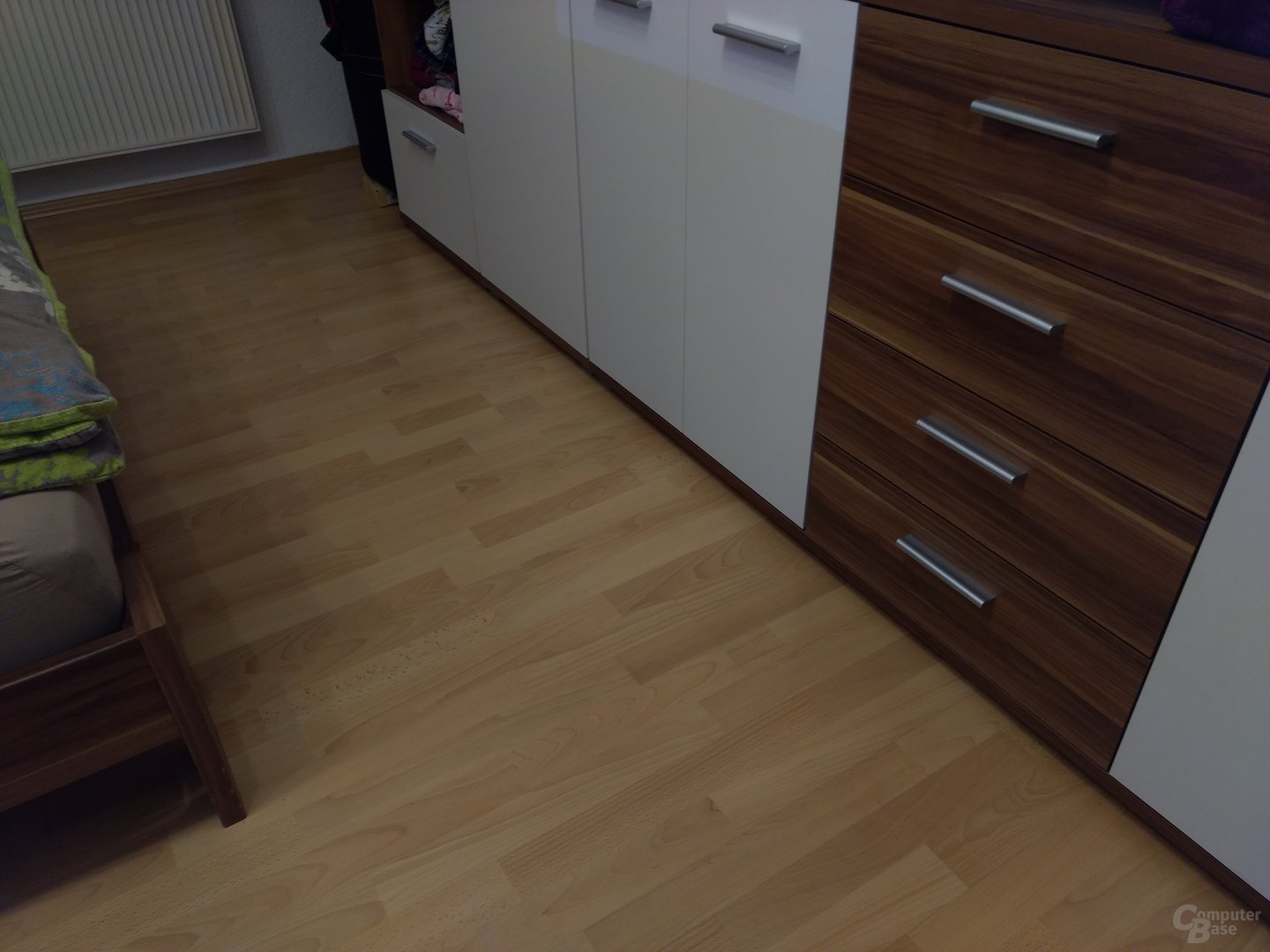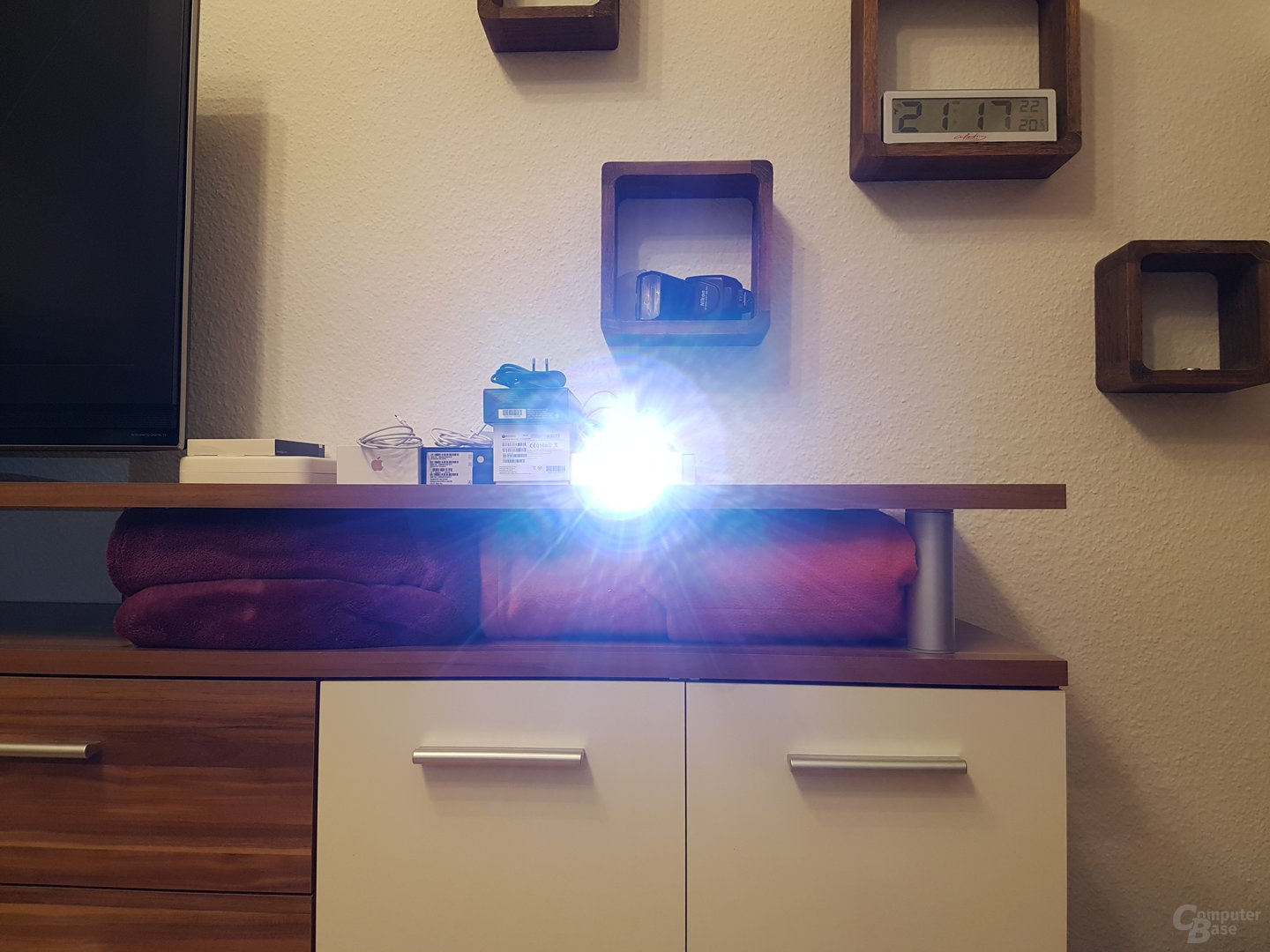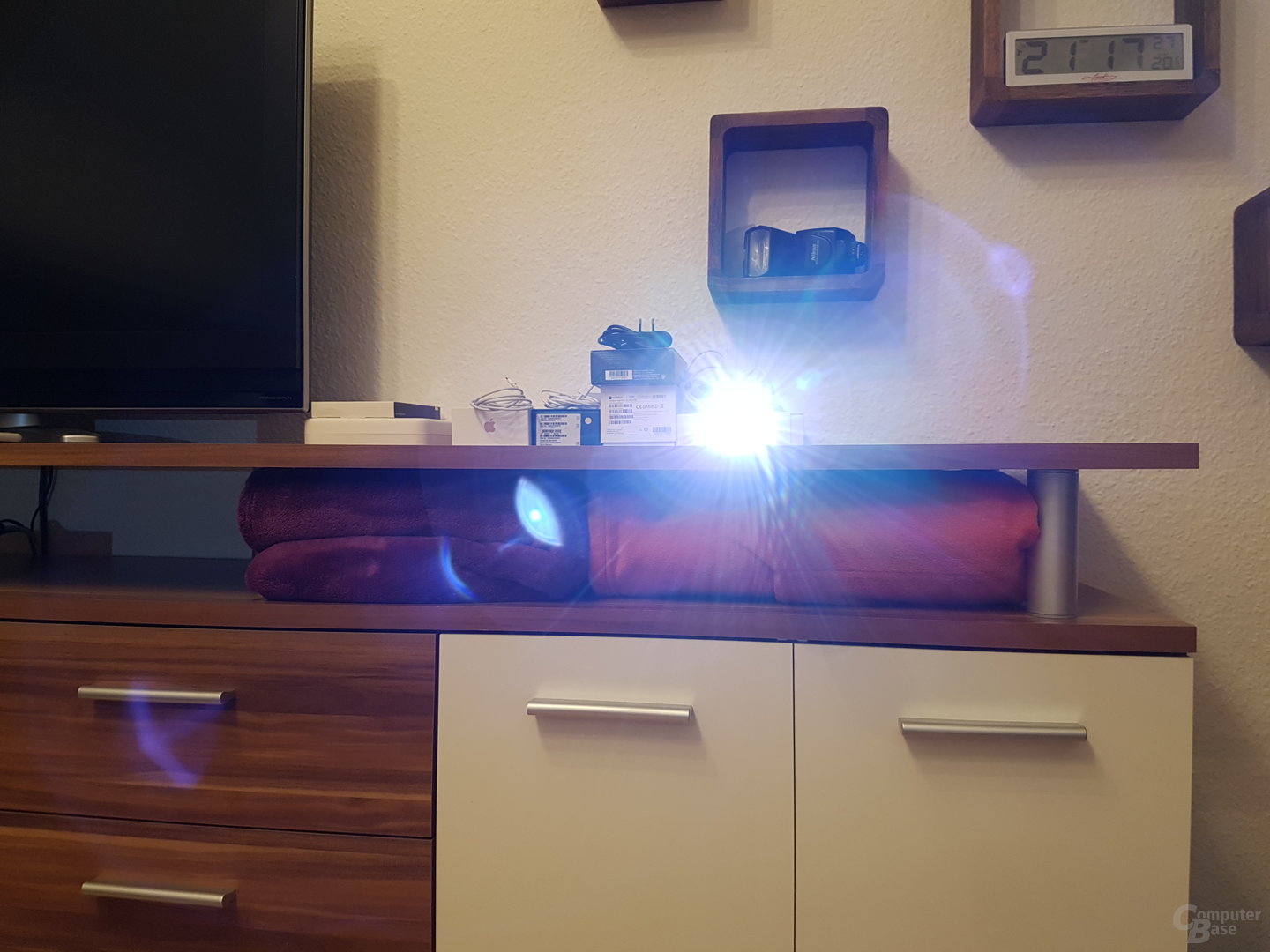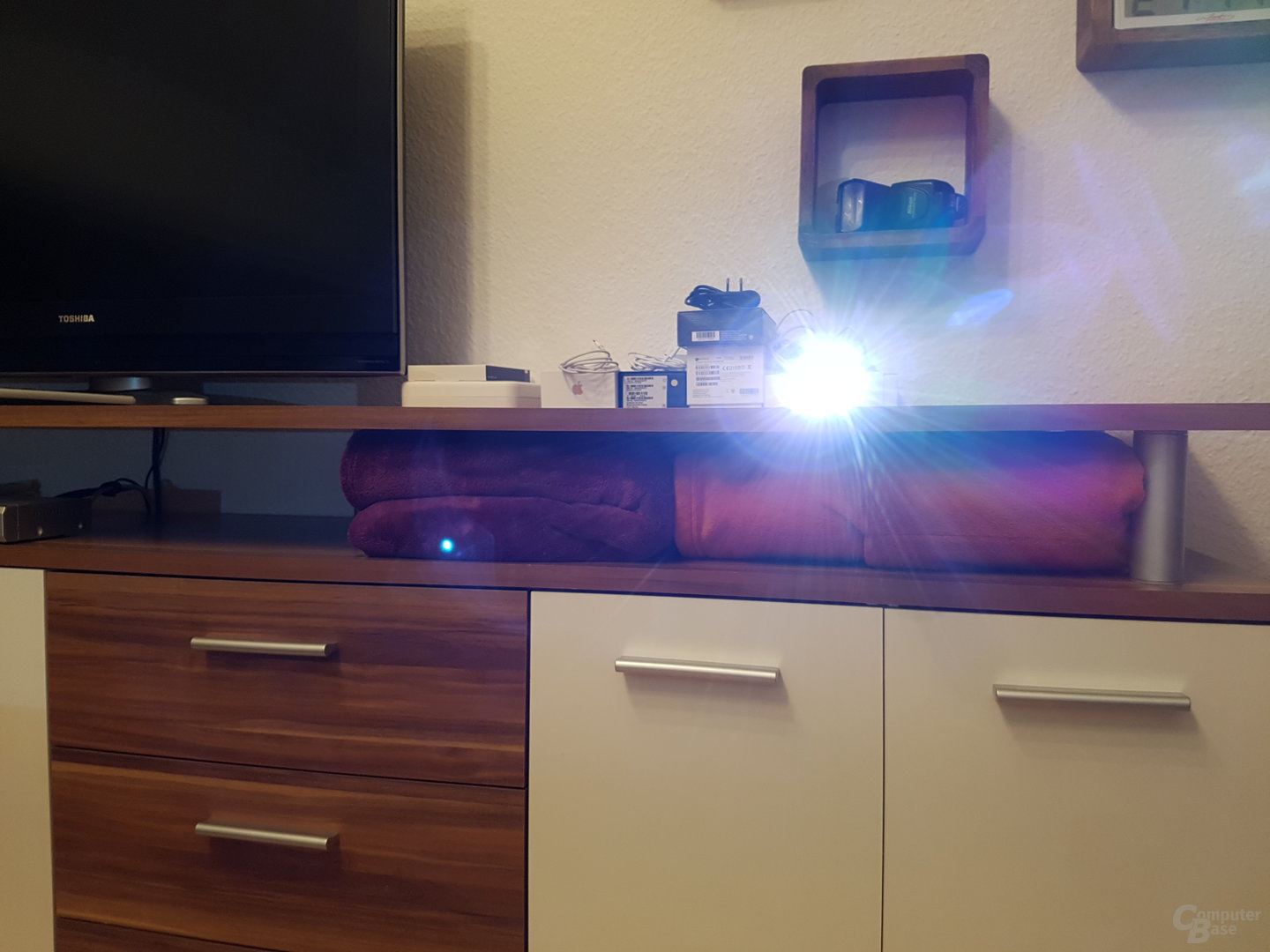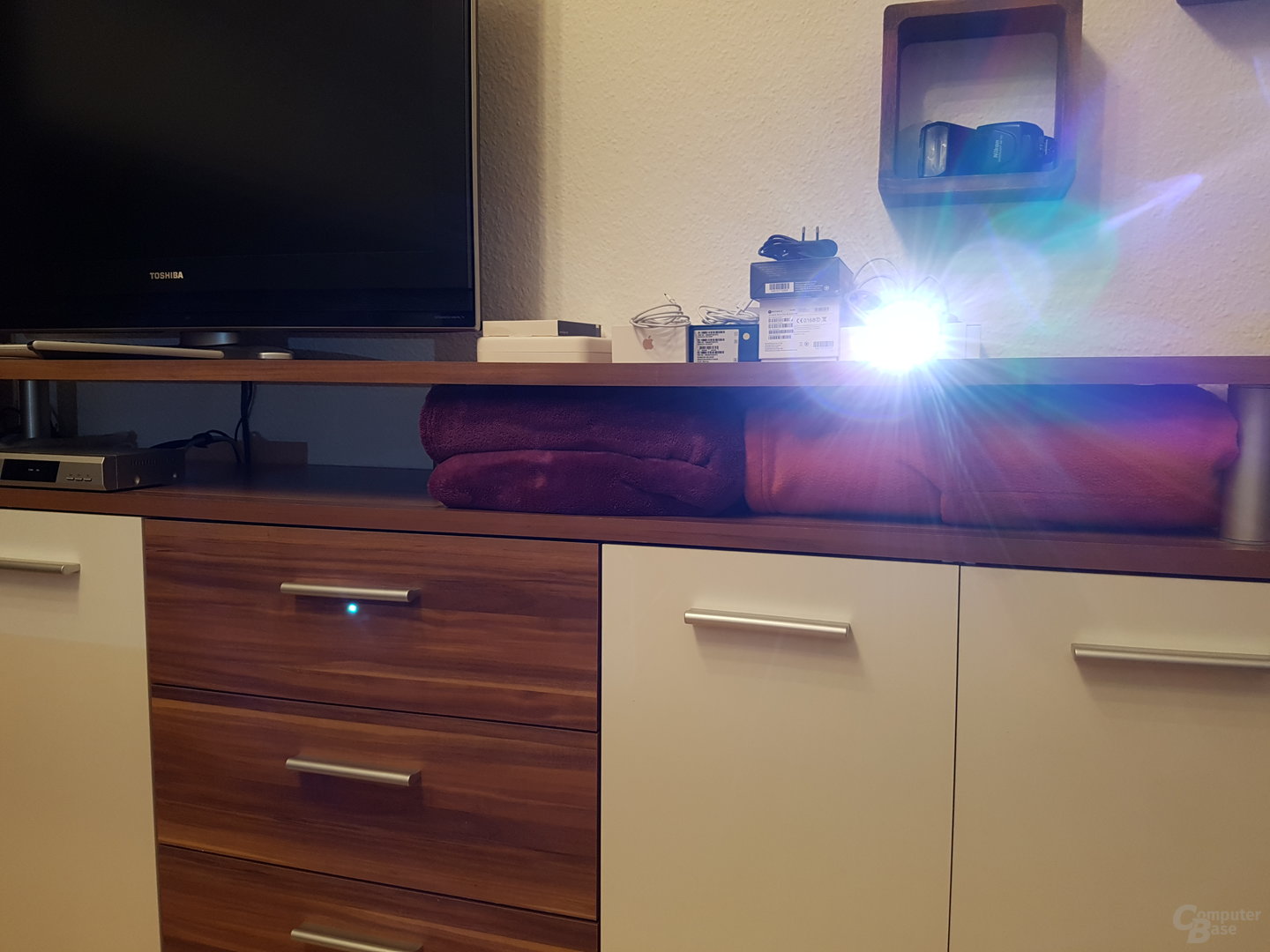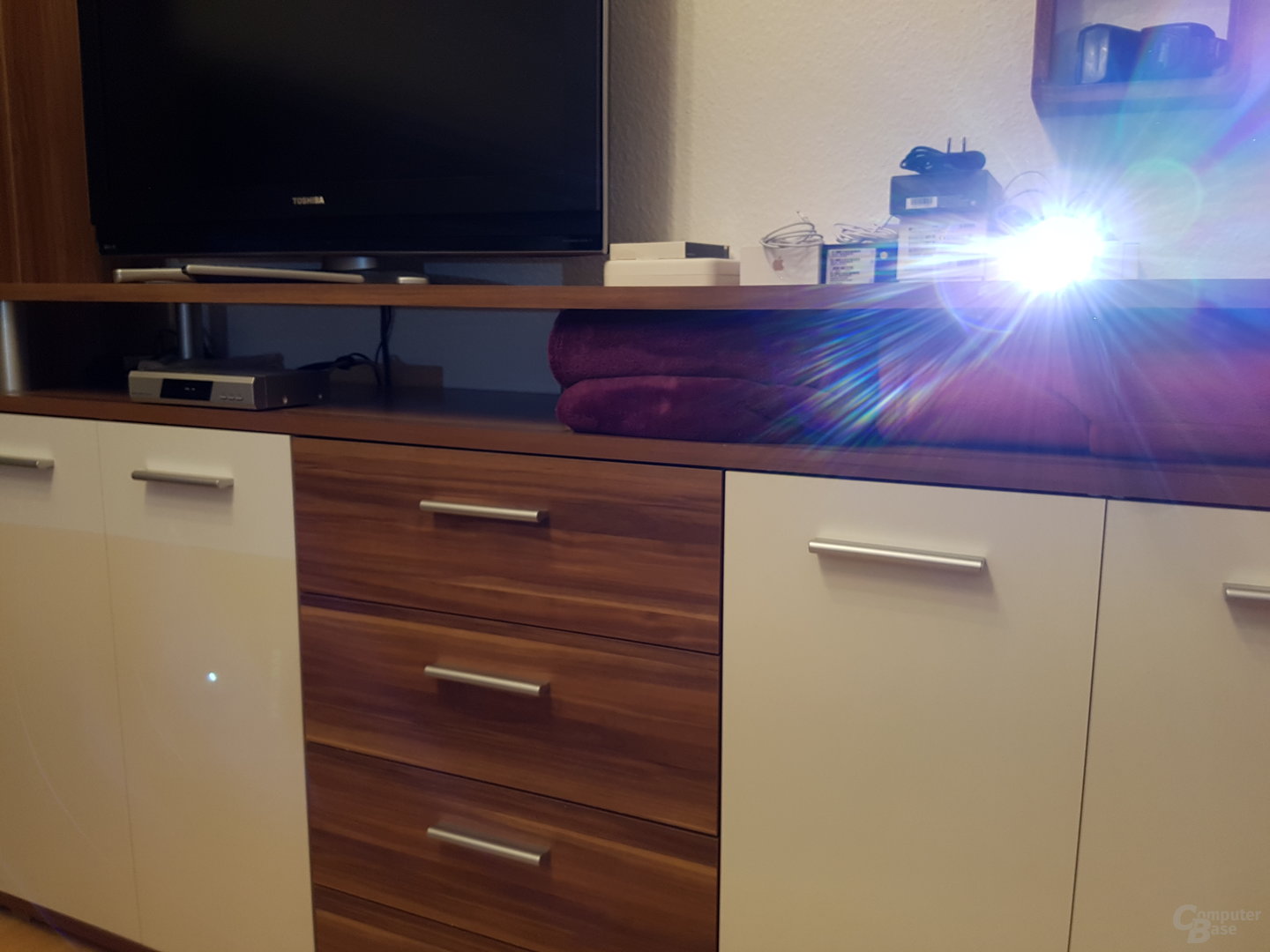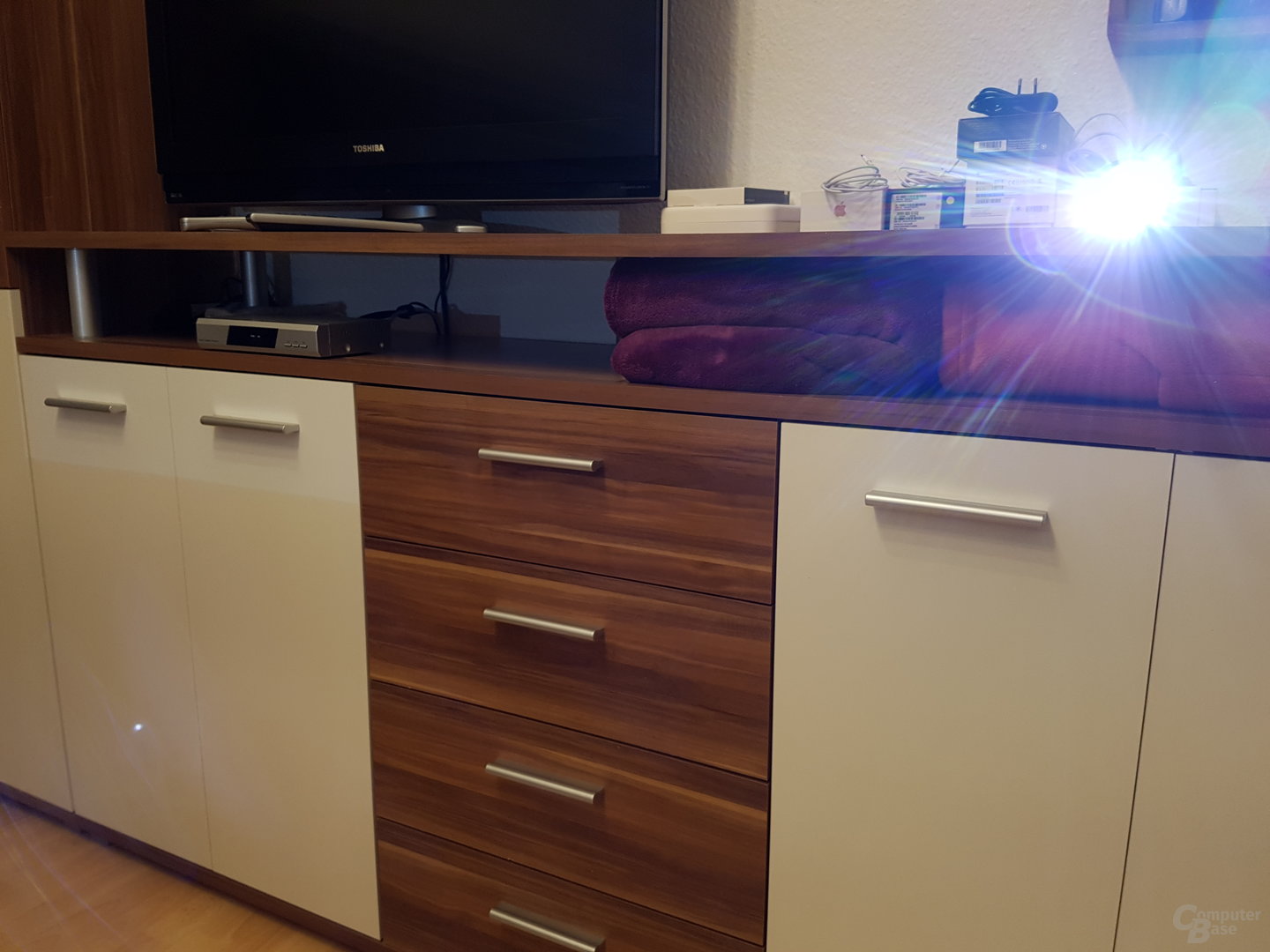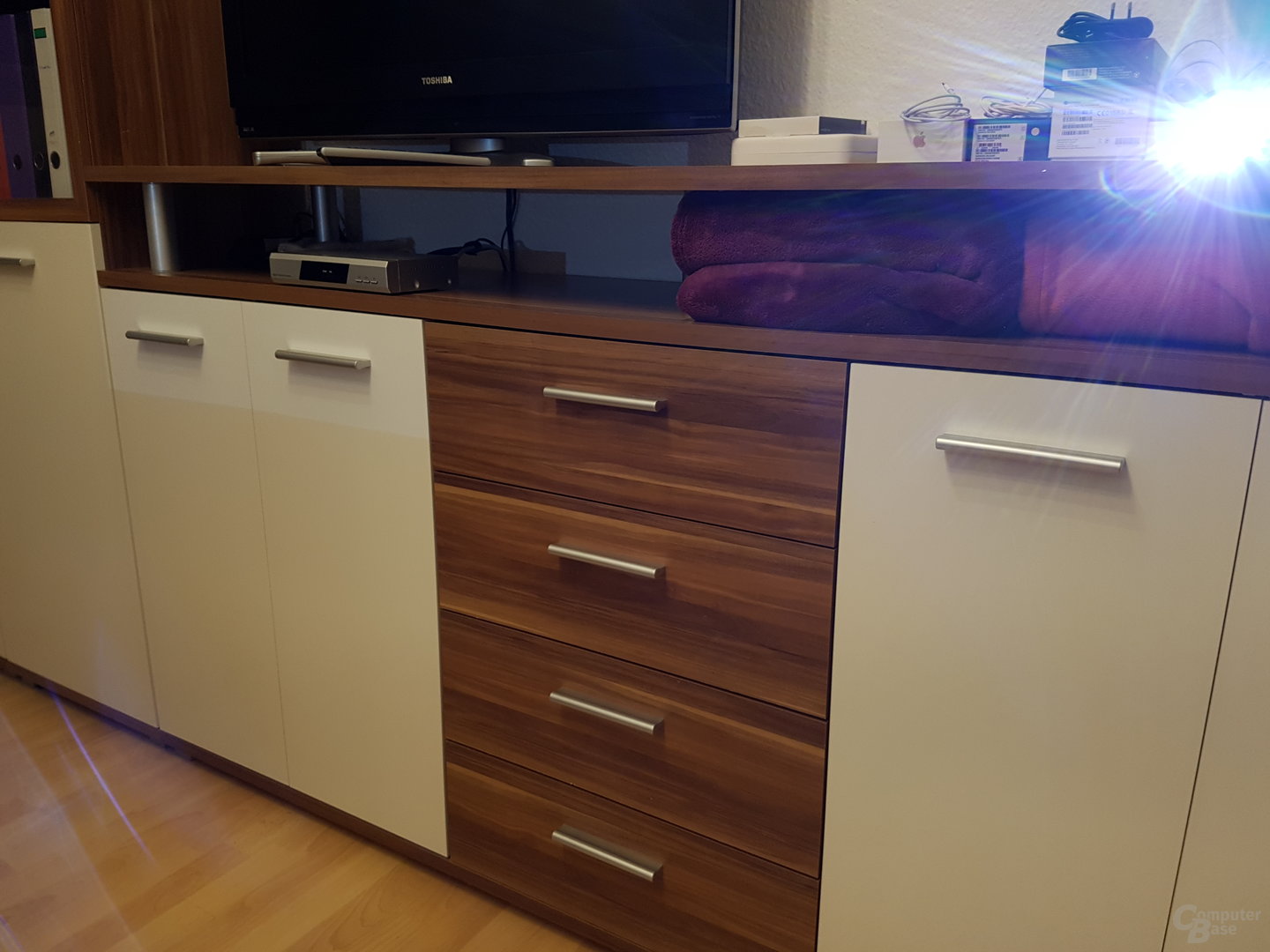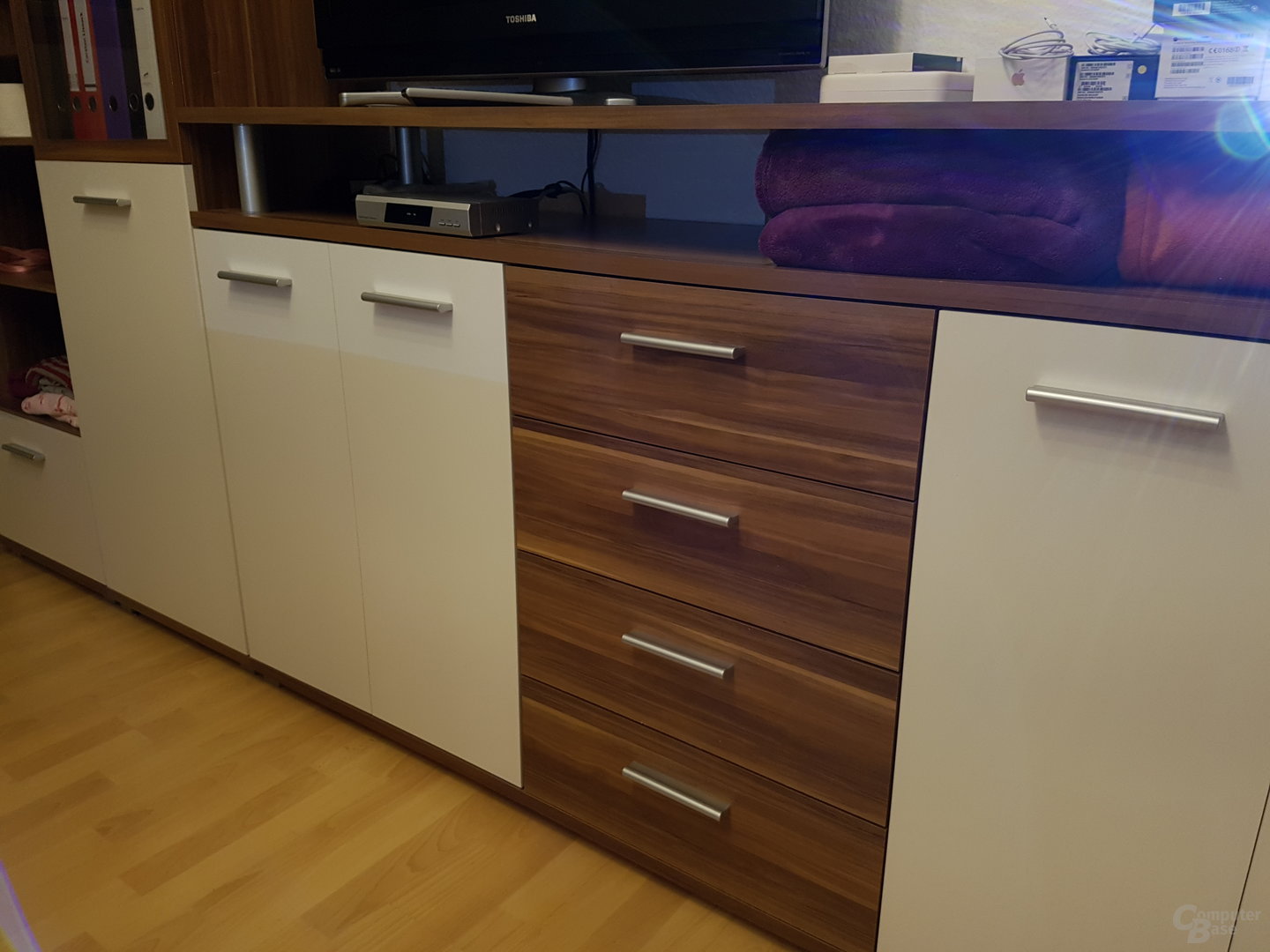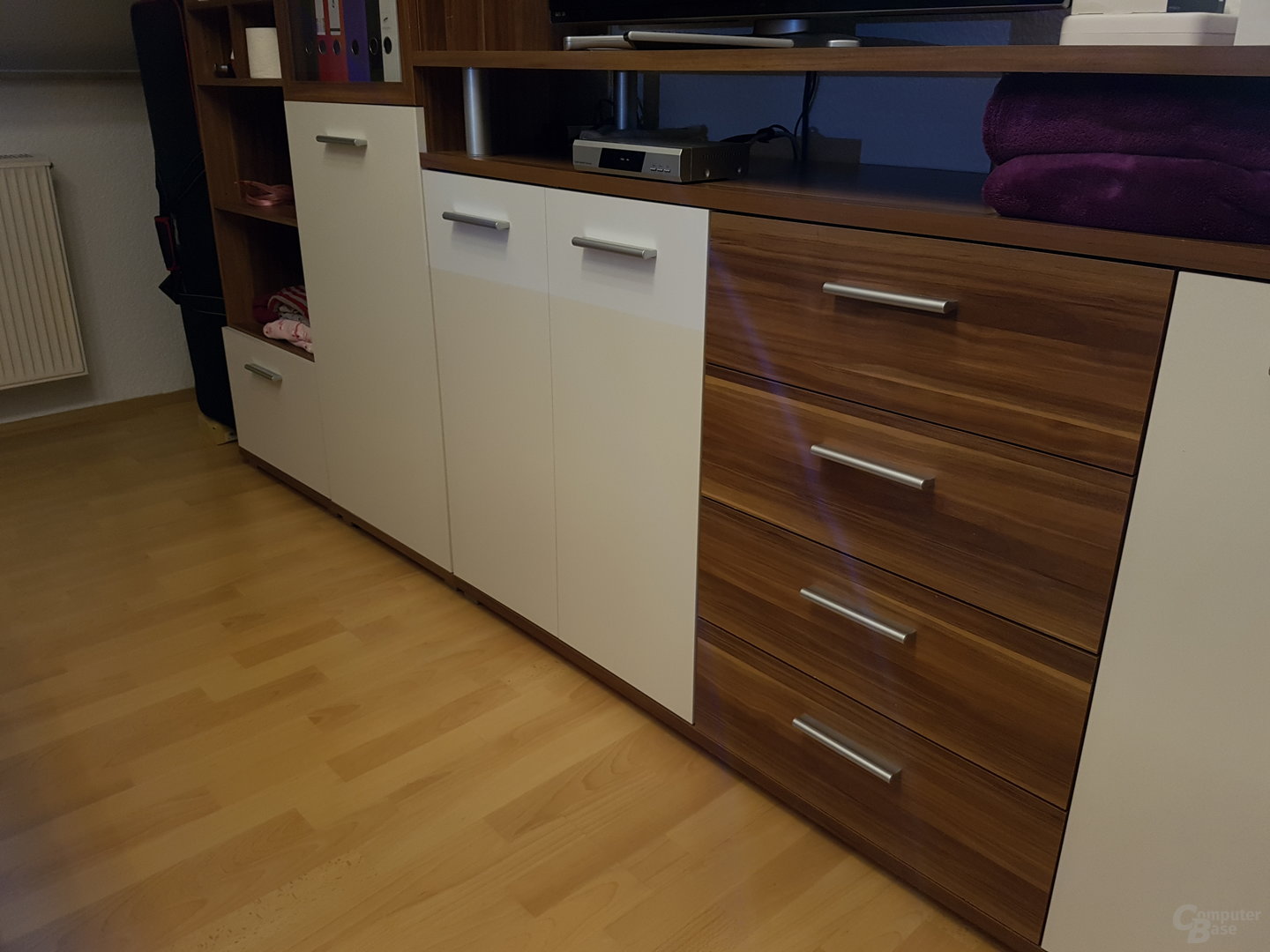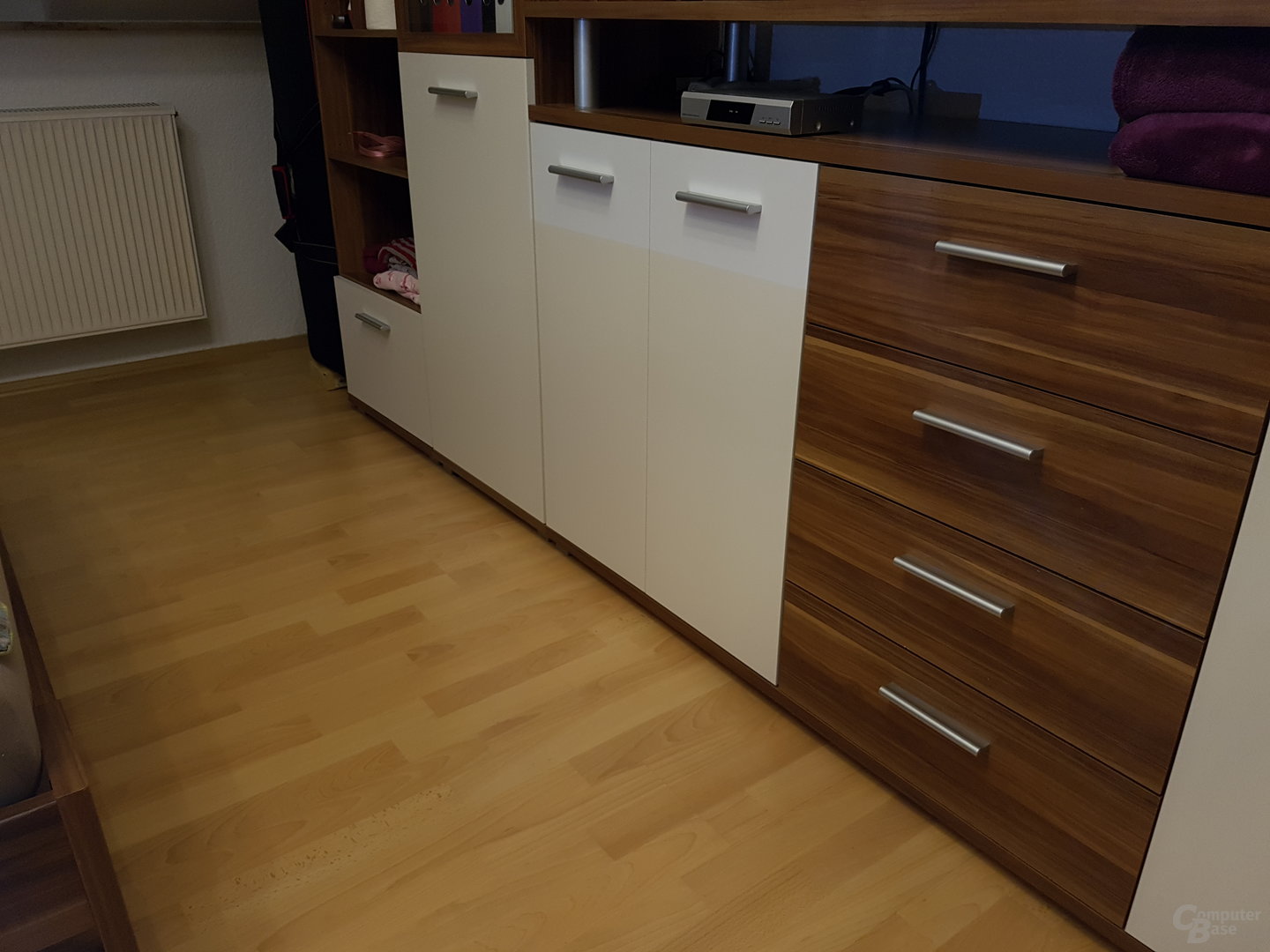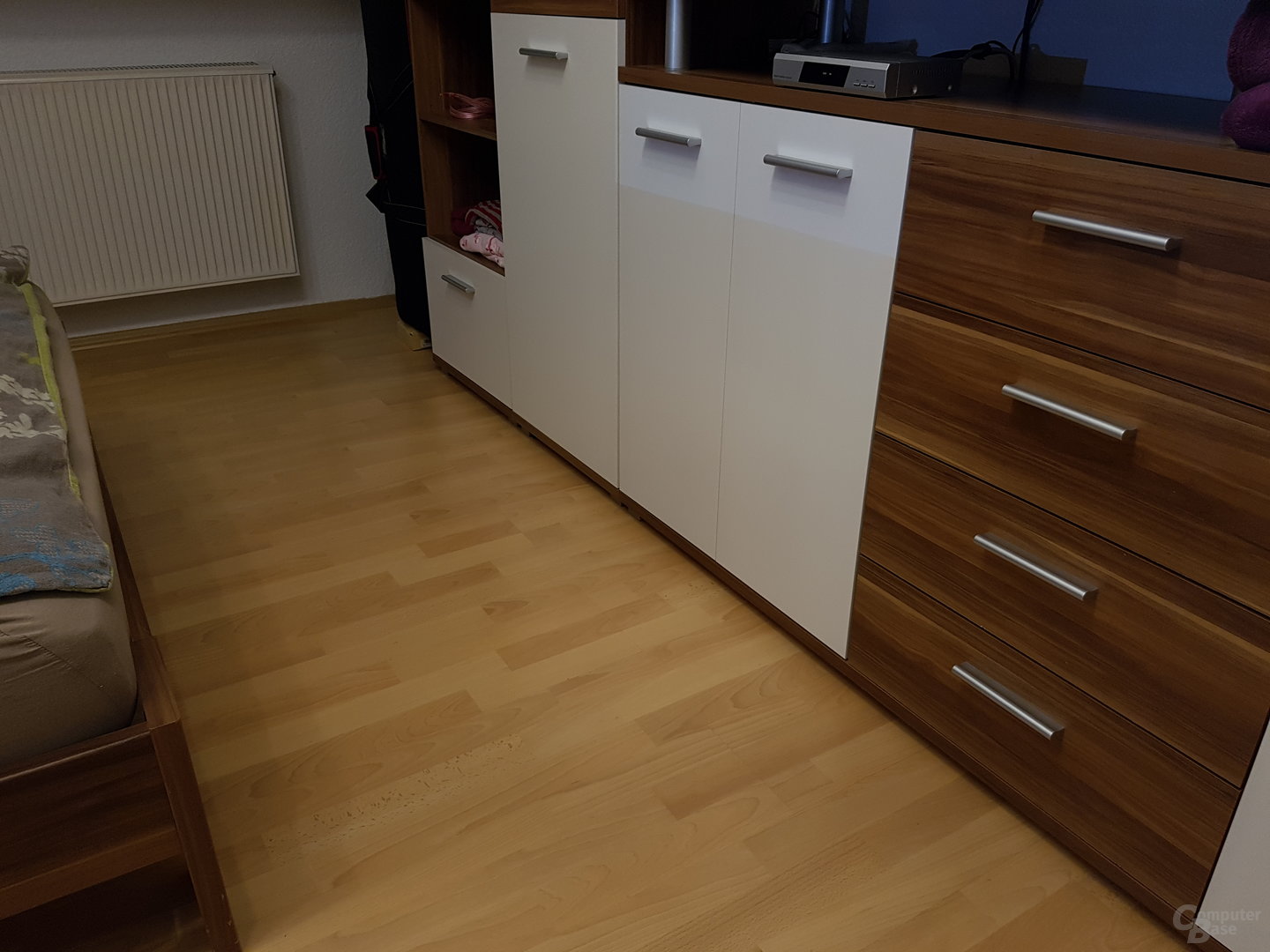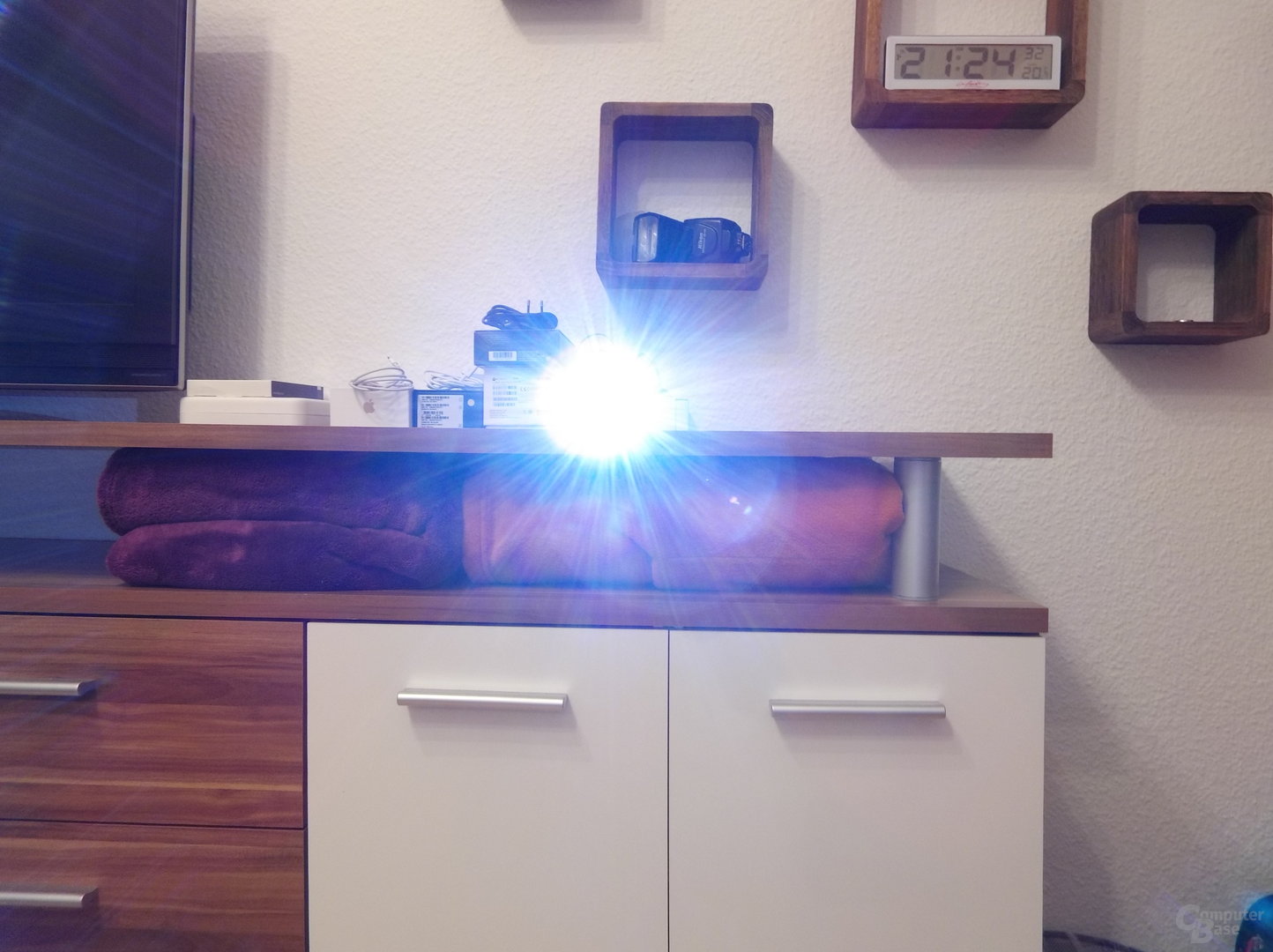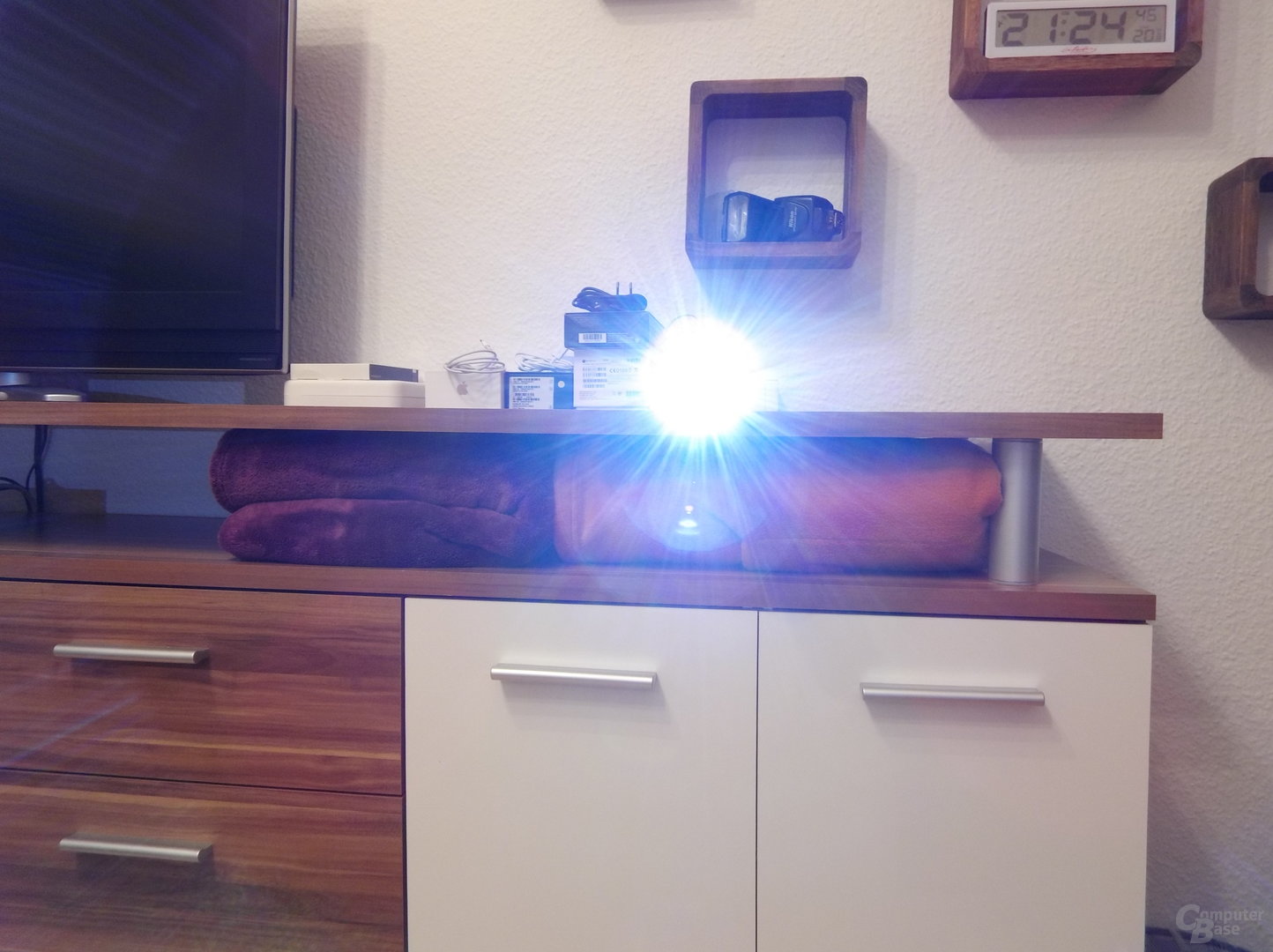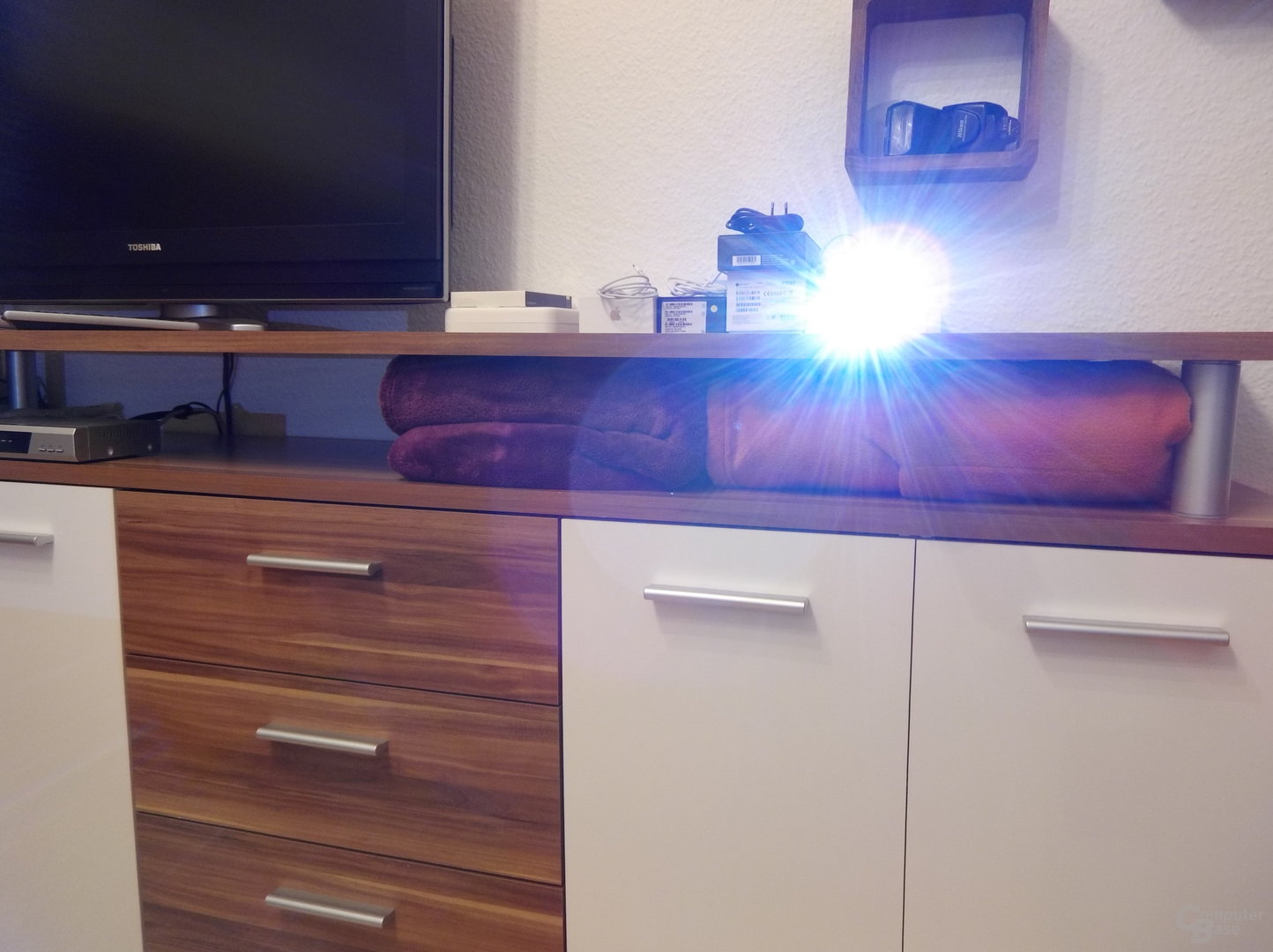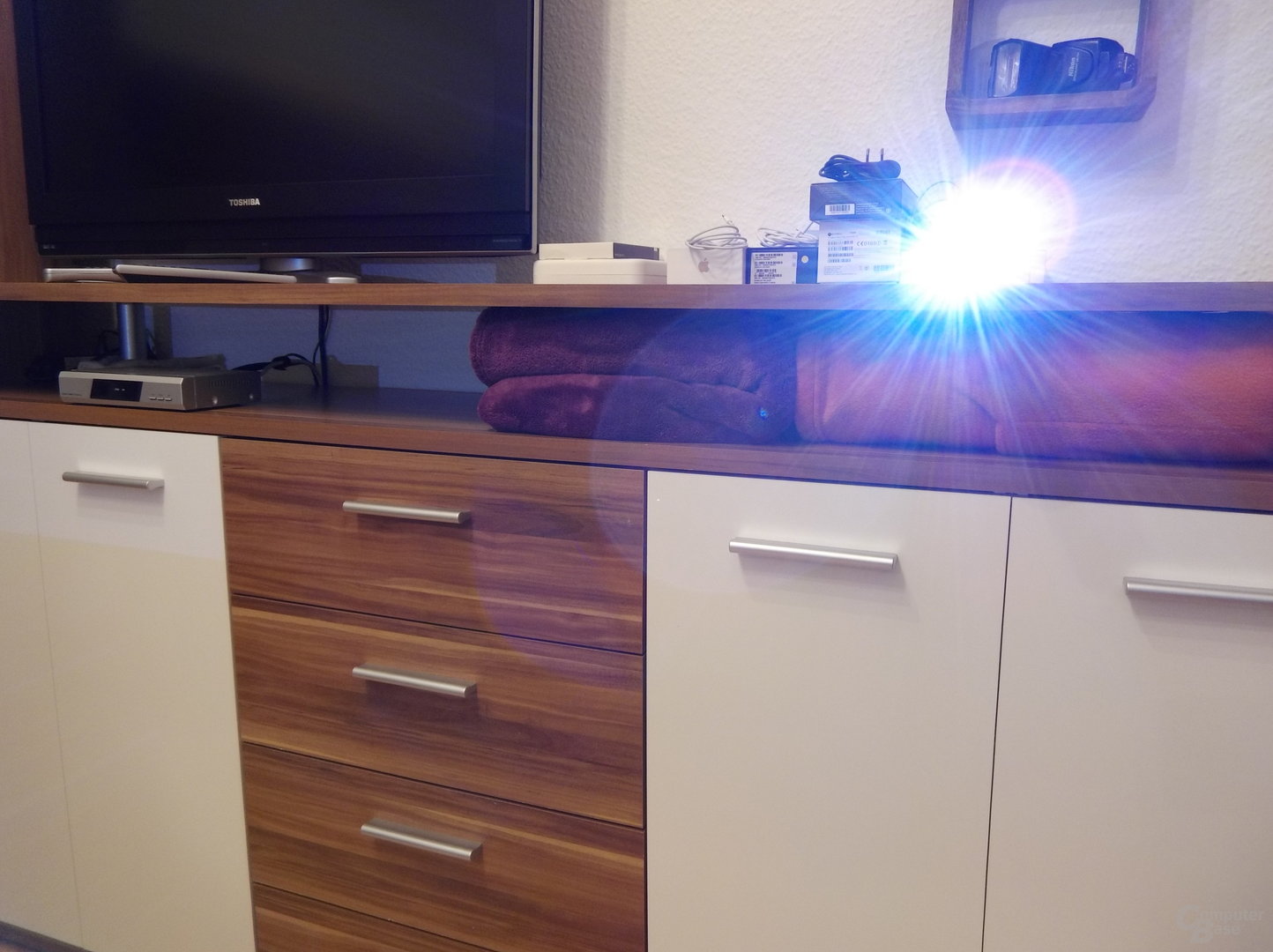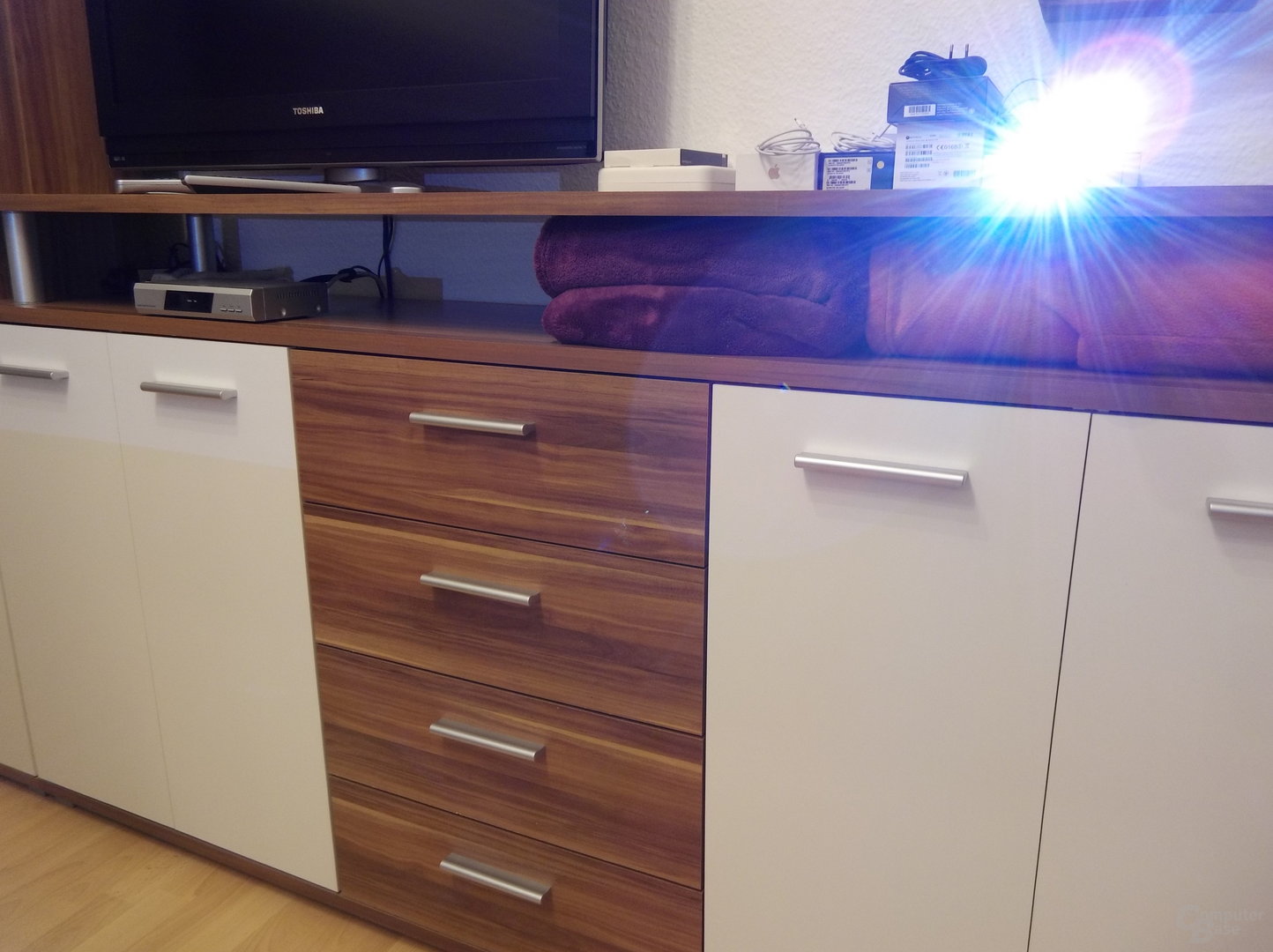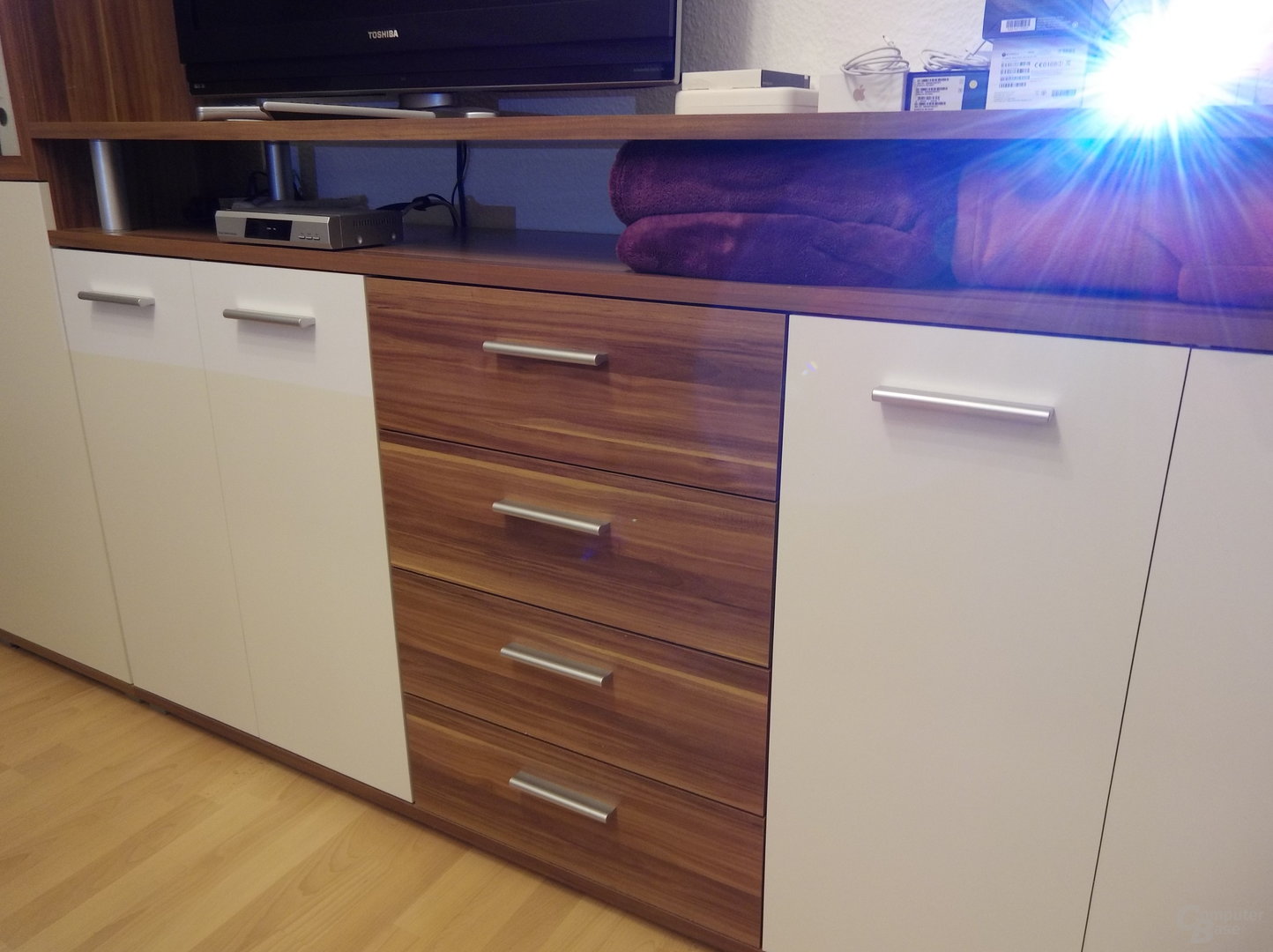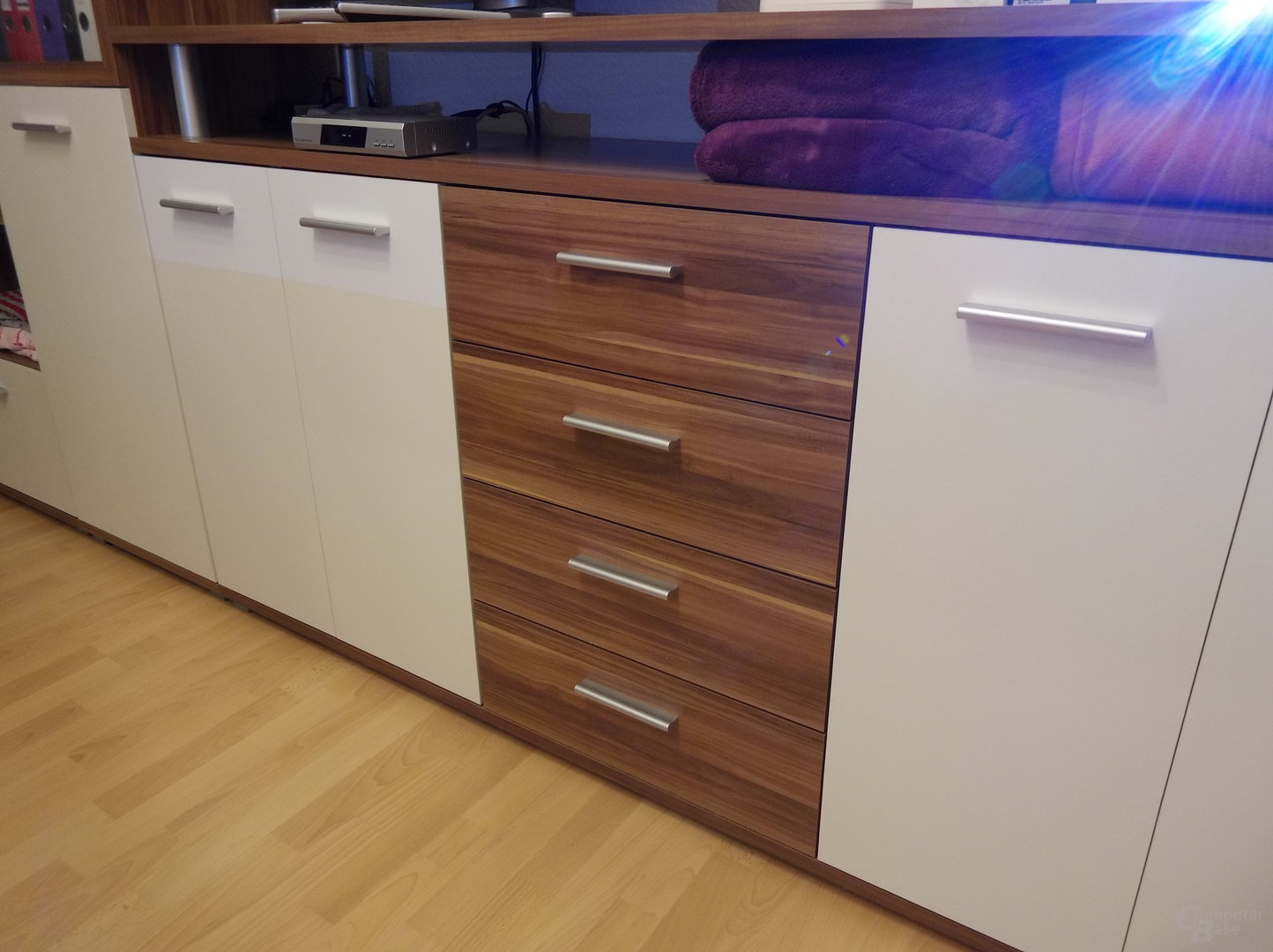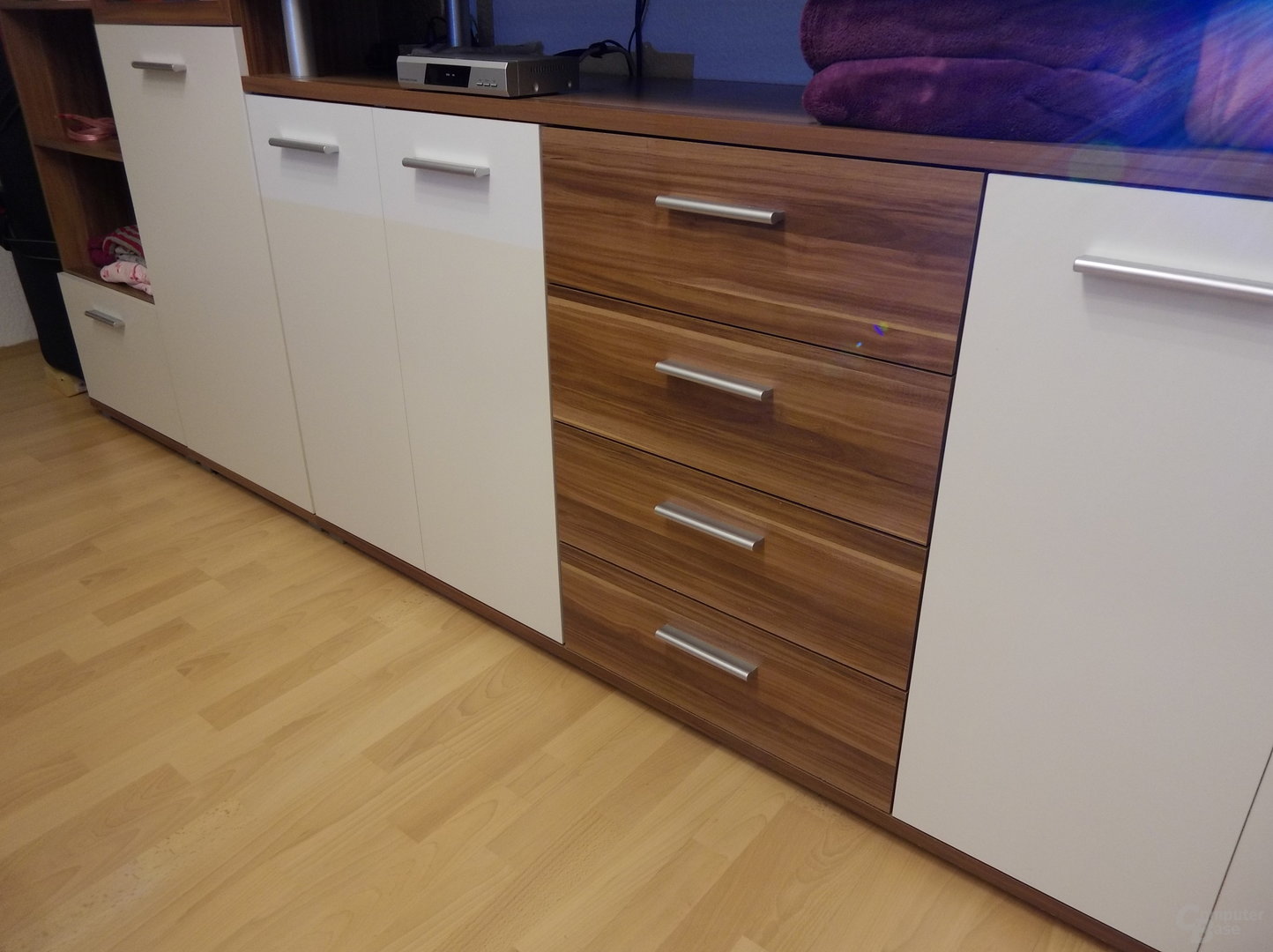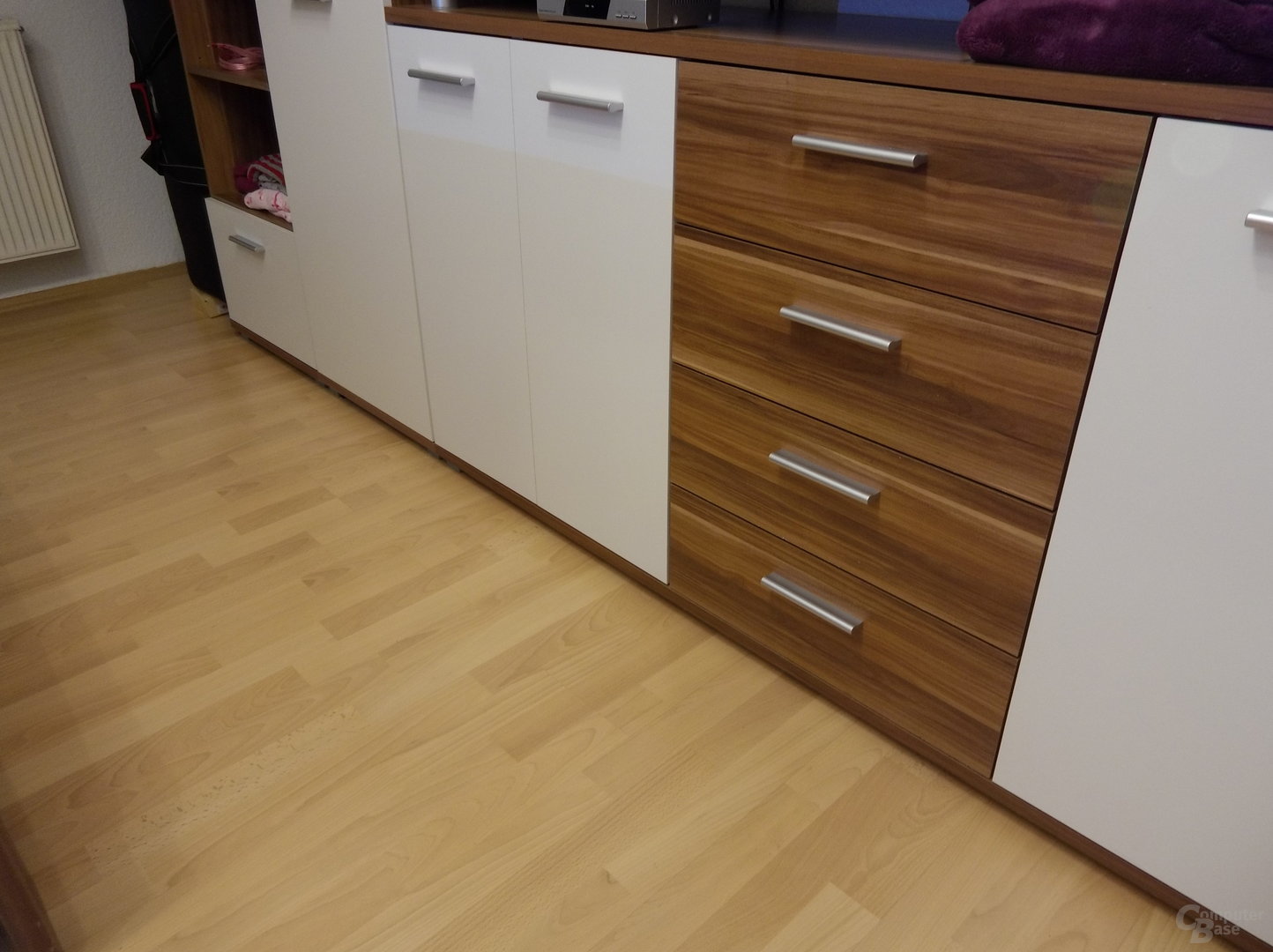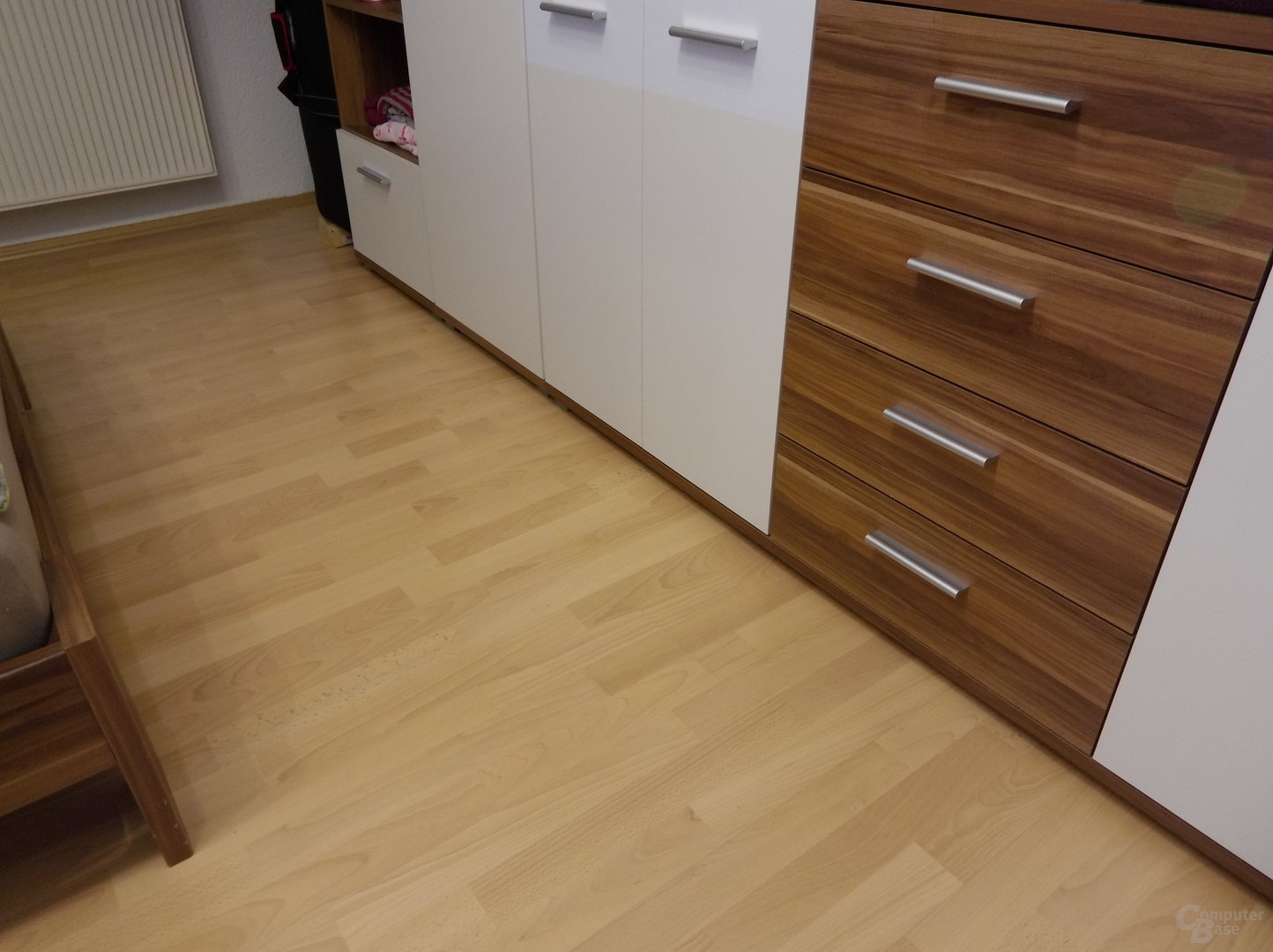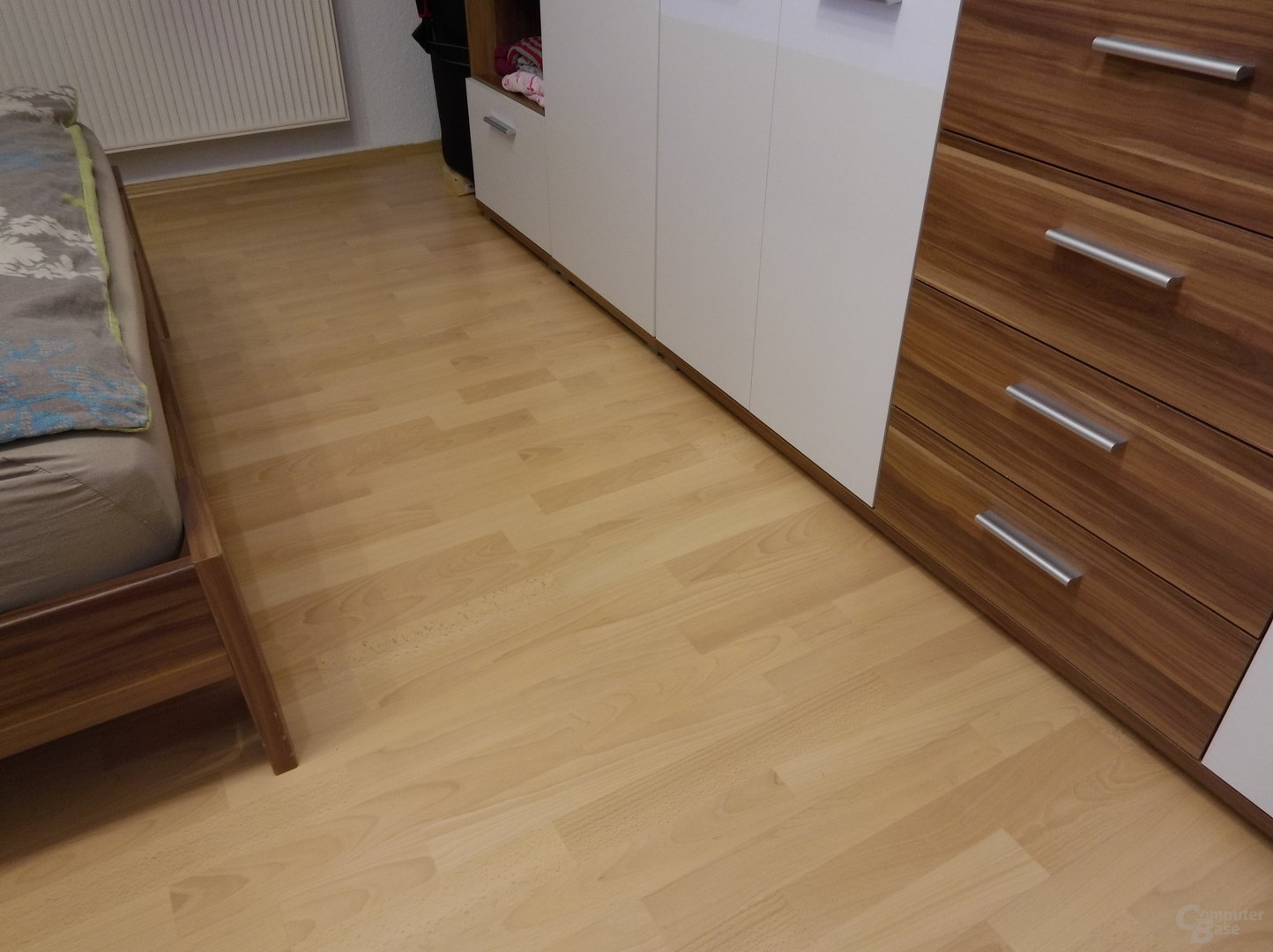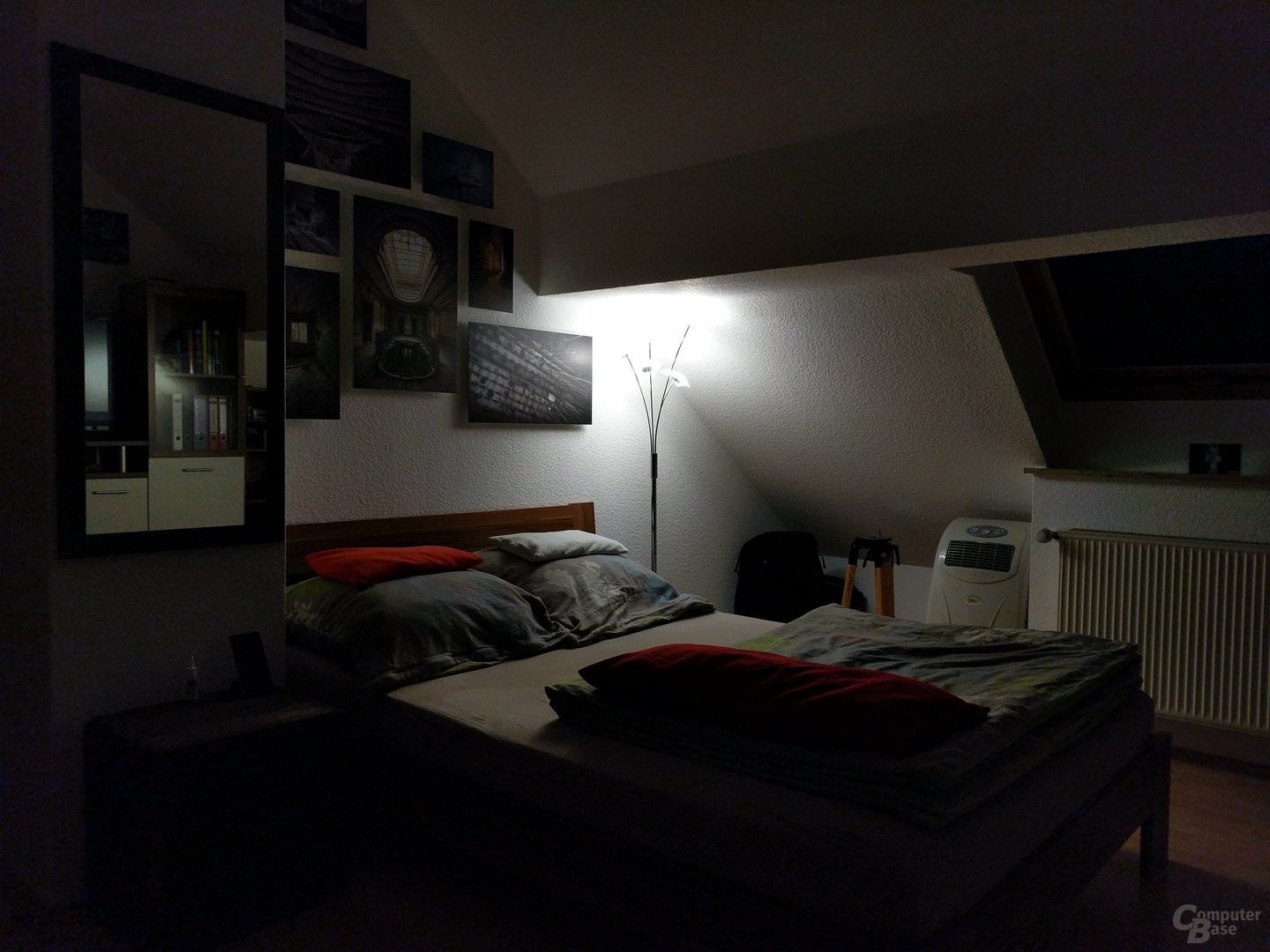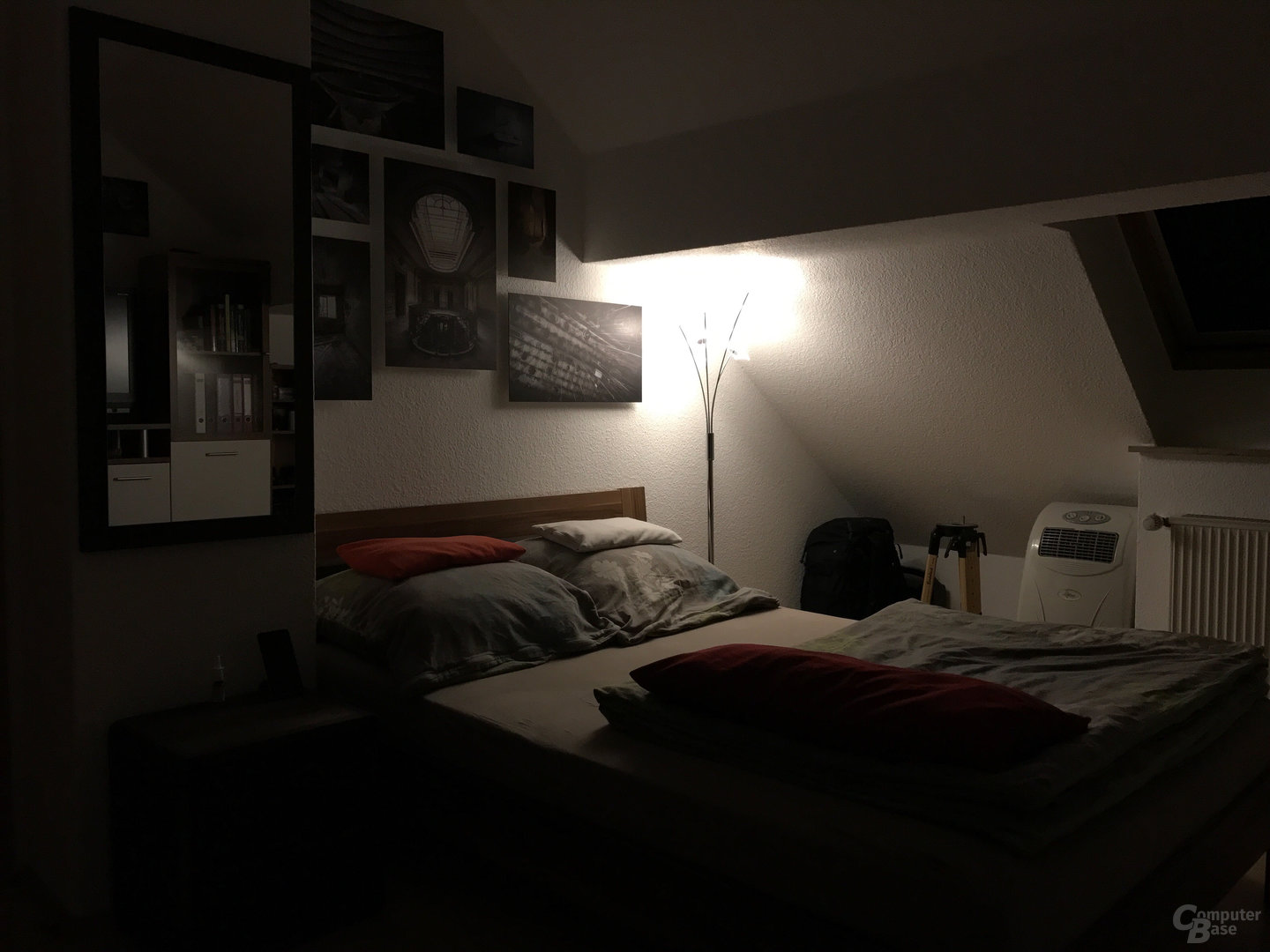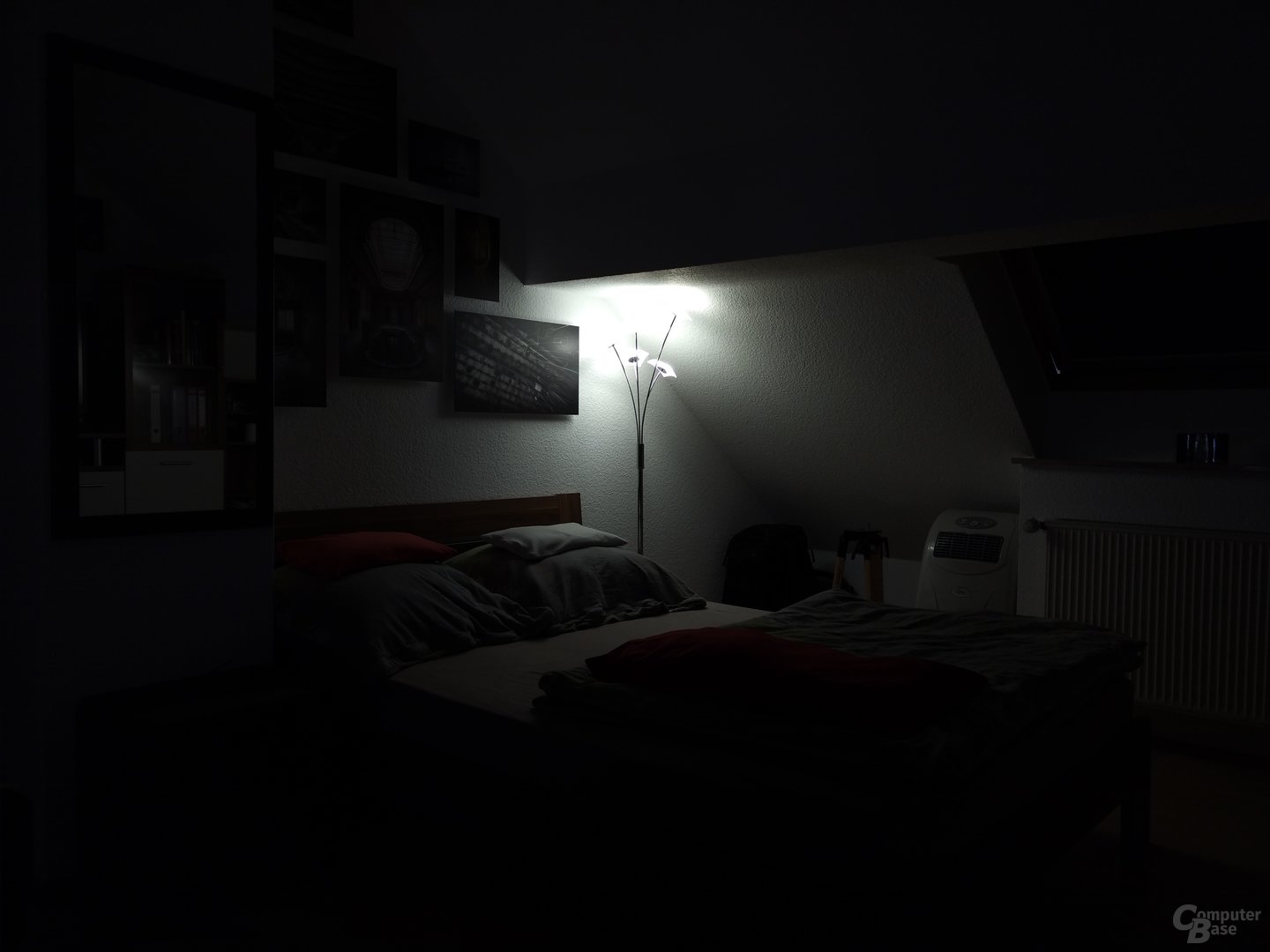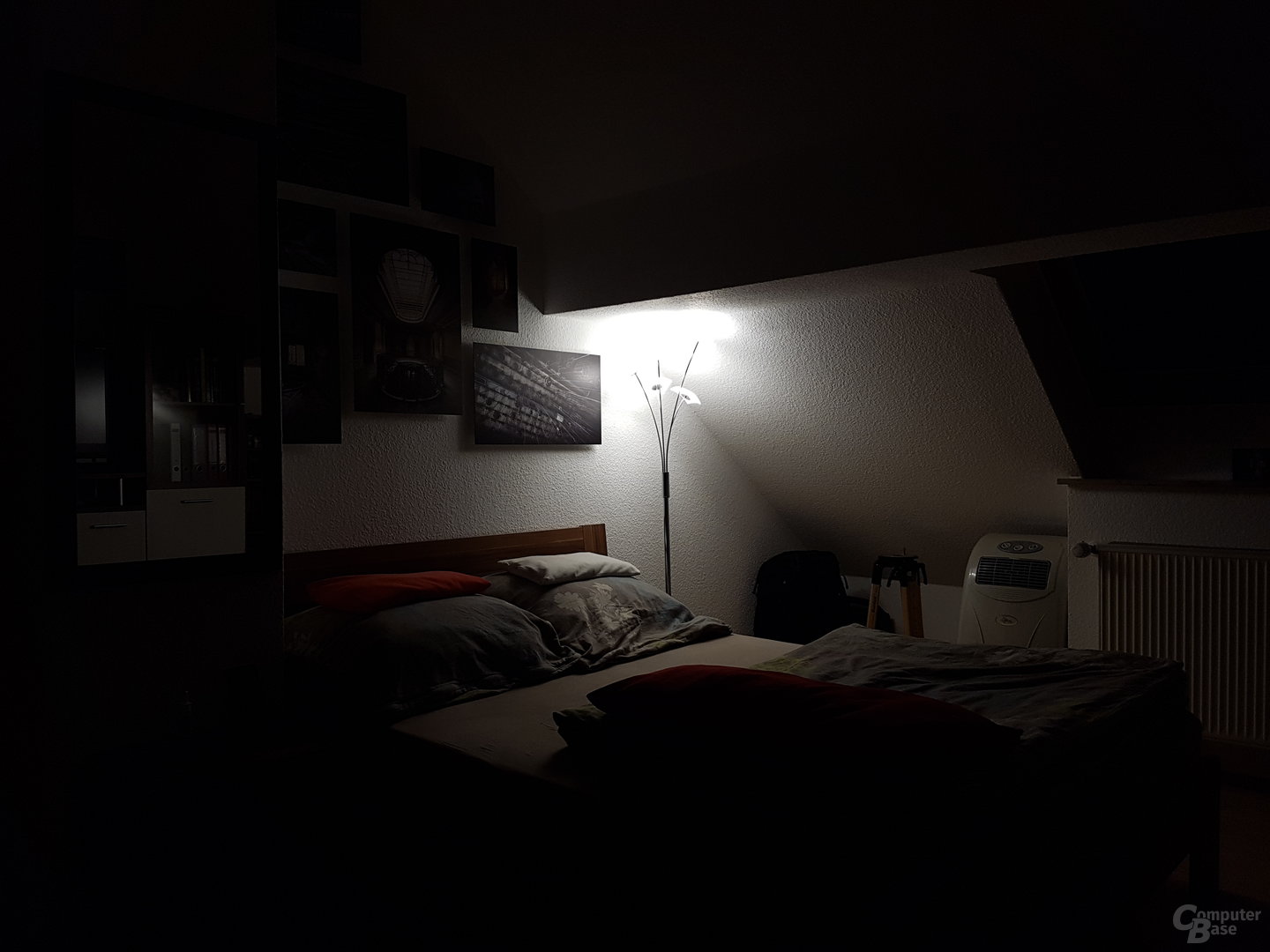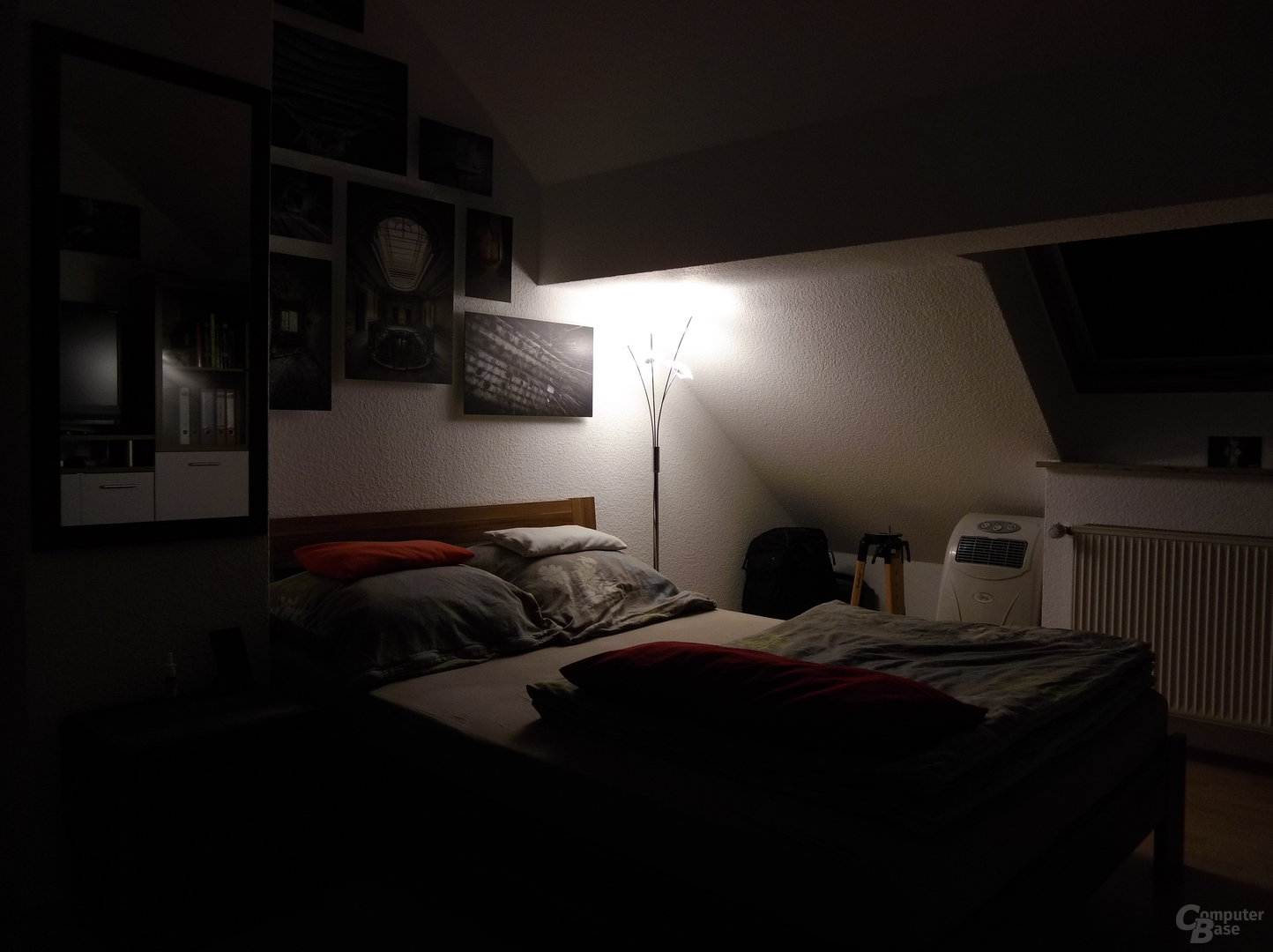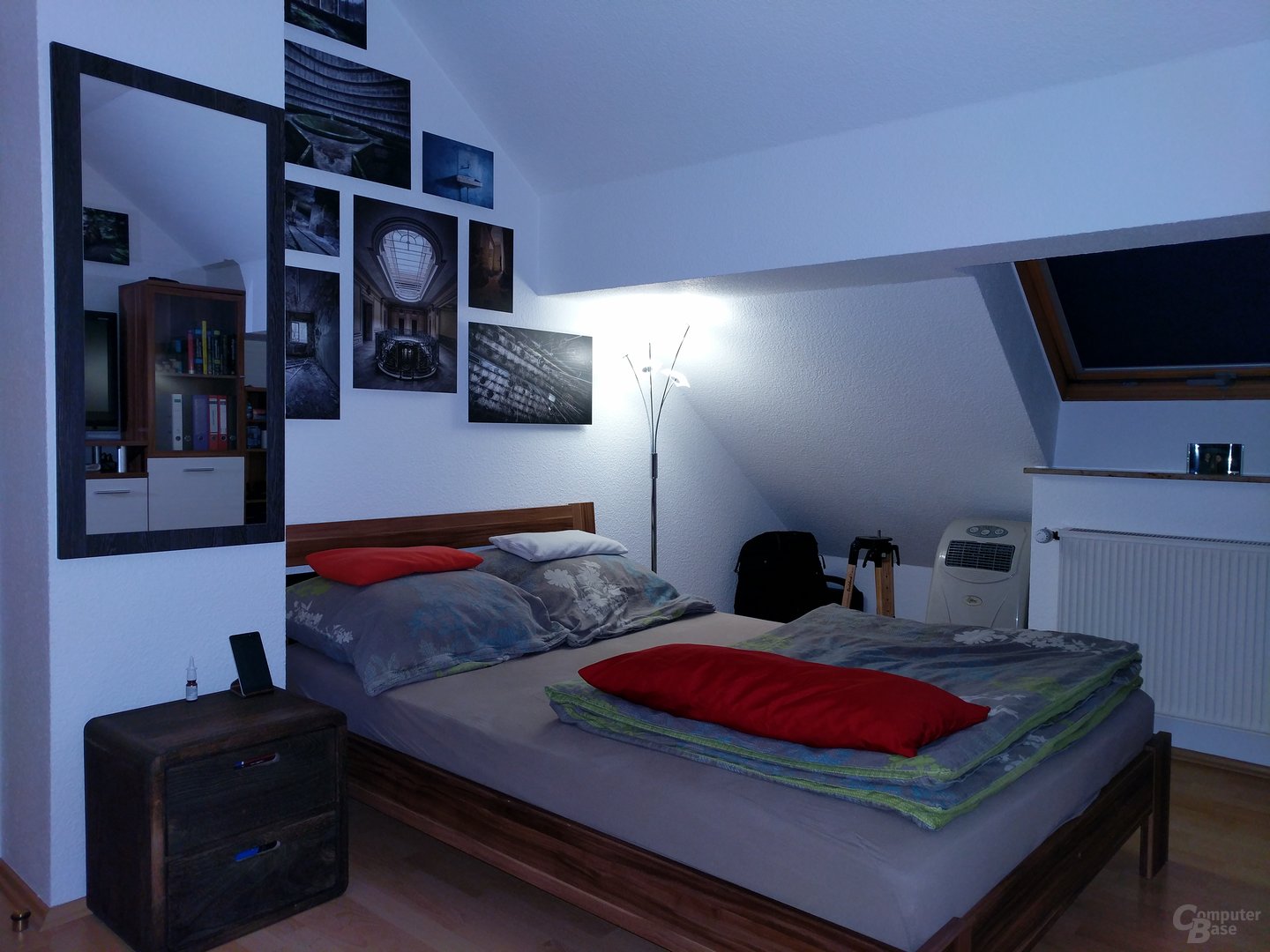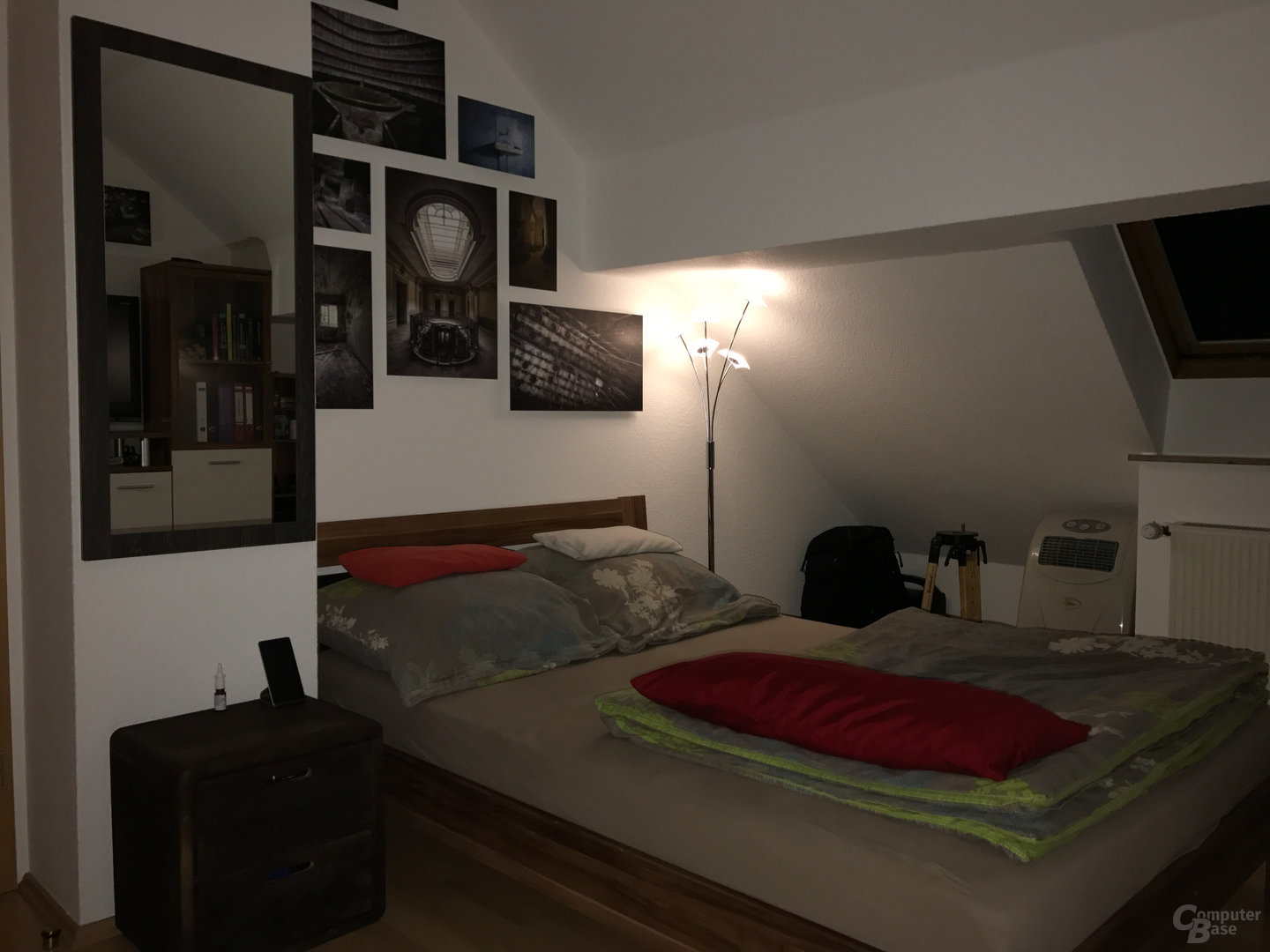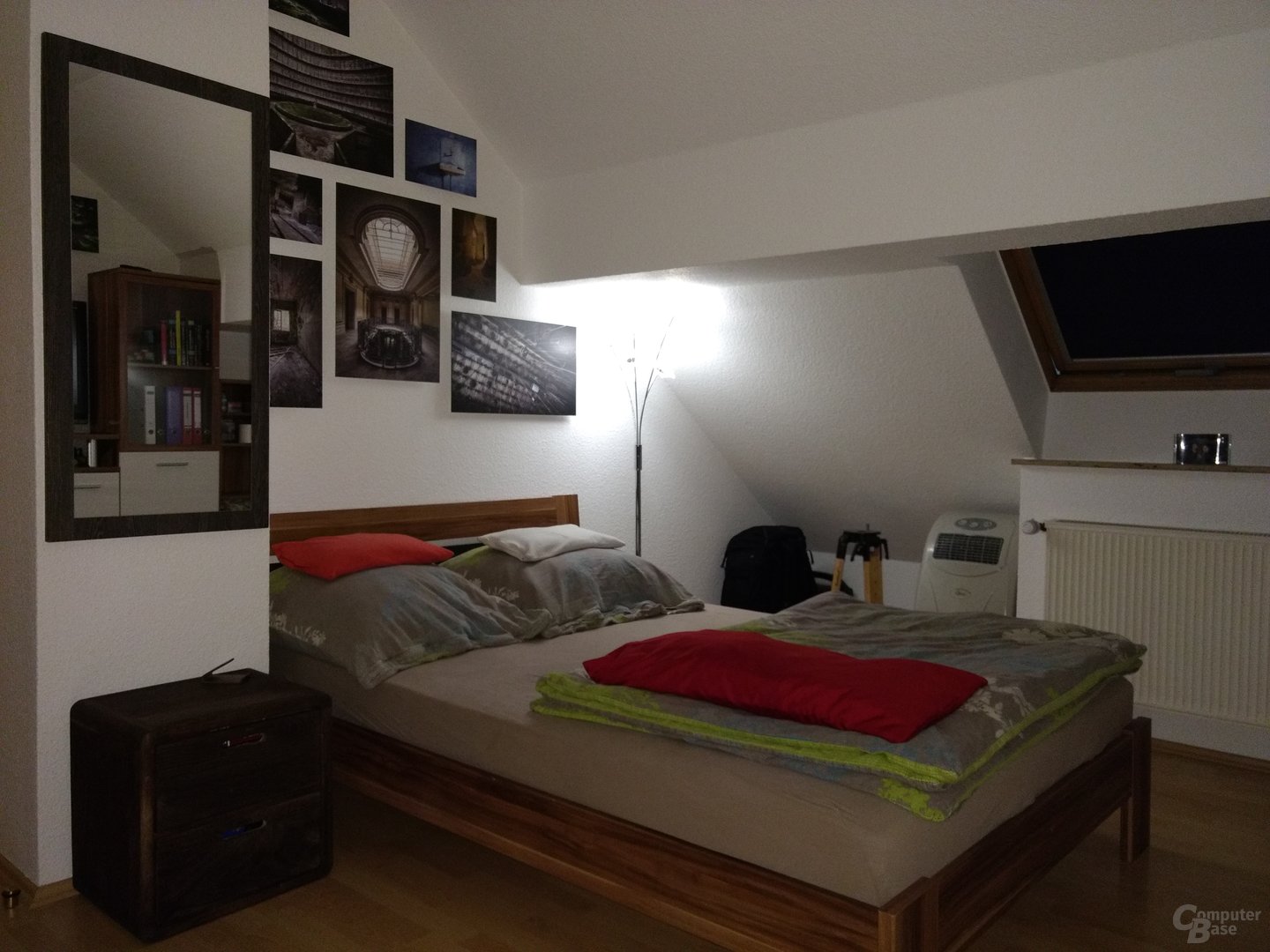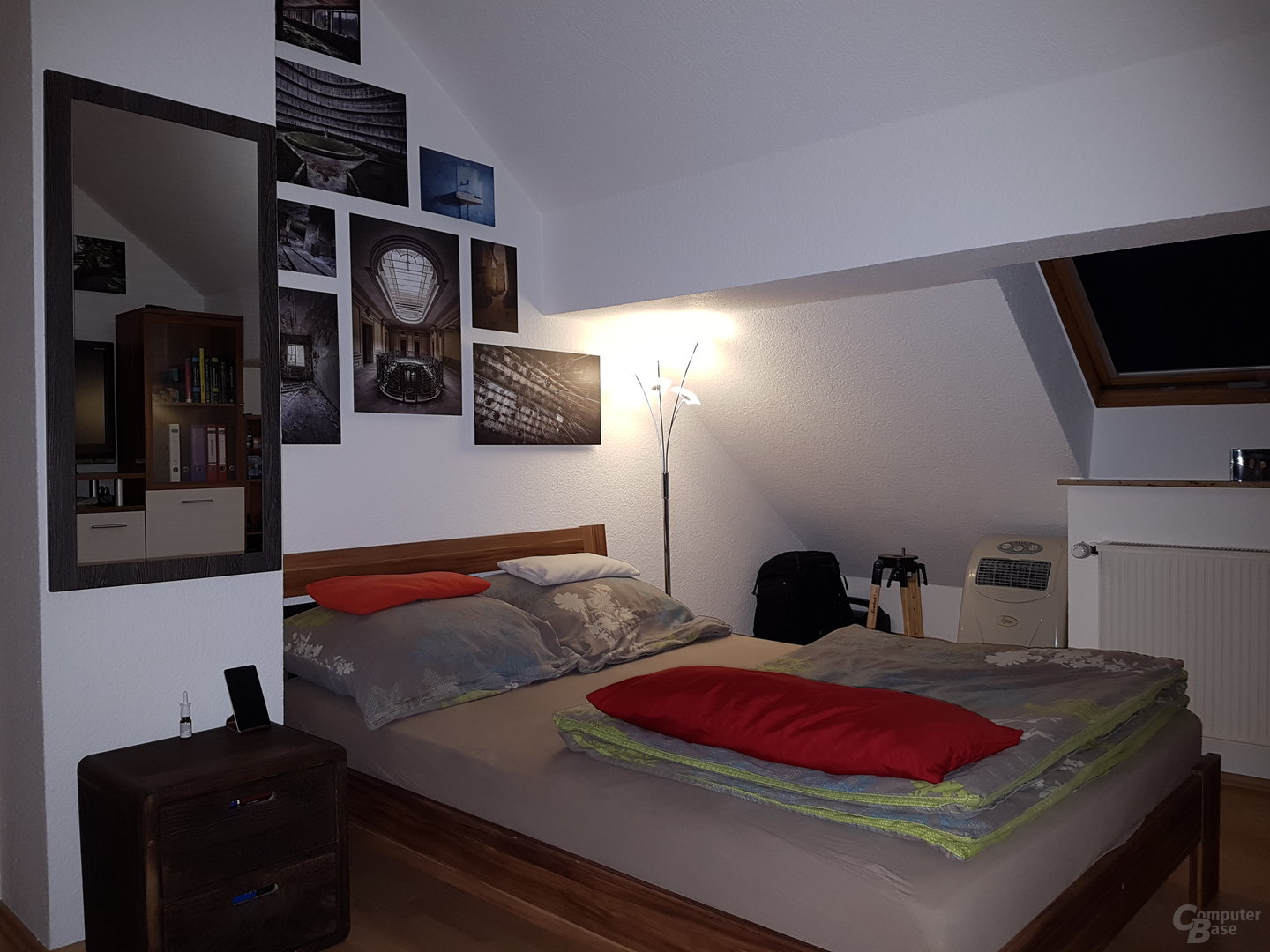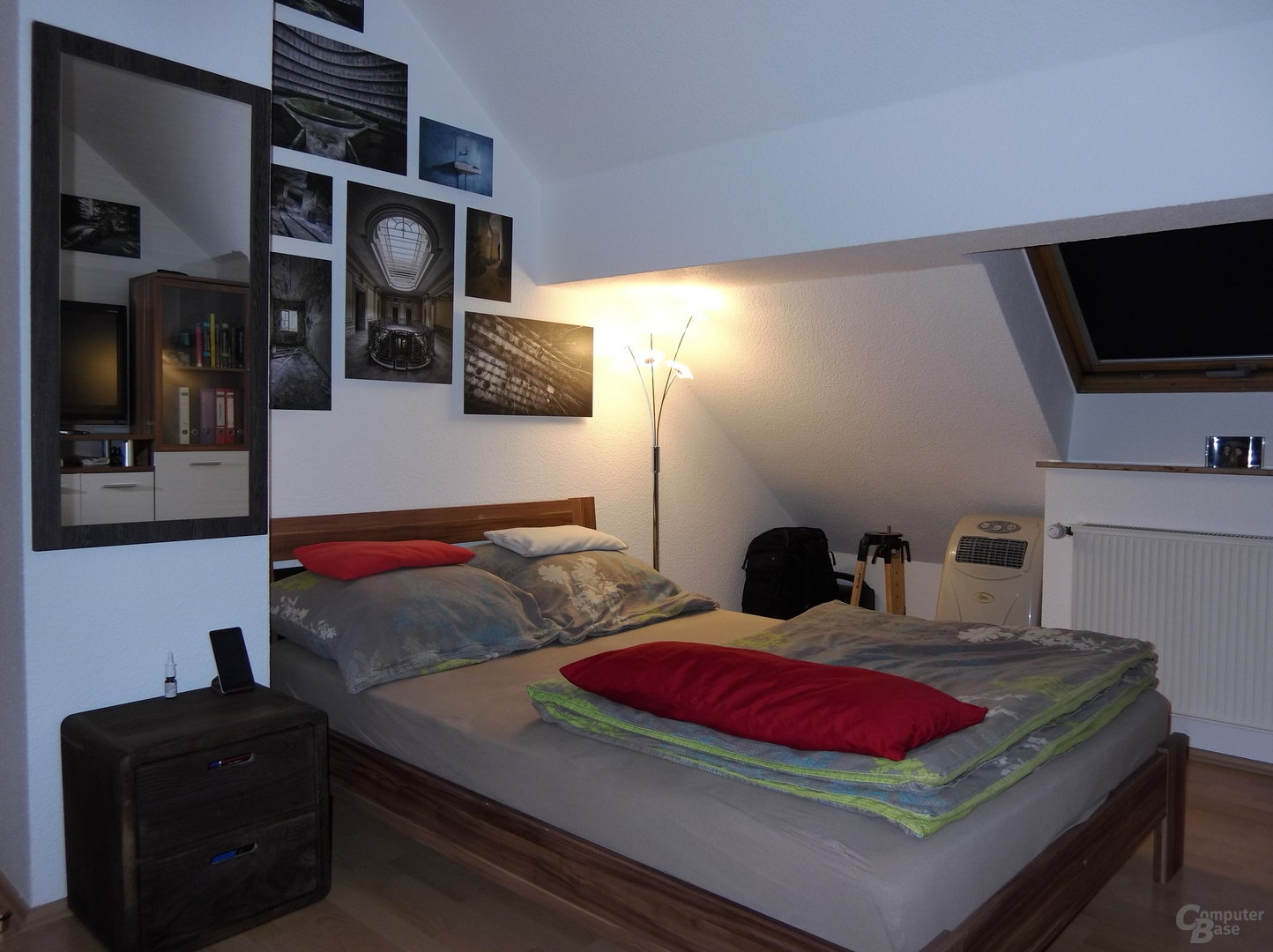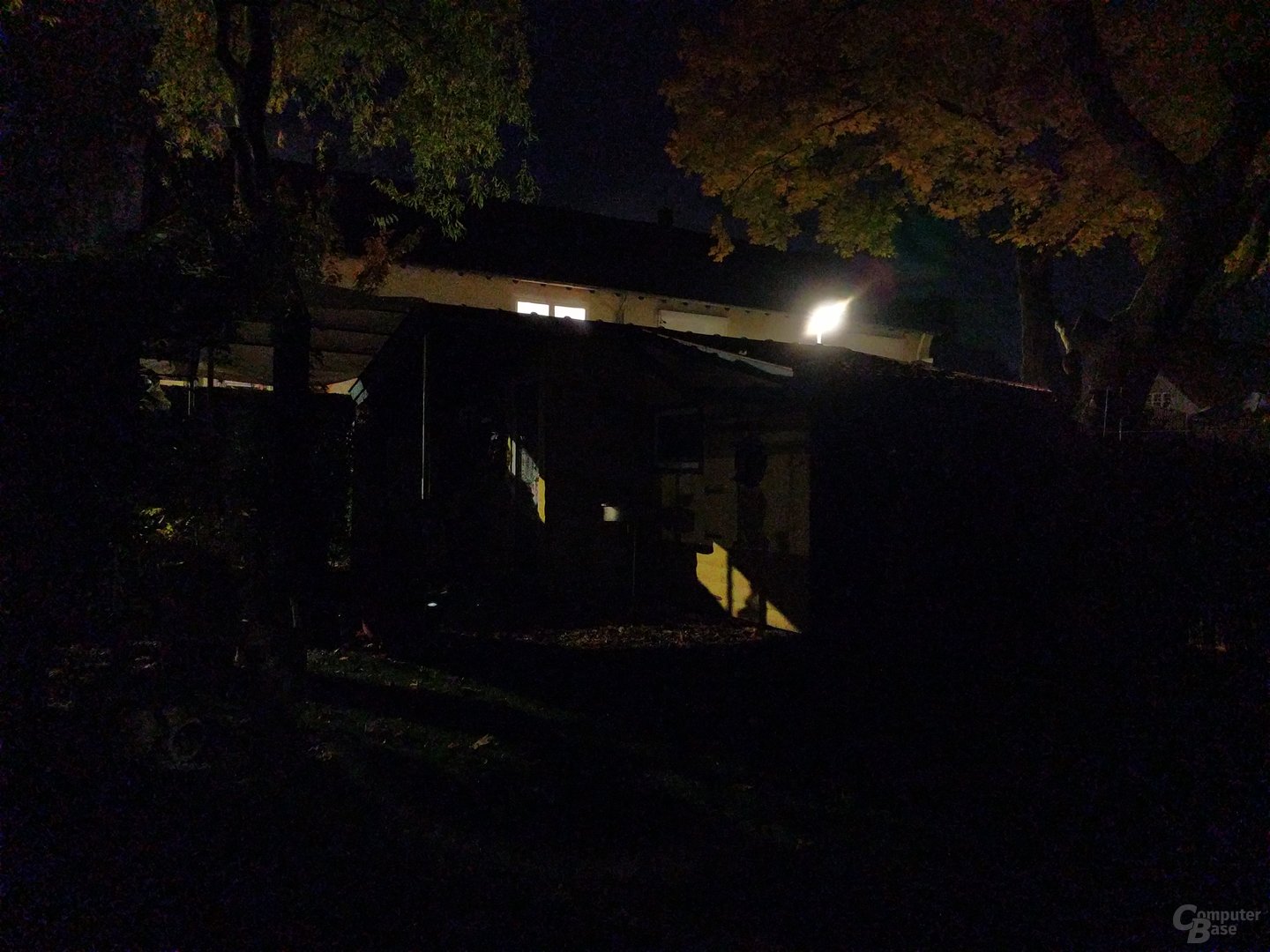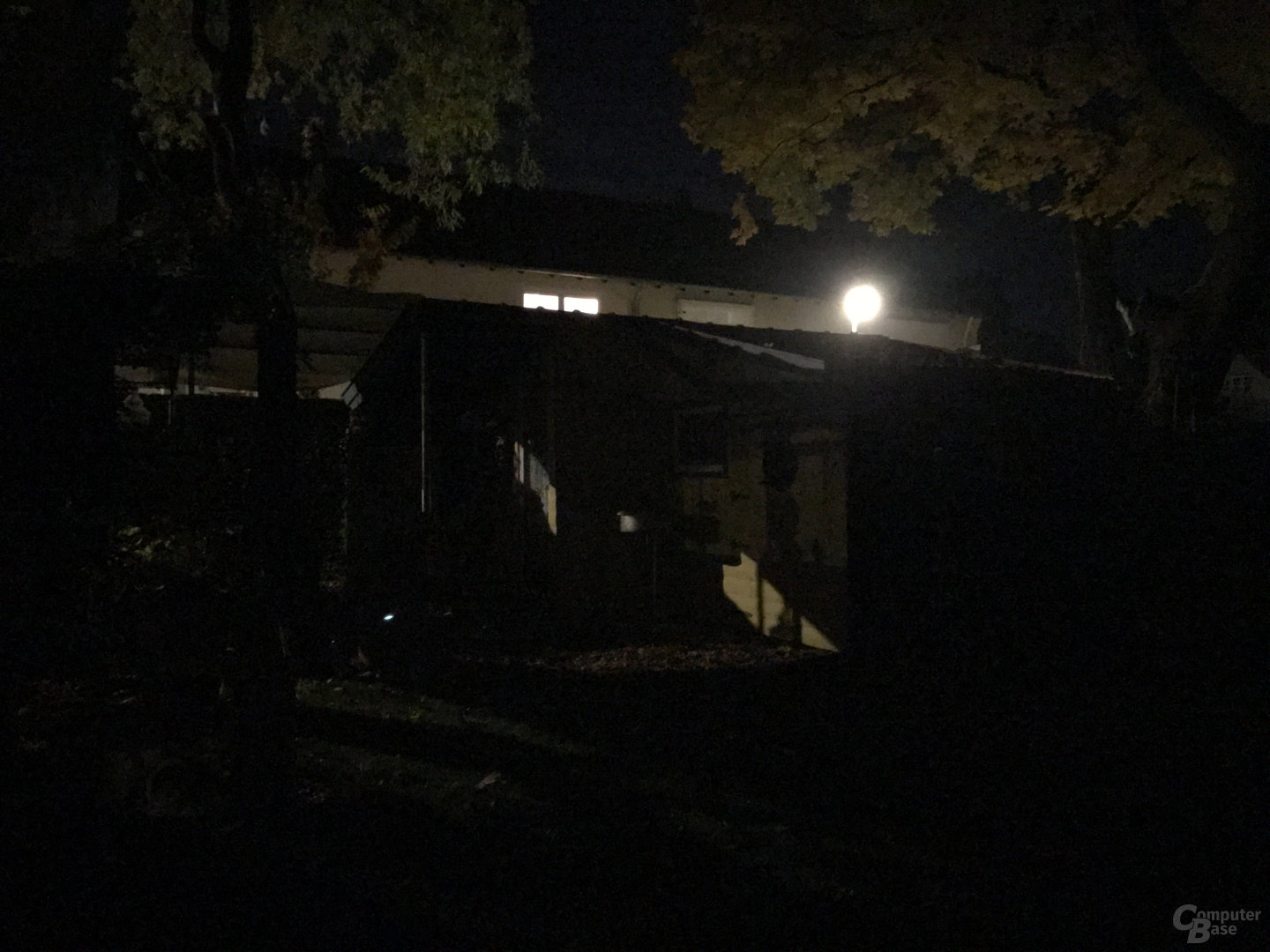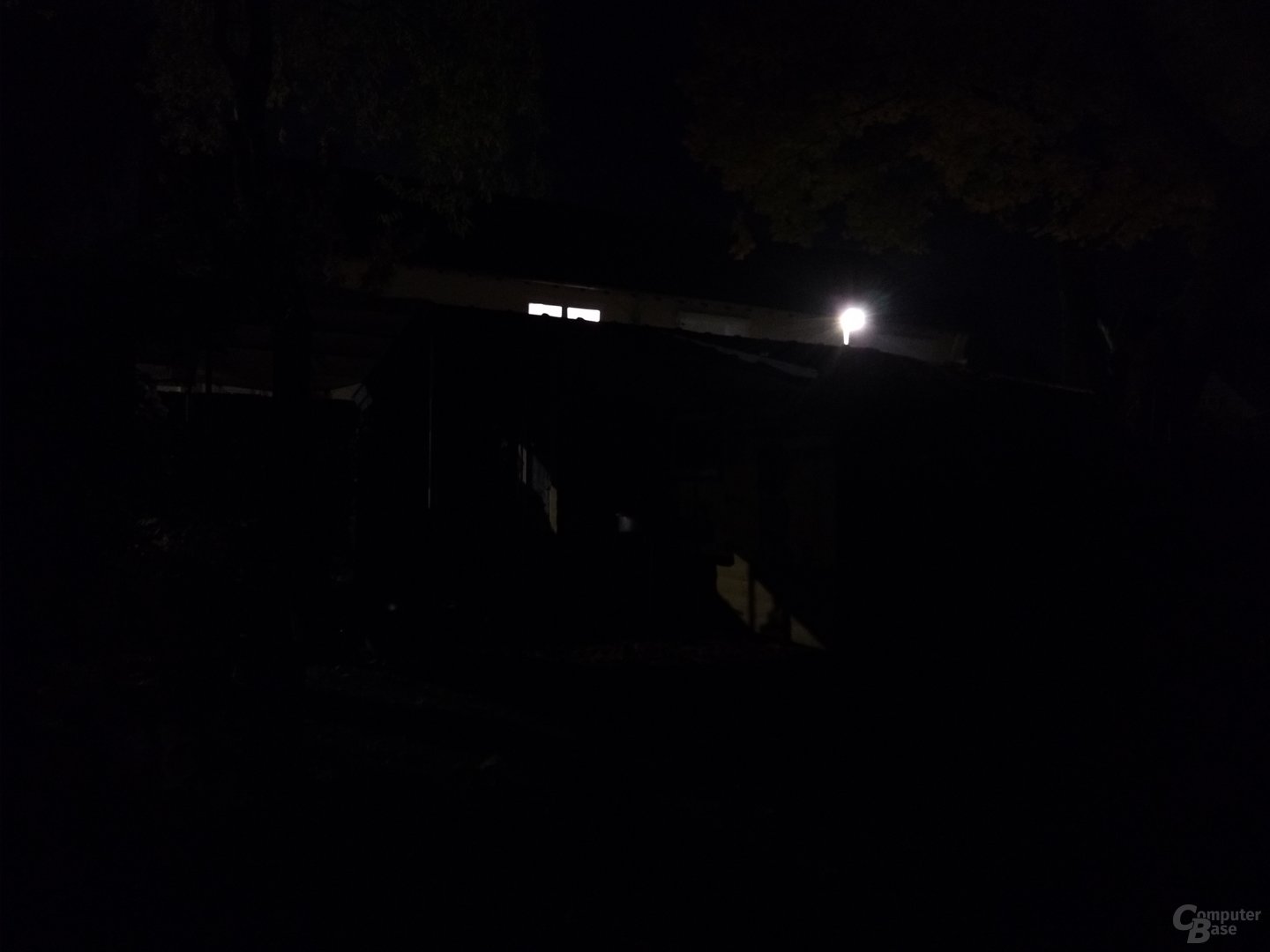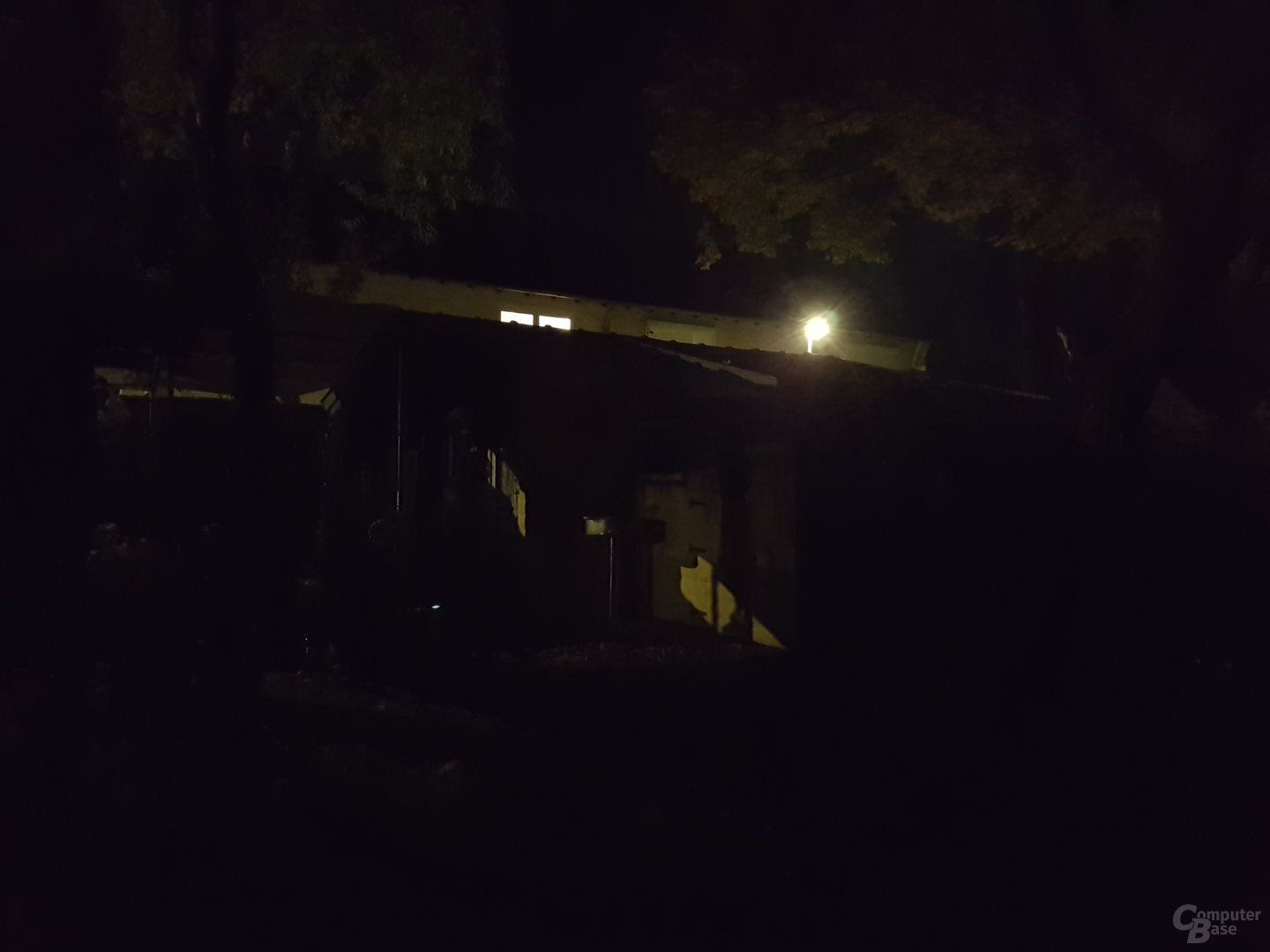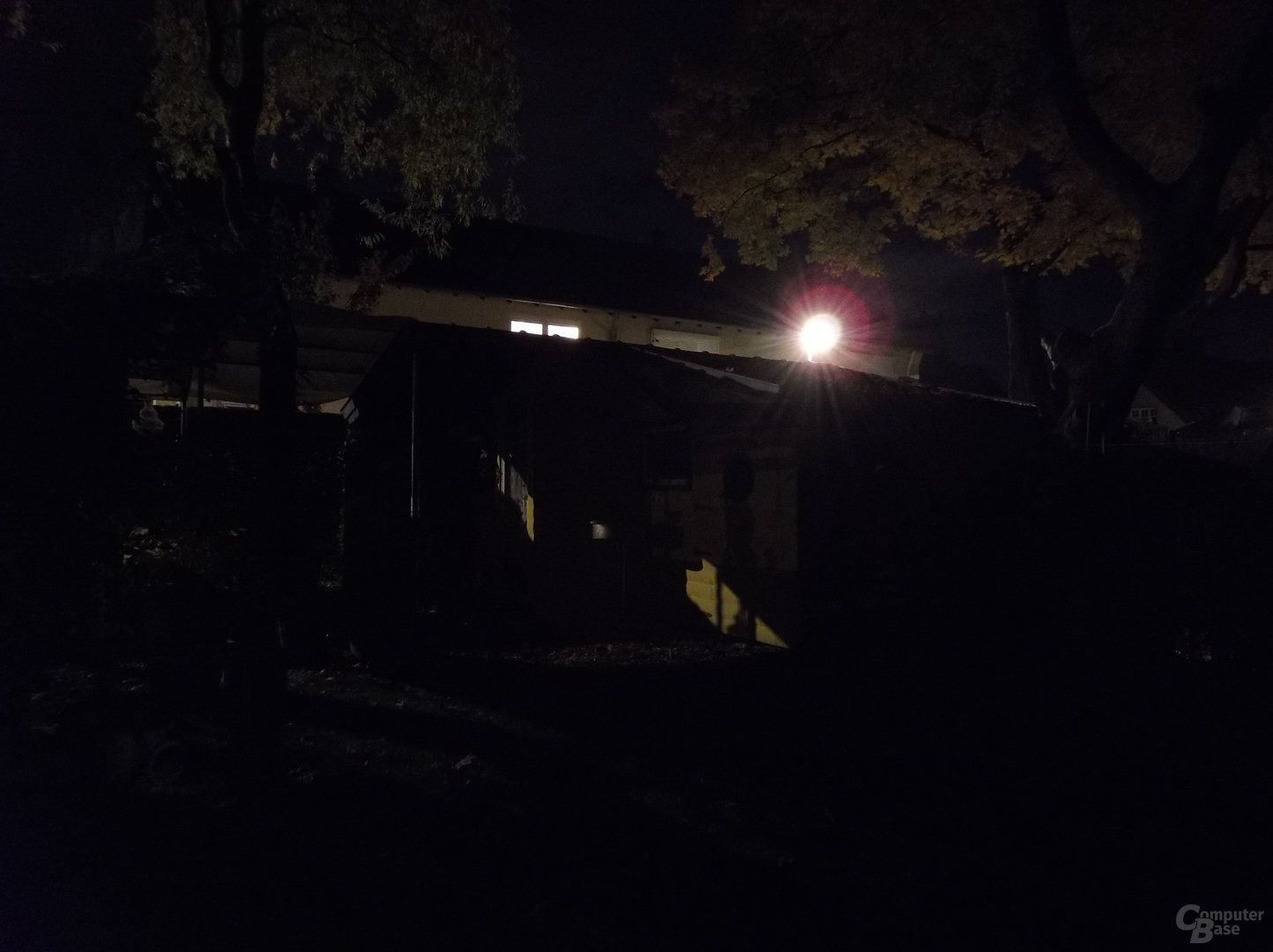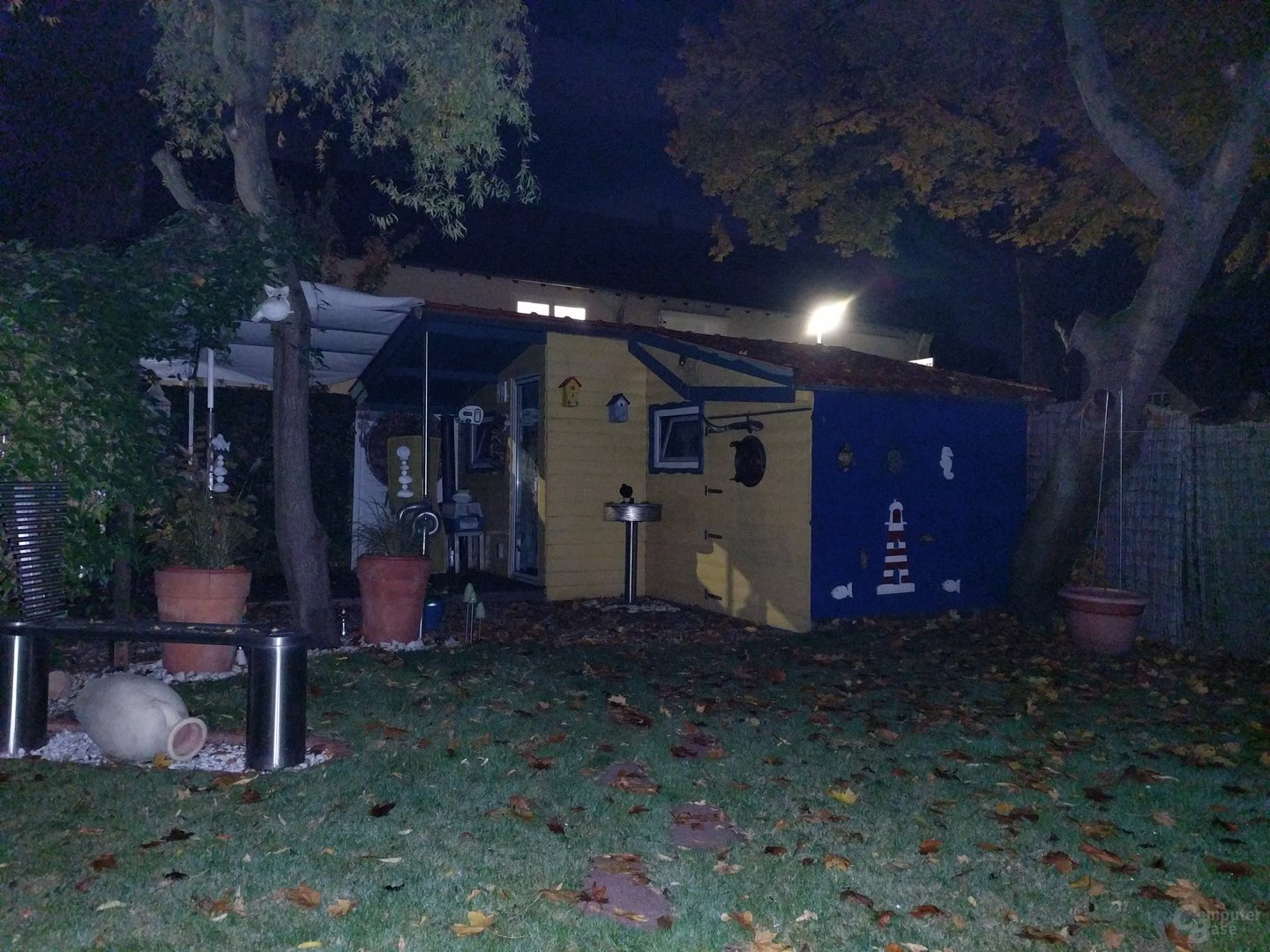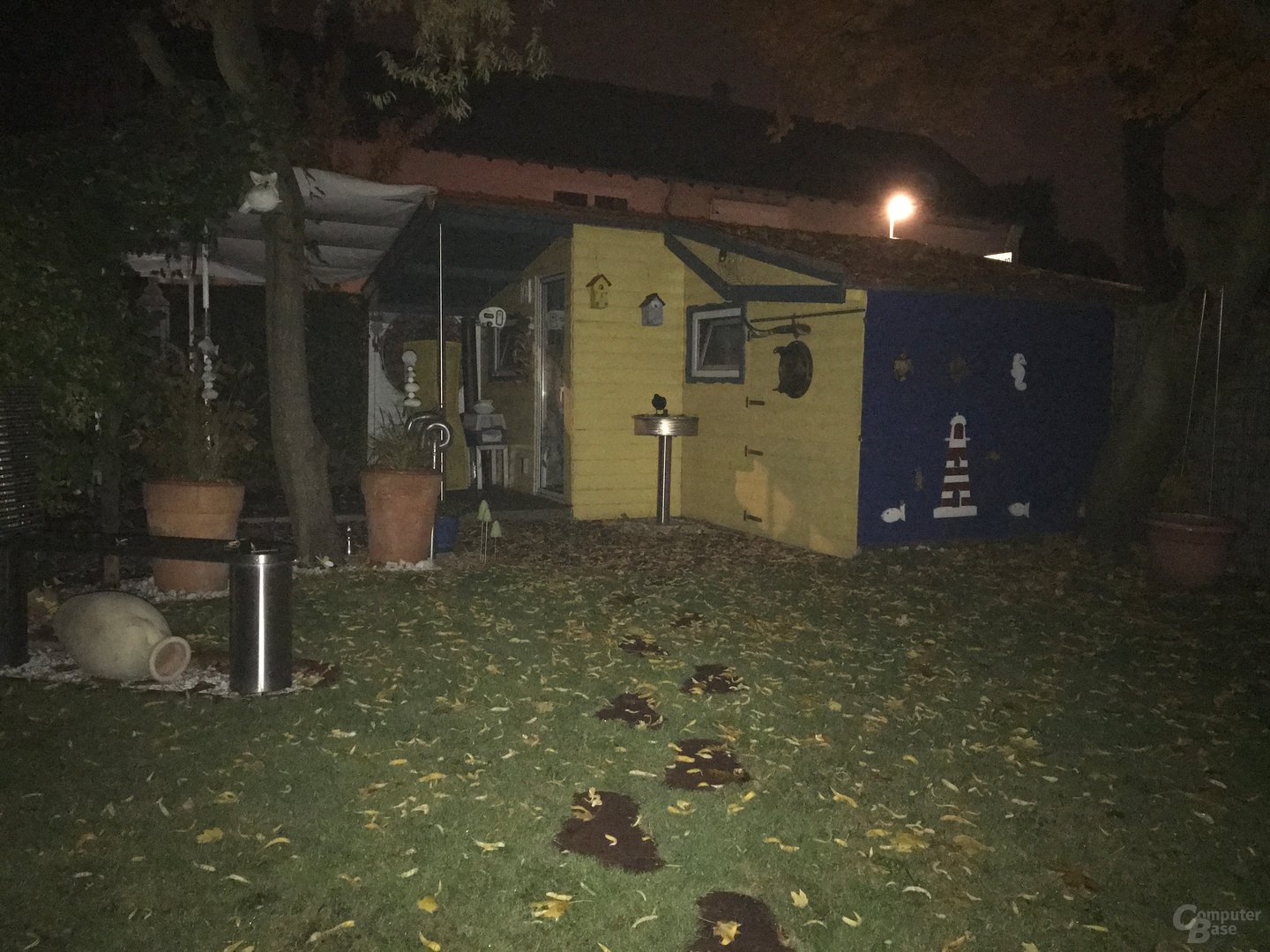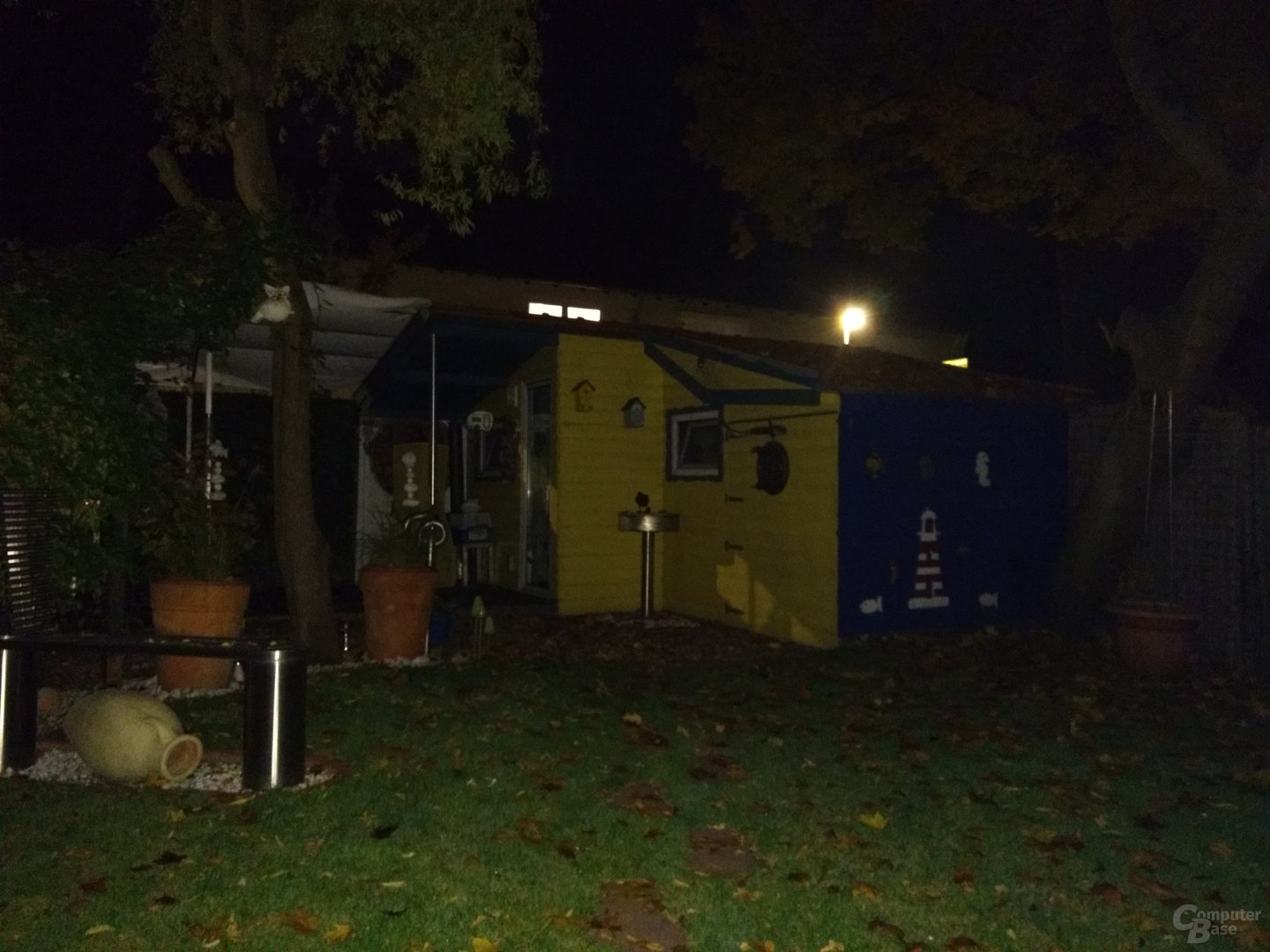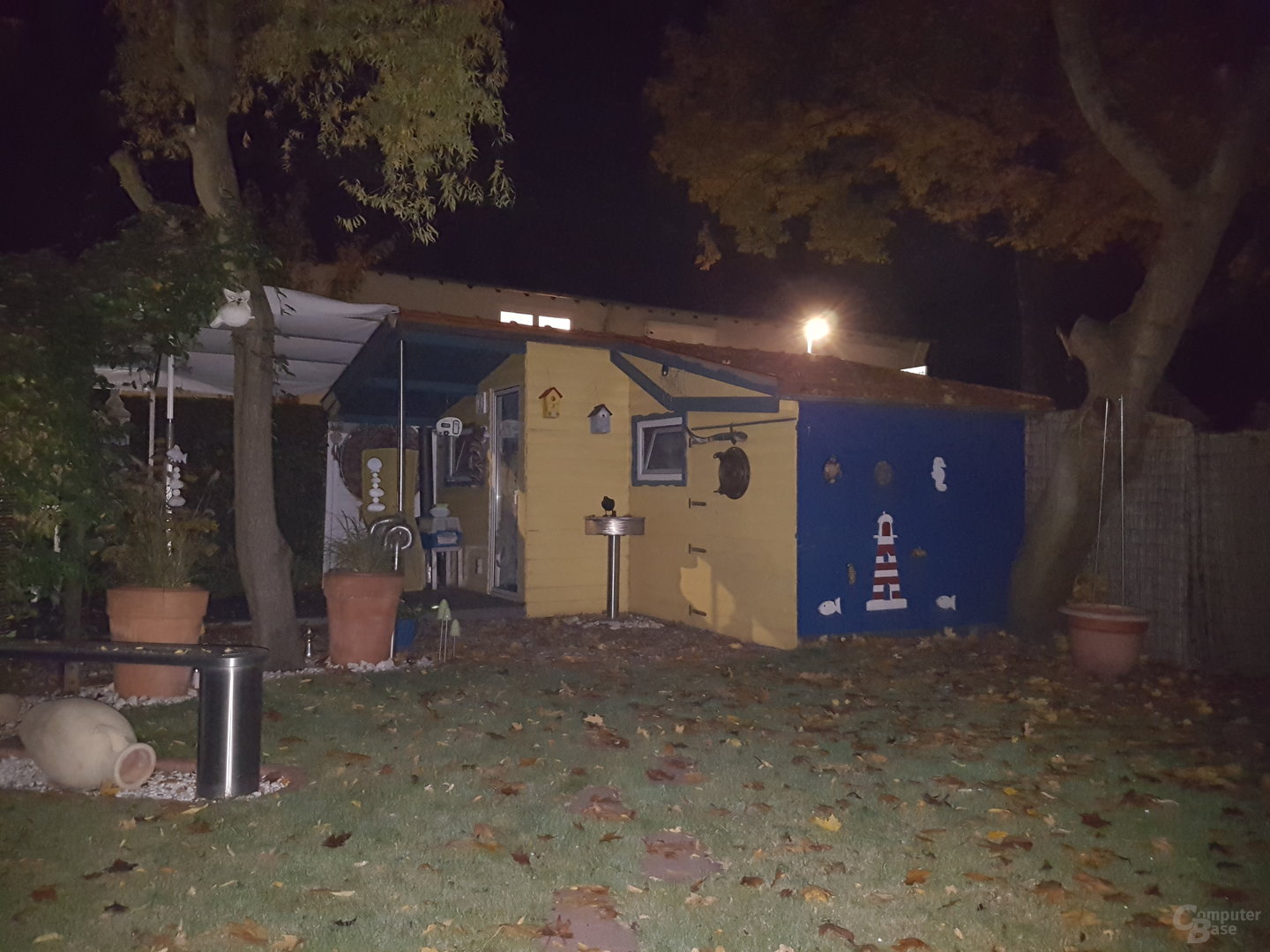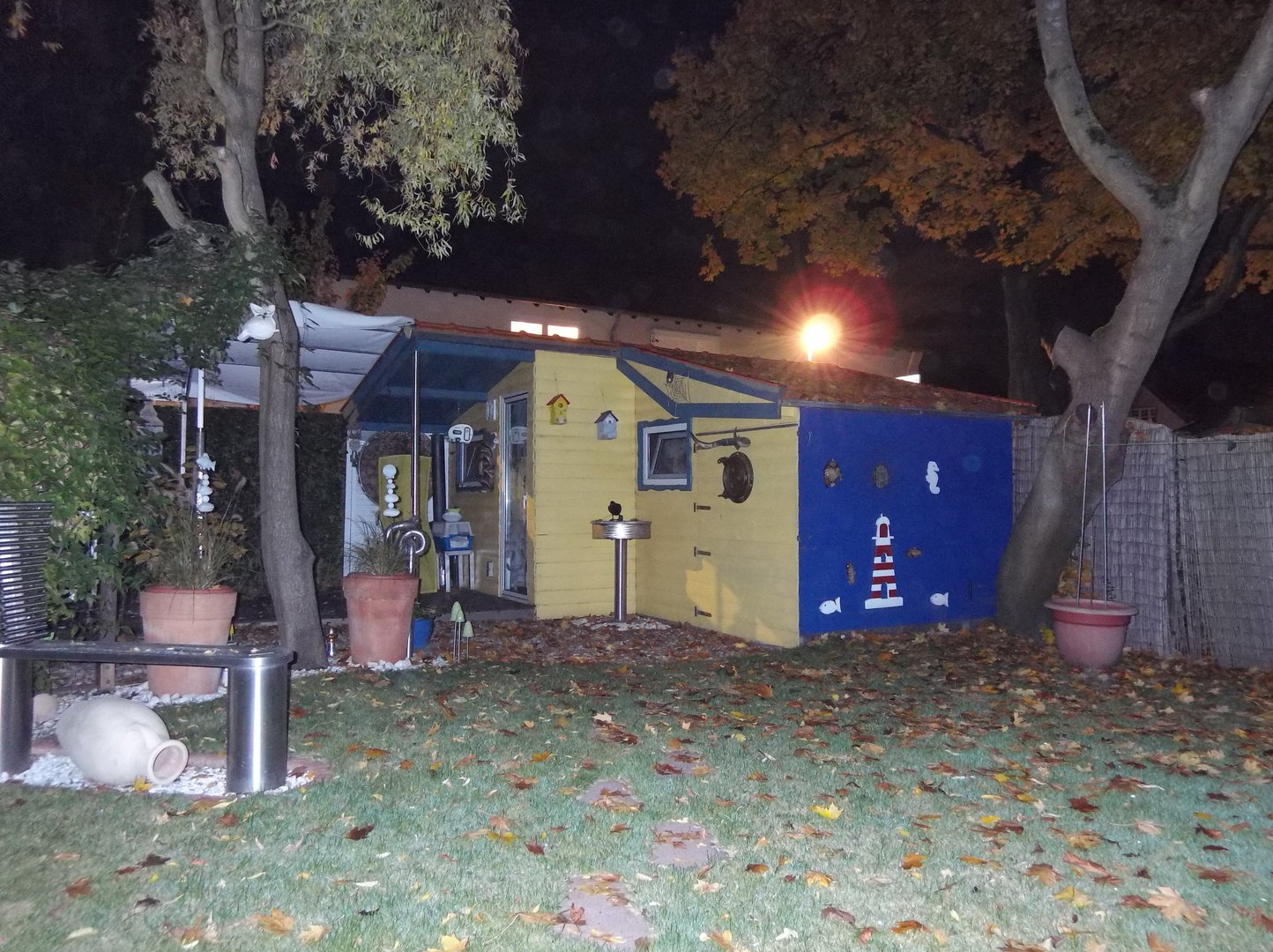Smartphone-Kameras im Test: Galaxy S7, iPhone 7, Pixel XL und Hasselblad im Vergleich
8/9Verhalten im Gegenlicht
Bereits bei den Alltagsfotos ist aufgefallen, dass mache Smartphones, insbesondere das Google Pixel XL, Probleme im Gegenlicht haben, die sich durch Linsenflecken und einen verringerten Kontrast im Bild bemerkbar machen. Um die Anfälligkeit für Gegenlicht zu überprüfen, wurden alle Testkandidaten parallel zu einer Taschenlampe ausgerichtet und dann Stück für Stück diagonal von der Lichtquelle wegbewegt. So lässt sich gut erkennen bis zu welchem Winkel Gegenlicht ein Problem darstellt und wie stark die Linsenreflexionen ausfallen.
Den Anfang macht das Google Pixel XL, welches zu gleich am schlechtesten im Gegenlichttest abschneidet. Auf den Bildern treten starke Linsenreflexionen in Form von Halos rund um die Lichtquelle auf, die auch noch dann erkennbar sind, wenn die Lichtquelle selbst schon gar nicht mehr auf dem Foto zu sehen ist.
Das Apple iPhone 7 Plus leidet unter ähnlichen Effekten, die allerdings längst nicht so stark wie beim Pixel XL ausgeprägt sind. Alle anderen drei Textkandidaten haben zwar auch mit Linsenflecken zu kämpfen, doch fallen diese deutlich moderater als bei den beiden zuvor genannten Kameras aus. Das Lenovo Moto Z Play, das Samsung Galaxy S7 edge und die Hasselblad True Zoom liegen beim Gegenlichttest in etwa gleich auf.
| Bild 1 | Bild 2 | Bild 3 | Bild 4 | Bild 5 | Bild 6 | Bild 7 | Bild 8 | Bild 9 | Bild 10 | Bild 11 | Bild 12 | |
|---|---|---|---|---|---|---|---|---|---|---|---|---|
| Google Pixel XL | ||||||||||||
| Apple iPhone 7 Plus | ||||||||||||
| Lenovo Moto Z Play | ||||||||||||
| Samsung Galaxy S7 edge | ||||||||||||
| Hasselblad True Zoom |
Blitzen
Der Blitz eines Smartphones kann den Unterschied zwischen stimmiger Aufnahme und verwackeltem Rauschen aus machen. Mit ihren geringen Abmessungen sind sie in ihrer Leistung aber sehr eingeschränkt.
In Innenräumen
Beim Blitztest in Innenräumen zeigen alle Testgeräte bis auf das Google Pixel XL eine ähnliche Farbtemperatur, wobei das Smartphone von Google wegen der Drittanbieter-Foto-App, die des öfteren Probleme beim Finden des korrekten Weißabgleichs hat, nicht im Vergleich gewertet werden kann. Die Ausleuchtung des Innenraums gelingt mit allen Kandidaten gut bis sehr gut.
Auffällig sind die Doppelkonturen beim Apple iPhone 7 Plus und beim Samsung Galaxy S7 edge, die nicht auf Verwackler zurückzuführen sind. Es ist gut möglich, dass der optische Bildstabilisator für diesen Bildfehler verantwortlich ist, weil er nicht für Aufnahmen von einem Stativ aus ausgelegt ist.
| Google Pixel XL | Apple iPhone 7 Plus | Lenovo Moto Z Play | Samsung Galaxy S7 edge | Hasselblad True Zoom | |
|---|---|---|---|---|---|
| Ohne Blitz | |||||
| Mit Blitz |
Unter freiem Himmel
Im Freien kann die Addon-Kamera Hasselblad True Zoom ihre Stärken dank des Xeon-Blitzes voll ausspielen und zeigt eine starke und weitläufige Ausleuchtung, mit der die anderen Smartphones nicht mithalten können.
Unter den Smartphones gelingt es dem Samsung Galaxy S7 edge am besten das Gesamtmotiv auszuleuchten. Enttäuschend ist die Reichweite des Lenovo Moto Z Play. Dem Smartphone gelingt im Vergleich zu den anderen Kandidaten keine akzeptable Ausleuchtung des Motivs.
| Google Pixel XL | Apple iPhone 7 Plus | Lenovo Moto Z Play | Samsung Galaxy S7 edge | Hasselblad True Zoom | |
|---|---|---|---|---|---|
| Ohne Blitz | |||||
| Mit Blitz |

